BEAUTY is a BLAST
: for Jeremy Gilbert-Rolfe
Beauty is a Blast at Art Cake gallery in Brooklyn celebrates the influence and artistic legacy of Jeremy Gilbert-Rolfe through a vibrant collection of works by his friends and students.The exhibition brings together over 200 pieces that reflect the ripple effect of Gilbert-Rolfe's career as both an artist and mentor.Join us in Brooklyn as we consider Jeremy's contributions to the art world through a constellation of voices and visions.Curator and Organiser Christian Haub.Our heartfelt gratitude goes to Frank and Berta Gehry for their generous support of Beauty is a Blast.Func Art Design have been amazing.Opening 4-7pm, April 6, 2025
through April 27, 2025
Art Cake, 214 40th Street, Brooklyn, NY 11232
Jeremy Gilbert-Rolfe
August 4, 1945 - August 14, 2024
eulogyDad, Grandad, Great-Grandad, husband, teacher, writer, mentor, friend, artist. What a lot of jobs. Dad lived his life in pursuit of beauty and truth through his art. Today, as we lay him to rest among these trees, it feels right that his final home should be such a place of natural beauty.Our relationship wasn't always simple - an ocean between us meant our time together was limited, but the moments we did share helped shape my life. He gave me my first glimpses into how to see the world through an artist's eyes, teaching me that beauty can be found in unexpected places. He taught me that nobody was ever going to give you anything, so if you wanted it, you better go and get it. He taught me that with enough belief, not even an army can stop you, and he taught me that it was just fine for other people to think you were wrong, because they probably just didn't understand the topic in the first place. He taught me those things by being those things, and while I've spent my whole life wishing for more time together, I'm forever grateful for the dad I knew - unique, bold, smart, honest, true, and one of the most creative people there has ever been.I have to say it's nice to be able to talk for this long without being interrupted, but I loved all those stories too, even if I didn't realise it at the time. Dad loved laughing, and we shared a deep love of terrible jokes, that we sent to each other for 50 years, a tradition that I'm delighted to say his other grandchildren Harley and Vince have adopted. Traditions are important. I know his spirit didn't die, because I see it in the mirror every morning, and now I see it in the eyes of all of you that are here today. Dad, may you rest peacefully here in this forest, surrounded by the kind of beauty you spent your life creating and sharing with the world. I love you, we all do, and we always will.Cyrus, when we laid Dad to rest, November 2024
The Artists, Writers, and Lenders
curator and organizer
CHRISTIAN HAUB

ALICE ADAMS
CARL AFFARIAN
DONALD ALBERTI
ELENA ALEXANDER
ROBERTA ALLEN
DJORDJE ARALICA
HAMED AZIZIANGILAN
JOHN BALDESSARI
AUGUSTO BALLARDO
MATTHEW BARRY
UTA BARTH
ISABELLE BAS
PASCALE BAS
JEFF BEALL
BILL BECKLEY
CONNIE BECKLEY
TIFFANY BELL
TOM BILLS
RONALD BLADEN
NORMAN BLUHM
MARY BOOCHEVER
OLIVIA BOOTH
CAROL ANN BRAUN
MICHAEL BRENNAN
CALVIN BROWN
HOWARD BUCHWALD
CARMEL BUCKLEY
PHONG BUI
LUIS BUSTAMANTE
LUCA BUVOLI
TOM BUTTER
SUE CARLSON
FANDRA CHANG
DON MEE CHOI
REBECCA CHOU
JAMES CLARK
FREDDIE JEN COHEN
JIM CONDRON
MAUREEN CONNOR
CHRIS COOK
HUGH CRAWFORD
TODD CRONAN
PEGGY CYPHERS
LISA CORINNE DAVIS
STEPHEN DEAN
DAVID DIAO
GEARÓID DOLAN
YUKARI EDAMITSU
BONNIE EGAN
LEIAH FAYE
LAUREN FEJARANG
MARC FIELDS
COLUMBIA FIERO
THOMAS FINK
TOM FINKELPEARL
KENT FLOETER
PENNY FLORENCE
CAROLYN FORRESTER
ROY FOWLER
LINDA FRANCIS
JOHN FRANKLIN
RUTH ANN FREDENTHAL
ALLEN FURBECK
SHARON GARBE
STEVE GAVENAS
STAN GAZ
FRANK GEHRY
ROLAND GEBHARDT
CRIS GIANAKOS
JEREMY GILBERT-ROLFE
RICHARD GLUCKMAN
MICHAEL GOLDBERG
RON GORCHOV
LUKE GRAY
TIMOTHY GREENFIELD-SANDERS
STEPHEN GUILD
PETER HALLEY
MARK HARRIS
CHRISTIAN HAUB
NANCY HAYNES
JAMES HAYWARD
RENATA HEGYI
HANNA HELLSTEN
DANIEL G HILL
HANS HOFMANN
ROBERT HOOPER
TISHAN HSU
JAMES HYDE
RAYMIE IADEVAIA
LUKE JACKSON
SAM JACKSON
DIANE JACOBS
RON JANOWICH
GABRIELLE JENNINGS
ED JOHNSON
JASPER JOHNS
JOHN JOHNSTON
JOAN JONAS
WENDY EVANS JOSEPH
RICHARD KALINA
EVERETT KANE
SHIRLEY KANEDA
STAN KAPLAN
MARTHE KELLER
MIKE KELLEY
GWENAEL KERLIDOU
MARJORIE KERNAN
RACHEL KESSLER
JULIA KIDD
RICK KLAUBER
HILARY KLIROS
BARBARA KNIGHT
JULIKA LACKNER
LINDA LEVIT
CATHY LIGHTFOOT
MANEL LLEDÓS
JANE LOGEMANN
LAURA LONDON
RORY MACARTHUR
RUSSELL MALTZ
JODIE MANASEVIT
BRICE MARDEN
KNOX MARTIN
MARILYN MARTIN
ALFRED MARTINEZ
TOM MARTINELLI
G A MCALMON III
MIKE METZ
CHRISTOPHER MICHLIG
RIFKA MILDER
VERA MILJKOVIĆ
ROBERT C MORGAN
HOLLY MORSE
ELIZABETH MURRAY
JUDITH MURRAY
MARIA NAZOR
REBECCA NORTON
THOMAS NOZKOWSKI
CANDACE NYCZ
DOUG OHLSON
JEFF OSTERGREN
SAUL OSTROW
LAURA PADDOCK
FABIA PANJARIAN
SOOJUNG PARK
CAROLANNA PARLATO
JEFFREY PEARSON
PAULA PEATROSS
GILBERTO PEREZ
GEORGE PORCARI
LUCIO POZZI
BEN PRITCHARD
STEPHEN PUSEY
PRIYANKA RAM
CIMA RAHMANKHAH
ROBERT RAUSCHENBERG
CHARLES READ
SALVATORE REDA
DAVID REED
MICHAEL REY
DAVID RHODES
JEAN-LUC RICHARD
TAKAKO RICHARD
JAMES RICHARDS
LARRY RIVERS
CLAUDIA ROBERTS
WALTER ROBINSON
DOROTHEA ROCKBURNE
JAMES ROSENQUIST
STEPHEN ROSENTHAL
MICHAEL ROUILLARD
DAVID ROW
GREGORY RUKAVINA
MALCOLM RYDER
CORDY RYMAN
ETHAN RYMAN
ROBERT RYMAN
JOOP SANDERS
BARBARA SAVEDOFF
RUDOLPH SERRA
DAVID SHAPIRO
KATE SHEPHERD
RICHARD SHIFF
MARY SCHILIRO
RENA SMALL
DAVID SMITH
REBECCA SMITH
SPENCER SMITH
SUSAN SMITH
EVE SONNEMAN
KELLY SPALDING
NICOLA STAEGLICH
TED STAMM
CHIP SULLIVAN
DAVID SULLIVAN
CHRISTIAN DE SUREMAIN
SUSANNA TANGER
KEVIN TEARE
ALEXIS TEPLIN
GWENN THOMAS
JULIUS TOBIAS
RICHARD TOBIAS
RYAN TOMCHO
SHIRLEY TSE
KIM UCHIYAMA
ALAN UGLOW
LYNN UMLAUF
ALEXANDER VISCIO
SUSAN KAISER VOGEL
JEAN VONG
MERRILL WAGNER
JOAN WALTEMATH
TOM WEAVER
DAWSON WEBER
LILLY WEI
JERRY WELLMAN
THOMAS WEST
MIA WESTERLUND
STEPHEN WESTFALL
HANNAH WILKE
MARK WILLIAMS
ROBERT YASUDA
Art Cake

We are forever grateful to the team at Art Cake for generously providing their beautiful Brooklyn space for this exhibition. Their support has made it possible to bring together this remarkable collection of works and celebrate in such a magnificent setting.Getting Here
214 40th Street Brooklyn, New York 11232
Located on the Brooklyn waterfront 20 min from ManhattanSubway
3 stops from Manhattan, 1 stop from Barclays
DNR train @ 36th StreetNYC Ferry
10 min from Wall Street, 15 min walk from Brooklyn Army TerminalNeighborhood
Industry City is two blocks away, with over 50 restaurants and retail stores and more than 5 acres of landscaped, furnished outdoor spaceHours
Wednesday through Sunday 1-7pm
Contact Us
Please get in touch. Whether you have questions about the exhibition, would like to share your thoughts, or simply want to connect, we'd love to hear from you.
Christian Haub at [email protected]
Beauty is a Blast:
for Jeremy Gilbert-Rolfe
Art Cake Gallery, Brooklyn
Open April 6th, 4pm-7pm.The Brooklyn gallery Art Cake and Christian Haub proudly present Beauty is a Blast: For Jeremy Gilbert-Rolfe.The group exhibition celebrates the life, work, and far-reaching impact of the artist, teacher, and theorist Jeremy Gilbert-Rolfe who died in August 2024. This memorial show brings Gilbert-Rolfe’s work together along with 200 artists whose lives and work were touched by Gilbert-Rolfe's vision, intellect, and mentorship. The exhibition includes diverse voices from established figures ranging from John Baldessari, Joan Jonas, Robert Ryman, Dorothea Rockburne, and David Smith to emerging talents and devoted students.In late 2021, Christian Haub, artist, curator, and close friend of Jeremy's, initially conceived of the exhibition as an intimate celebration and showcase of Jeremy’s work and influence. The project was put on hold. In late 2024, working in partnership with the Art Cake team and Jeremy’s family, the project was revived. Once word of the exhibition got out, the show transformed into an extraordinary and heartfelt celebration of Gilbert-Rolfe’s artistic legacy, influence on contemporary art, and community."Never in our wildest dreams did we imagine 250 artworks hanging on these walls," says Haub. "This exhibition represents an extraordinary outpouring of love and respect for a singular artistic voice. Jeremy's impact on contemporary art extends far beyond his own remarkable body of work - it lives on in the countless artists he inspired and challenged."Beauty is a Blast offers visitors the opportunity to experience the ripple effect of Gilbert-Rolfe's creative legacy. The exhibition creates a visual conversation among hundreds of artists connected through their relationship to Gilbert-Rolfe's ideas and presence. This dialogue extends across generations and artistic approaches, creating a living memorial that celebrates not just what Gilbert-Rolfe created, but what he inspired others to create.Beauty is a Blast includes five separate but related exhibitions:
The group show includes works by 242 artists and a selection of Gilbert-Rolfe’s works going back to 1968.
Gilbert-Rolfe’s books, as well as those of his peers and students, will be represented.
An abbreviated version of Gilbert-Rolfe’s final curatorial project, Painting on Air, is a four-person show with single works by Jeremy Gilbert-Rolfe, Christian Haub, Clinton Hill, and Nicola Staeglïch.
A selection of Gilbert-Rolfe’s works on paper, Jeremy Called them Drawing, ranging from the 1970s to works created before his death.
There will be a small two-person show Duet by the collaborators, Gilbert-Rolfe and Haub.
About Jeremy Gilbert-RolfeJeremy Gilbert-Rolfe (1945-2024) was an influential artist, critic, and educator whose work and thought helped shape contemporary discourse on abstraction, beauty, and art theory. As a painter, Gilbert-Rolfe was known for his rigorous exploration of color, composition, and the philosophical underpinnings of abstraction. His vibrant canvases demonstrated a masterful understanding of the relationships between form, light, and spatial perception.Born in England, Gilbert-Rolfe moved to the United States in the late 1960s, where he established himself as both a distinctive voice in abstract painting and a formidable art theorist. His writings, including seminal texts such as Beauty and the Contemporary Sublime and Beyond Piety: Critical Essays on the Visual Arts, challenged prevailing artistic orthodoxies and offered nuanced perspectives on aesthetics in contemporary art.As an educator, Gilbert-Rolfe profoundly influenced generations of artists through his teaching positions at prestigious institutions, where his intellectual rigor and passionate advocacy for critical thinking inspired countless students. His legacy lives on not only through his own artistic production and scholarly contributions but through the work of the many artists he mentored throughout his distinguished career.Gilbert-Rolfe's impact on the art world extends far beyond his individual accomplishments, as evidenced by the extraordinary response to this exhibition—a testament to how deeply his ideas and presence resonated across the artistic community.About Christian Haub
Christian Haub has established himself as a significant voice in contemporary abstraction through his innovative exploration of color, light, and form through his radiant Plexiglass Floats and his paintings, exhibiting internationally since 1980. Haub's dedication to the serious play of abstraction reflects a long lineage which includes Édouard Manet, Paul Cézanne, Henri Matisse, James McNeill Whistler, Piet Mondrian, Robert Ryman, and Frank Stella, while maintaining a distinctly personal vision. Haub was born in Miami, Florida. He earned a BA in Art History from Princeton University, and was awarded a Rome Prize in 1983 from the American Academy in Rome.

Float for Gilberto Perez, Christian Haub, 2015
The Written Legacy
Jeremy Gilbert-Rolfe's Publications
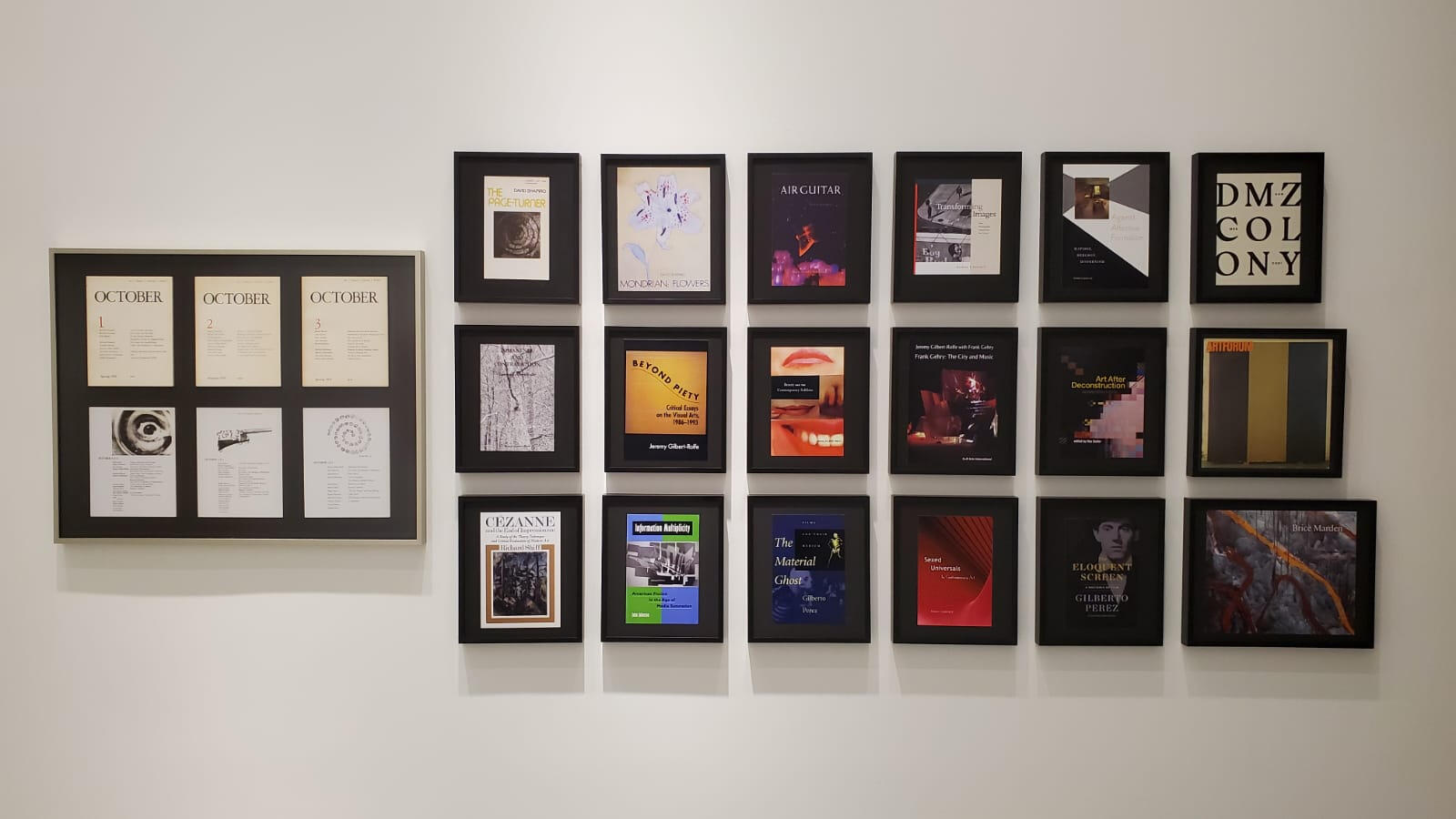
This collection represents the intellectual breadth and scholarly significance of Jeremy Gilbert-Rolfe's contributions to art theory, criticism, and philosophy spanning over five decades. As both a painter and a theorist, Gilbert-Rolfe occupied the rare position of one who could articulate the complexities of contemporary art practice from within the studio while simultaneously engaging with the philosophical discourse surrounding it.From his early writings in October journal (displayed on the left) to his influential books on beauty, abstraction, and postmodernism, this wall charts the evolution of a distinct critical voice. Gilbert-Rolfe's writings consistently challenged prevailing assumptions about painting, perception, and aesthetics, often working against dominant trends in art criticism to articulate new possibilities for visual experience.His books, including Beyond Piety and Beauty and the Contemporary Sublime, represent significant interventions in art theoretical discourse, reflecting his commitment to rigorous intellectual engagement with the philosophical implications of abstract painting. What distinguishes Gilbert-Rolfe's writing is its unwavering focus on the phenomenological aspects of perception - how we see and experience color, form, and space - rather than reducing art to its social or political contexts alone.This library also reveals Gilbert-Rolfe's extensive dialogue with other thinkers and artists. His intellectual exchanges with figures like Mary Kelly (in the collaborative work Frank Gehry: The City and Music) and his engagement with subjects ranging from Cézanne to contemporary architecture demonstrate the interdisciplinary nature of his thought.For visitors encountering Gilbert-Rolfe's paintings in this exhibition, these publications offer a complementary dimension to understanding his project - one in which theory and practice mutually informed each other without either being subordinate to the other.Together, they constitute an enduring legacy that continues to influence how we think about abstraction, perception, and the ongoing possibilities of painting in contemporary art.
Painting on Air
in the Seventies and Now
It seems possible to say that we see color first, shape second or possibly third, after depth. Some color doesn’t have a shape, for example blue haze, gray wisps of smoke, flickering flames. These are seen as movements before they are theorized as shapes, or in the case of the haze, as phenomena that undermine any idea of measurable, as opposed to uncertain, volume.Seeing color as movement comes before perceiving it as any kind of mass or solidity, and that in its turn undermines the notion of a stable ground, against which movement or depth might be calculated.This would be the principle of wanting to paint on air, first explicitly invoked by Jules Olitski in the sixties or seventies (it’s not clear when he actually first said it) and repeated recently word for word by Nicola Staeglich. As Christian Haub points out, Plexiglass - like Mylar, which Staeglich also uses - achieves luminosity effortlessly, while emphasizing the way the works hover in front of the wall.These are qualities we all recognize as perceptual, but it is worth noting that there isn’t much agreement on what perception is. The latest scholarship on the issue is by Ned Block (The Border Between Seeing and Thinking, Oxford University Press, 2023) who says there are three views on the question. Some think that perception is quite a different matter than conception; others take the opposite position, insisting that perception is a kind of conceptualization; a third that it is sometimes a version of conceptualism but not at others. The first view is Block’s and the one I share, the second is characteristic of the contemporary art world, which labors under the dogma of Duchamp and Pop Art wants to trivialize abstraction in order to pretend that everything is really a kind of representation. The third is what most people actually do with the notion when it comes to describing anything.Nicola Staeglich and Christian Haub are linked by similarities but also differences, which makes them a good combination for comparison, while I would like to represent the sixties or seventies version of painting on air by using Clinton Hill’s. Hill’s work is less clotted and more expansive, as opposed, perhaps, to intensive, than Olitski’s can seem to be. The work of Jeremy Gilbert-Rolfe, because it too tends to ignore painting’s traditional dependence on a stabilizing ground while, like Hill’s, using painting’s traditional materials, oil paint and a canvas surface.In conclusion, an art historical note. No one used a pure white ground before Impressionism, which used it for the reason implied here, which was the reason no one else used it: it removed the limit implied by a tone or color. Since Impressionism. precedents for it would, then, be Kandinsky, whose outer-space type composition leads not to a base plane (as for example Pollock’s truly abstract paintings of 1948-1952 do) and before that Cézanne’s atmospheric work in the last dozen or so years of his life. No one, or at the best very few, people who have taken to heart the official version of abstract expressionism (or New York Painting as it’s also called) would be likely to accept Kandinsky as a precedent for anything, but against that it should be noted that Martha Graham cited one of his paintings as the inspiration for what she was trying to do in dance. Dance is surely made of movement and the air, and of the ability to undermine one’s sense of any ground.
Duet: Jeremy Gilbert-Rolfe
and Christian Haub
In the exhibition Duet: Jeremy Gilbert-Rolfe and Christian Haub, we witness the convergence of two artists whose individual practices have long been concerned with the luminous qualities of color and the dissolution of traditional pictorial boundaries.Christian Haub and Jeremy Gilbert-Rolfe, though working in different mediums, share a fundamental understanding that color exists as a phenomenon before it assumes physical form—that it is, in essence, a perceptual event rather than merely a property of objects.Haub's work in Plexiglass harnesses the material's inherent transparency to create what might be described as volumes of pure colored light. These are not so much objects that reflect light as they are structures through which light passes and transforms. The colored acrylic catches, filters, and projects illumination in a way that seems to give color an autonomous presence, one that extends beyond the physical boundaries of the work itself.Gilbert-Rolfe's paintings, conversely, use the traditional materials of oil on canvas to achieve a similarly immaterial effect. His compositions resist the grounding force of gravity; colors appear to float, vibrate, and interact in a space that seems to extend both outward from and inward through the picture plane. The paint does not sit on the surface so much as it seems to hover above it, creating fields of chromatic intensity that refuse to resolve into stable, measurable forms.What unites these two artists is not merely a shared interest in color's phenomenological aspects, but a deeper philosophical position: that perception precedes and exceeds conceptualization. Both reject the contemporary art world's insistence that all visual experience must ultimately be reducible to representation or language. Instead, they affirm the primacy of direct perceptual engagement with color as a spatial and temporal event.
In their collaborative dialogue, we see a mutual recognition that the most profound visual experiences often occur at the threshold of articulation—where sensation has not yet been captured by concept. Their works do not illustrate ideas; rather, they create conditions for visual experiences that resist complete verbal translation.The exhibition title, Duet: Jeremy Gilbert-Rolfe and Christian Haub, suggests not a merger of distinct voices into a single utterance, but rather a coordinated performance in which each artist maintains their individual approach while responding to and enhancing the other. Like musical counterpoint, their work establishes harmonies and tensions that could not exist in isolation.In an art world often dominated by conceptual and representational approaches, Duet offers a necessary reminder of abstraction's continuing vitality. Haub and Gilbert-Rolfe demonstrate that the exploration of color, light, and perception—untethered from narrative or representational functions—remains a profound avenue for visual experience. Their work invites us not to interpret but to perceive, not to decode but to see, in the most fundamental and revelatory sense of that word.
Jeremy Called Them Drawing
Gouaches 1976-2012
The gouaches show is upstairs in Gallery 10
The twelve gouaches presented in this exhibition offer a rare glimpse into an aspect of Jeremy Gilbert-Rolfe's practice that has remained largely private throughout his career. Dating from the 1970s to his final works, these pieces on paper reveal the artist's enduring fascination with color, light, and spatial ambiguity in a more intimate format than his better-known canvases.Gouache as a medium occupies a curious middle ground—more opaque and matte than watercolor, yet possessing a luminosity and immediacy distinct from oil paint. For Gilbert-Rolfe, whose theoretical writings often explored the relationship between materiality and perception, gouache provided a terrain where color could simultaneously assert its physical presence and transcend it. The medium's quick-drying nature invited a spontaneity and directness that complemented the more deliberate pace of his oil paintings.What emerges across these five decades is not a linear progression but rather a sustained investigation. Early works from the 1970s already display Gilbert-Rolfe's distinctive approach to abstraction—one that rejects both gestural expressionism and cool minimalism in favor of a more complex visual language where color creates its own spatial logic. The middle-period gouaches show an increasing structural sophistication, with overlapping chromatic fields generating perceptual phenomena that seem to hover between surface and depth.In his later works, we witness a heightened luminosity and an even greater emphasis on what might be called the velocity of color—the way certain chromatic relationships create a sense of movement that exists purely in the viewer's perception rather than through any representational means. These final gouaches achieve a remarkable synthesis of the intellectual rigor and sensual pleasure that characterized Gilbert-Rolfe's entire body of work.
The title Jeremy Called Them Drawing: Five Decades of Play acknowledges the exploratory nature of these works. Despite his formidable credentials as a theorist, Gilbert-Rolfe approached the act of making art not as the illustration of ideas but as a form of serious play—a process of discovery through material engagement. In these works on paper, we see the artist thinking through color rather than about it, allowing the specific properties of gouache to suggest possibilities that might later find their way into larger works or remain as singular moments of chromatic insight.Unlike his paintings, which often required precise planning and execution, these gouaches permitted Gilbert-Rolfe a freedom to experiment with chance effects and unexpected juxtapositions. This quality of improvisation gives the works an immediacy that complements the more measured tempo of his larger canvases.
What unites all twelve works in this exhibition is a consistent philosophical position: that color is not simply a property of objects but a perceptual event that occurs in the space between artwork and viewer. Through these gouaches, Gilbert-Rolfe continues to challenge the notion that abstraction must be either purely formal or secretly representational. Instead, he offers a third possibility—that color itself can generate spatial and temporal experiences that are both immediate and inexhaustible, concrete and elusive.This exhibition thus provides not only a chronological survey of Gilbert-Rolfe's works on paper but also a concentrated demonstration of his enduring proposition: that painting's most profound potential lies in its ability to create visual experiences that precede and exceed verbal articulation—experiences that remind us that seeing itself is a form of thinking that cannot be reduced to language.
Linda Levit
Embrace
Acrylic on Canvas
18” x 24”
2015
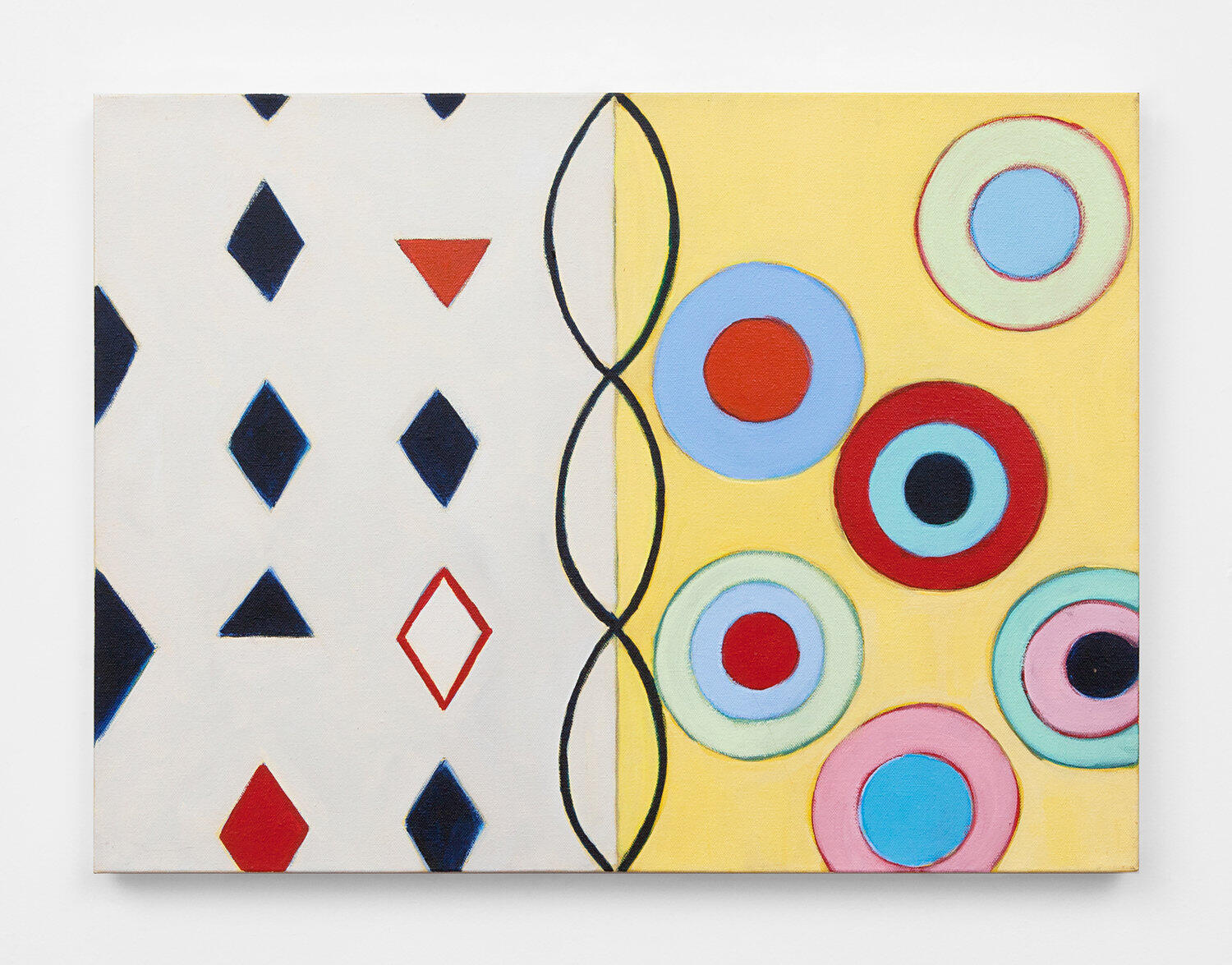
Hamed Aziz
Grey History of Absence/Singularity/Distraction:
A Non-Representational Ekphrasis…
A Dedication to Jeremy Gilbert-Rolfe
2024
Visitor's Book
Jeremy taught us that beauty isn't just pretty—it's provocative. As he'd say, art demands a response.So, please respond. Be brief or verbose, irreverent or earnest. A memory of Jeremy, how the show caught you, how his critiques sharpened your mind, or maybe how his writing or teaching altered your course.This digital corner belongs to all of us whose paths crossed with Jeremy's - students, colleagues, friends, and those still discovering his work. Leave your thoughts here.We will protect these messages, and they will always be here. The dialogue never really ends.
Alice Adams
Untitled
2020
Ink on graph paper
13 x 16 in.
Courtesy of Zürcher Gallery

Carl Affarian
No title
2004
Watercolor on gessoed canvas
20 x 16 in.
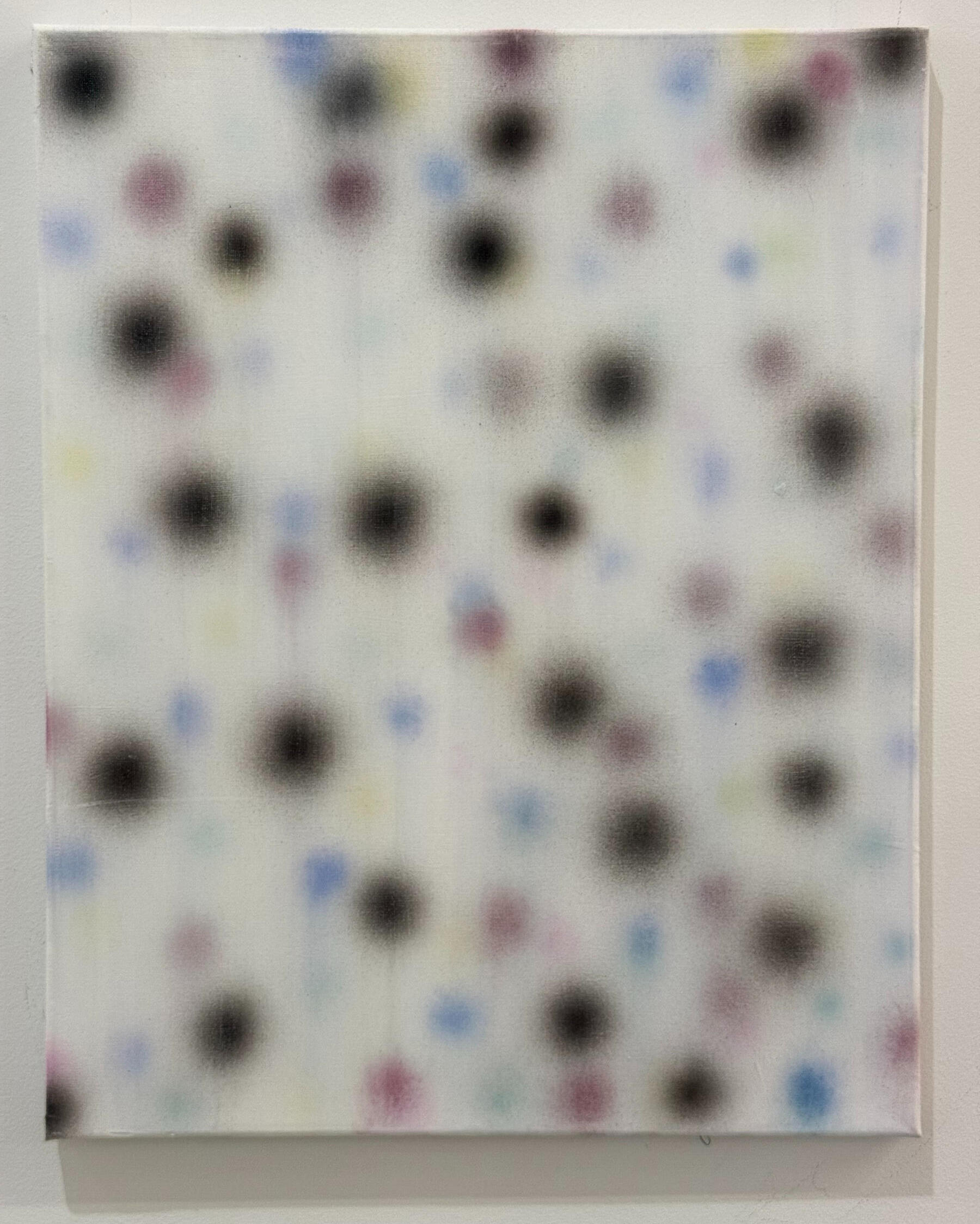
Donald Alberti
TTPW K
2021
Colloidal clay in acrylic medium on canvas
24 x 124 in.

Elena Alexander
Title: "How the Lurking"
Year: November, 2001Background:
When the WTC was attacked, on September 11, 2001, Alan [Uglow] and I were in London. We were due to return on the 19th, which we did.Words for that re-entry? Not really. We lived downtown, in Chinatown/Little Italy, and my writing space, and not-for-profit arts foundation, was even closer:198 Broadway, between Fulton & John, a short block from where the Twin Towers had stood. Alan and I biked down there, two days after we'd been back, to look at my office, whose window faced the WTC; I always left it open.Not long after, I received a letter explaining that four arts'-related organizations - Creative Time; Poets & Writers; Van Alen Foundation; World Studio Foundation - were sponsoring four 3' x 2' posters - fine art; poetry; architecture; graphic art.
These would be installed together on walls all over Manhattan and adjacent boroughs, alongside ads and whatever else, showing that artists, and creators in various genres, could not be stopped. The project, overall, was titled, "The Arts Respond to 9-11."Representatives from the four organizations would, collectively, select the work. The letter added that, when it came to the one, non-visual image, the poet who was selected would have a hand in designing his or her poster; I thought that was a nice touch.I'd been writing poems since getting back, which isn't surprising: everyone was attempting to deal with something that evaded rational thought. I'd written three poems I thought were absolute crap. A fourth one was okay. I'd always avoided contests and competitions, but remembered the letter, and felt it had such an important reason behind it, decided to send this fourth poem. I checked the deadline, faxed it as instructed, then forgot about it. I had no expectation of "winning," and didn't care. It was enough to know others would lay eyes on it, during such an awful time. I was busy trying to figure out what I was going to do with the office space I had to vacate, and the other challenges of resuming one's life at the time.When, a few weeks later, I received a phone call, telling me "How the Lurking" had been chosen, it took me a moment to figure out what was being said to me.There's a bit more, but this is already so much, I'll stop.
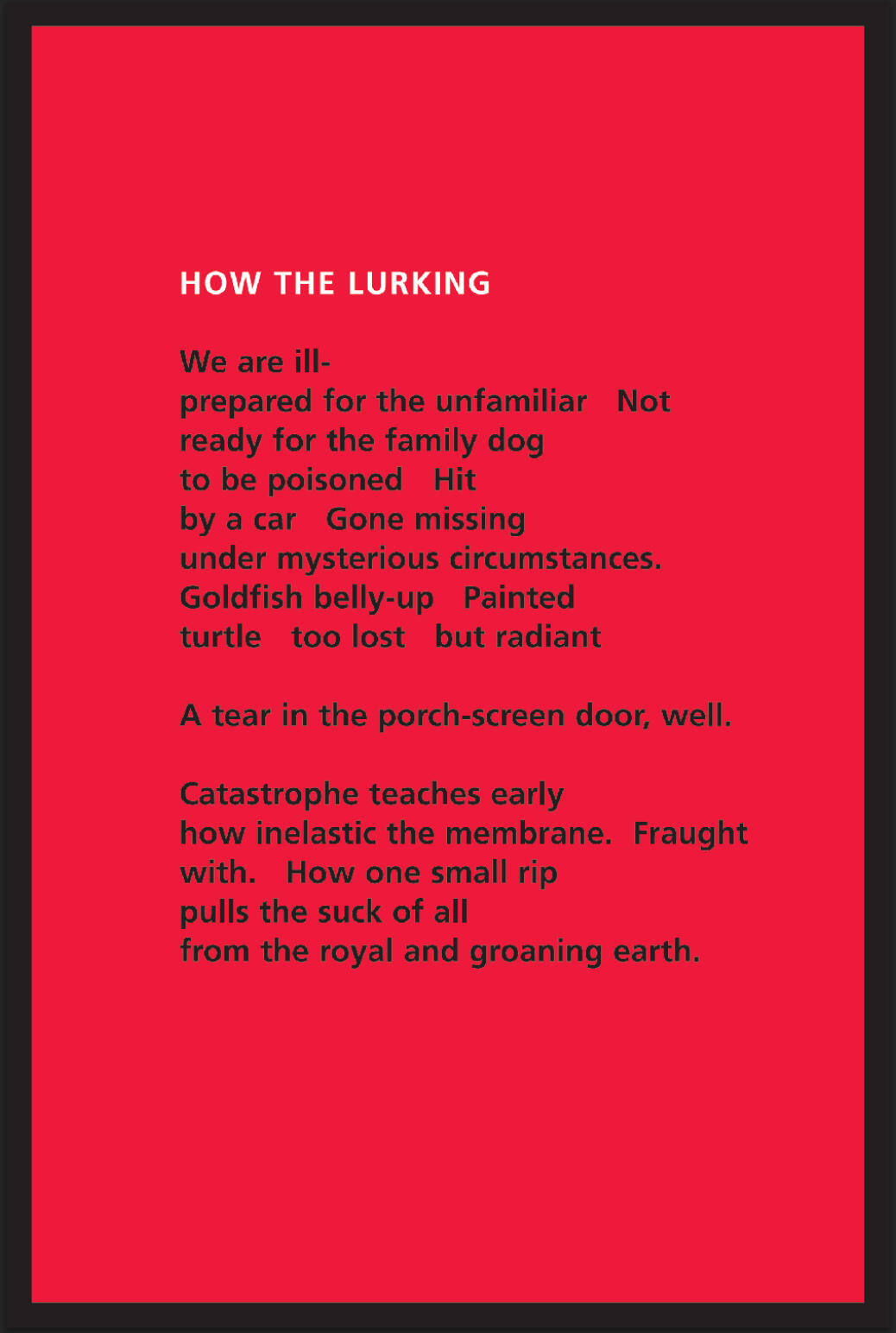
Roberta Allen
Over 50 closed spaces in the mind
2022
Ink on paper
12 x 9 inThe mind going round and round in opposite directions
2023
Ink on paper
12 x 9 in.
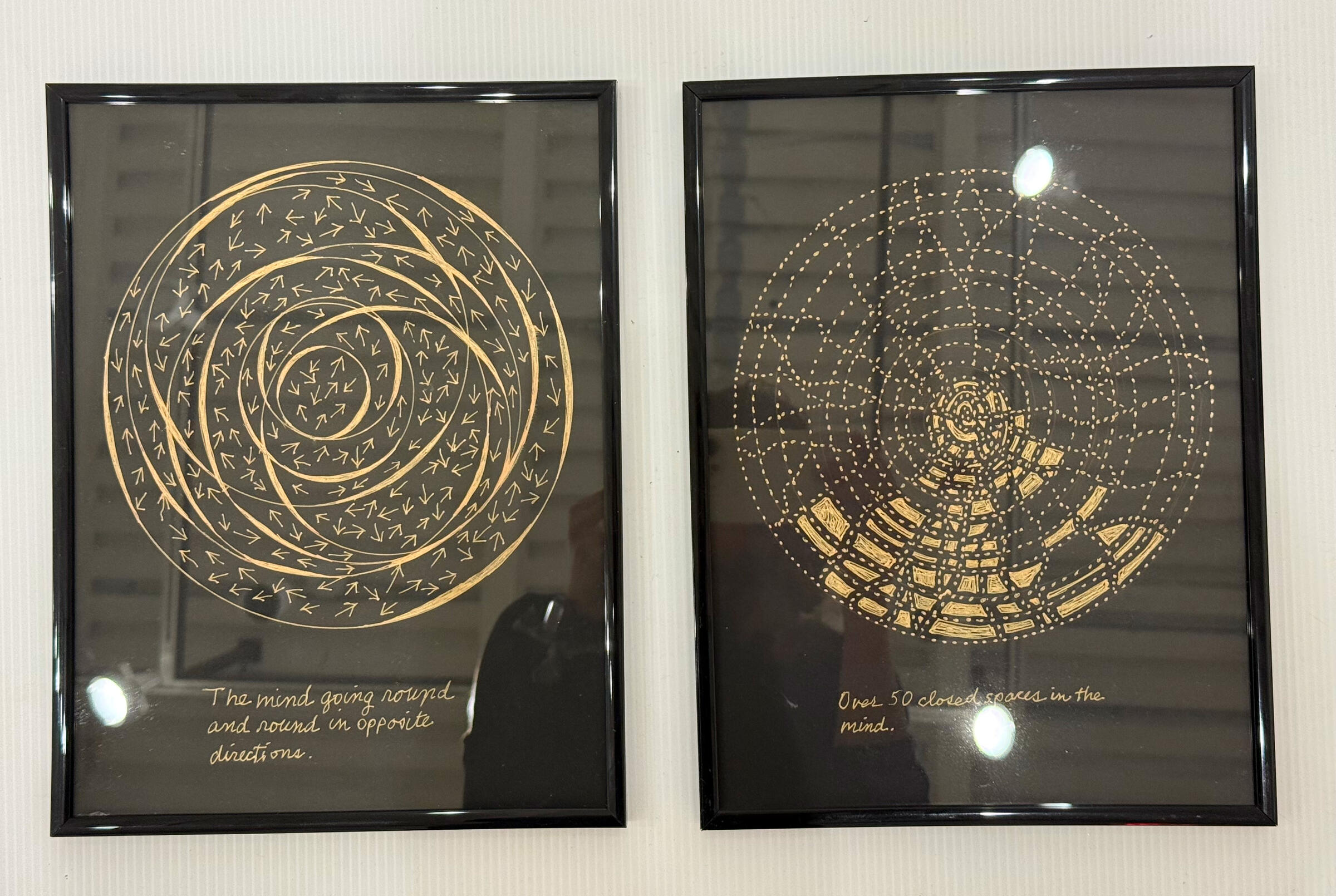
Djordje Aralica
Seeing the Invisible
2024
Archival pigment print
22 x 17 in
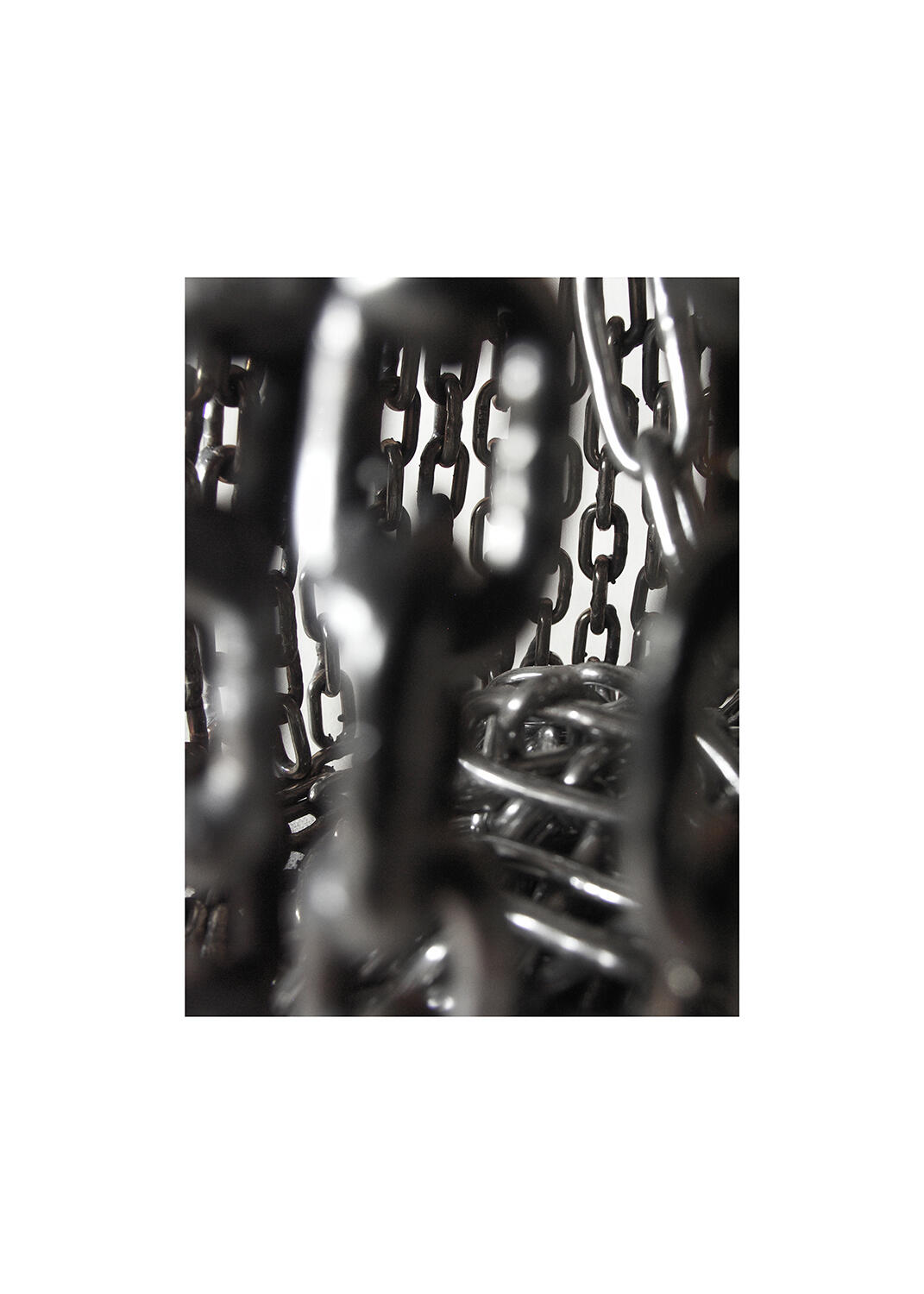
John Baldessari
Removal Series: Two Partial Figures (With Dog) Maquette
1995
Wax pencil, gouache,
25-⅛ x 10-⅛ x 1-¾ in.
Courtesy of Sprüth Magers Gallery
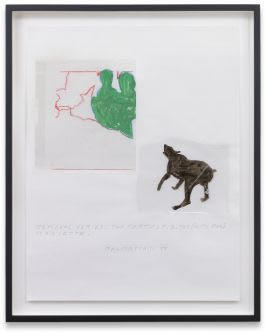
Untitled (Maquette)
1986- 1990
Photocopy, acetate and wax pencil
17-⅝ x 15-⅞ x 1-¾ in.
Courtesy of Sprüth Magers Gallery

(Maquette)
ca. 1980–92
Photocopy and wax pencil on paper
27.9 x 21.6 cm | 11 x 8 1/2 inches
34.6 x 28.3 x 4.4 cm | 13 5/8 x 11 1/8 x 1 3/4 inches (framed)
Courtesy of Sprüth Magers Gallery

Press Photo
2015
Archival pigment print
36 x 26 in.
Courtesy of Genevieve Gilbert-Rolfe
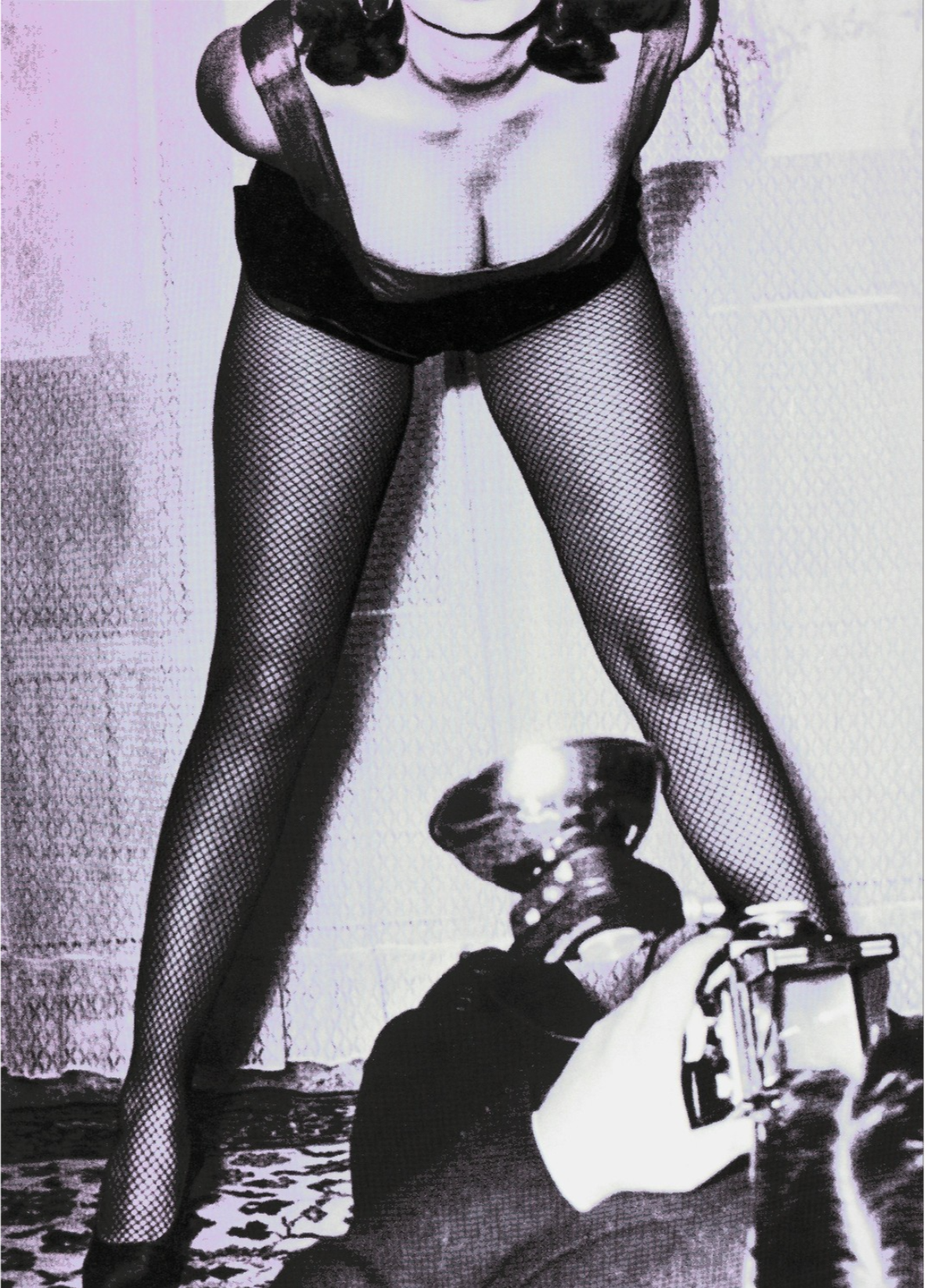
Augusto Ballardo
Trogon Collaris I
2021-2023
Painting over aircraft fuselage
6 x 11.5 in.
Matthew Barry
Study for the Bruce Museum
1992
Ink and watercolor on paper
28 x 36.25 in.
Uta Barth
In the Light and Shadow of Morandi
2017
Photograph
48.75 x 52.75 in.
Courtesy of Genevieve Gilbert-Rolfe
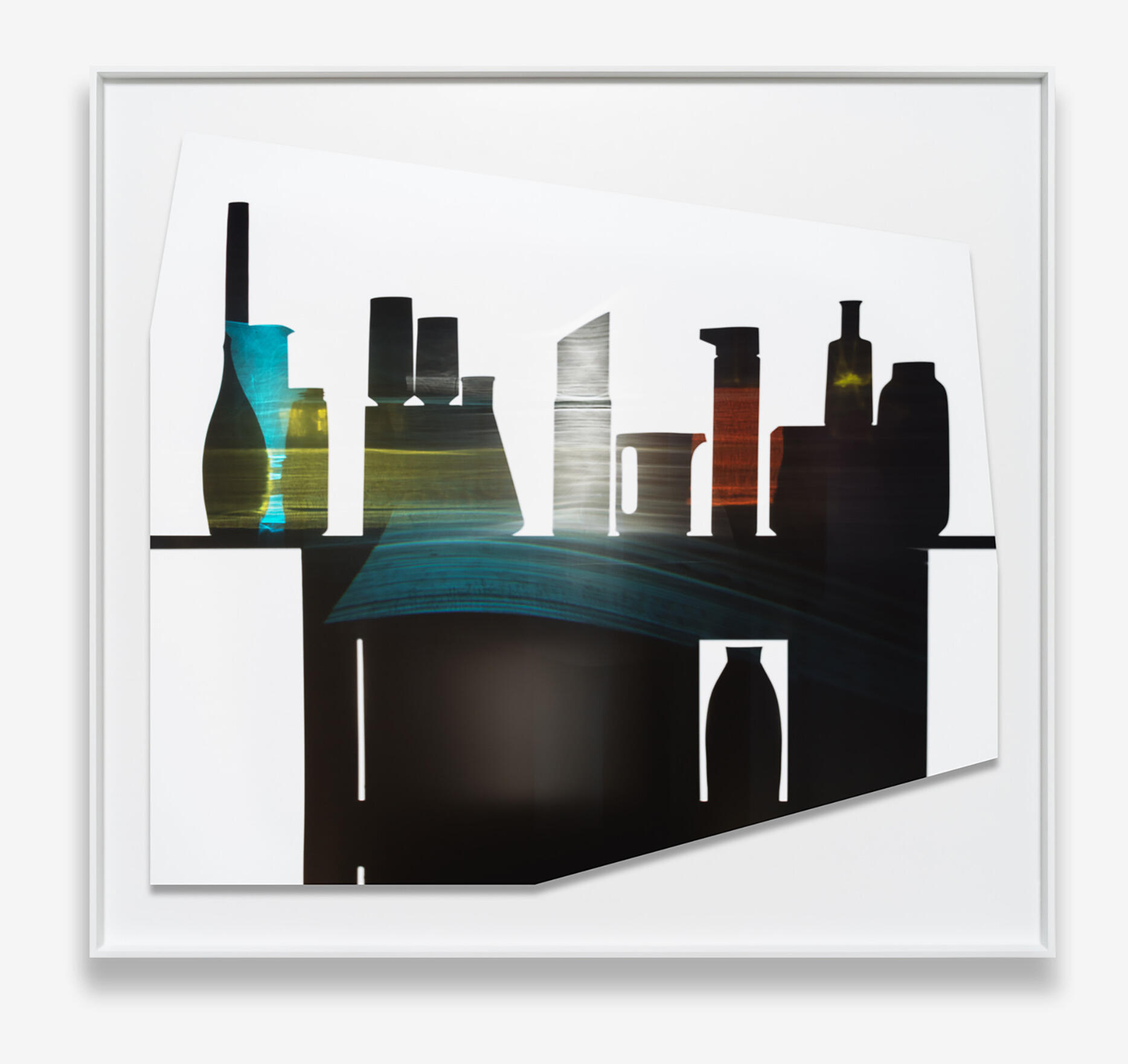
Isabelle Bas
Composition
2024
Fused glass
4 x 3 x 1.5 in.
Pascale Bas
Fenêtre optique, n°5
2025
Patina on steel
10.5 x 8.5 x 1.25 in.
Jeff Beall
Susurrous, The Sky above Durango, Colorado
1990
Photograph, paraffin, plywood
11.25 x 11.25 x 3.25 in.
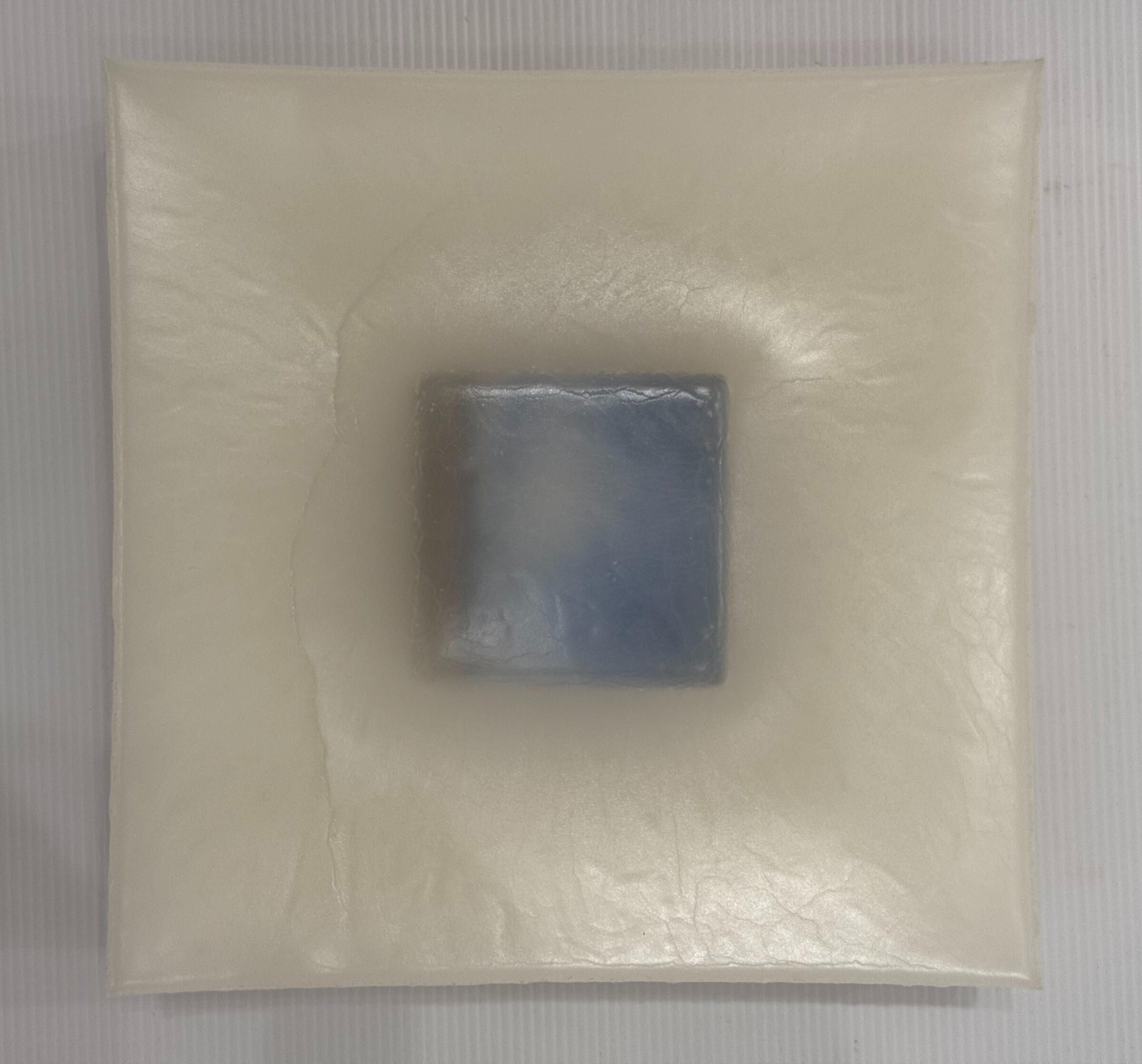
Bill Beckley
Elements of ...
1997
Watercolor
30 x 40 in.
Connie Beckley
The Funeral of Jan Palach
1990
5 Color photographs, sound recording & video documentation of performance.
14 x 18 in.
Courtesy of Laurie Henning
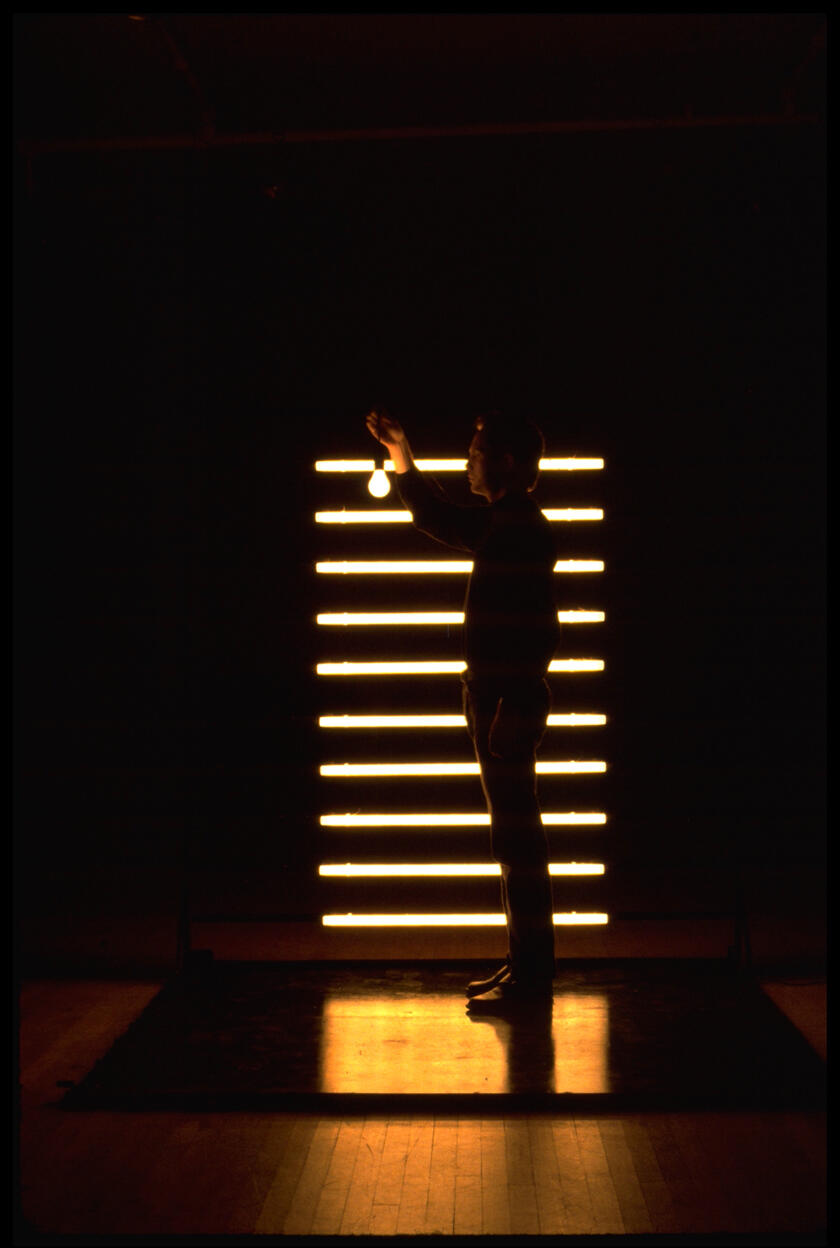
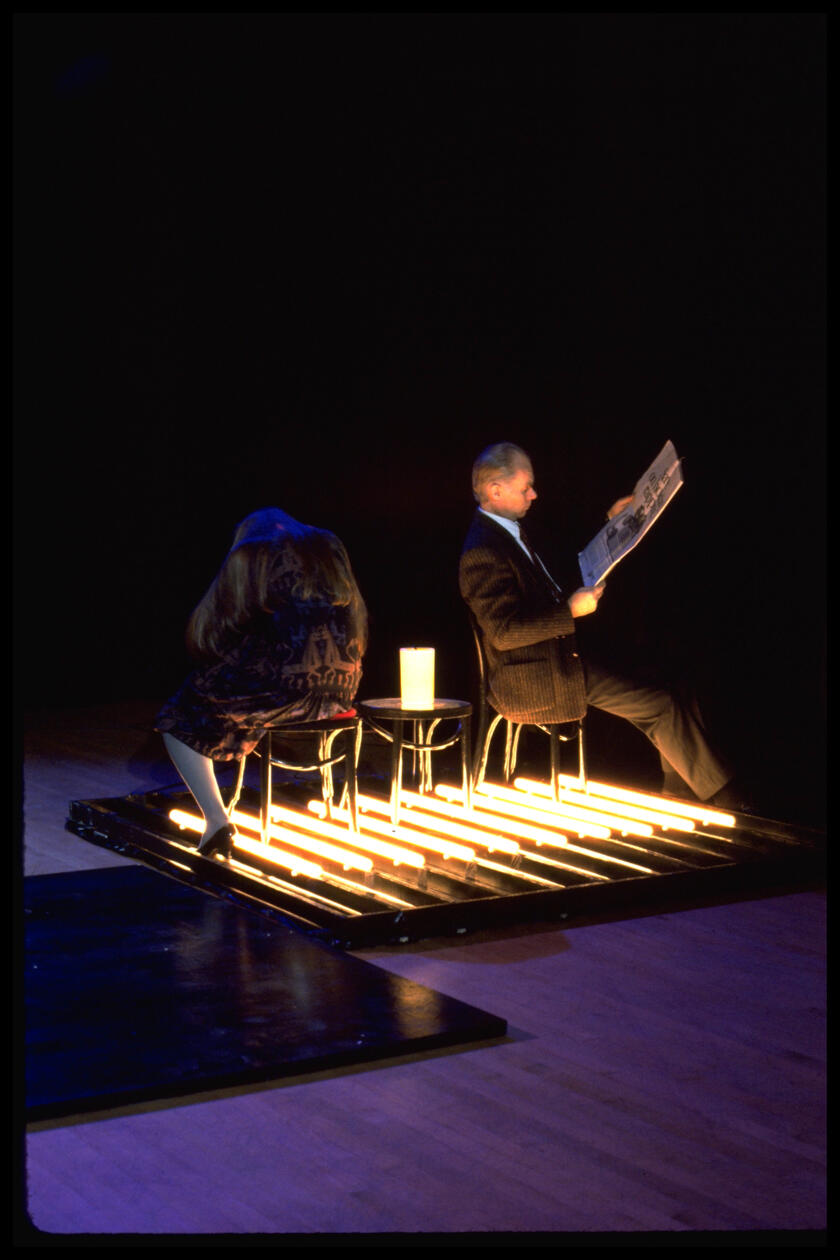
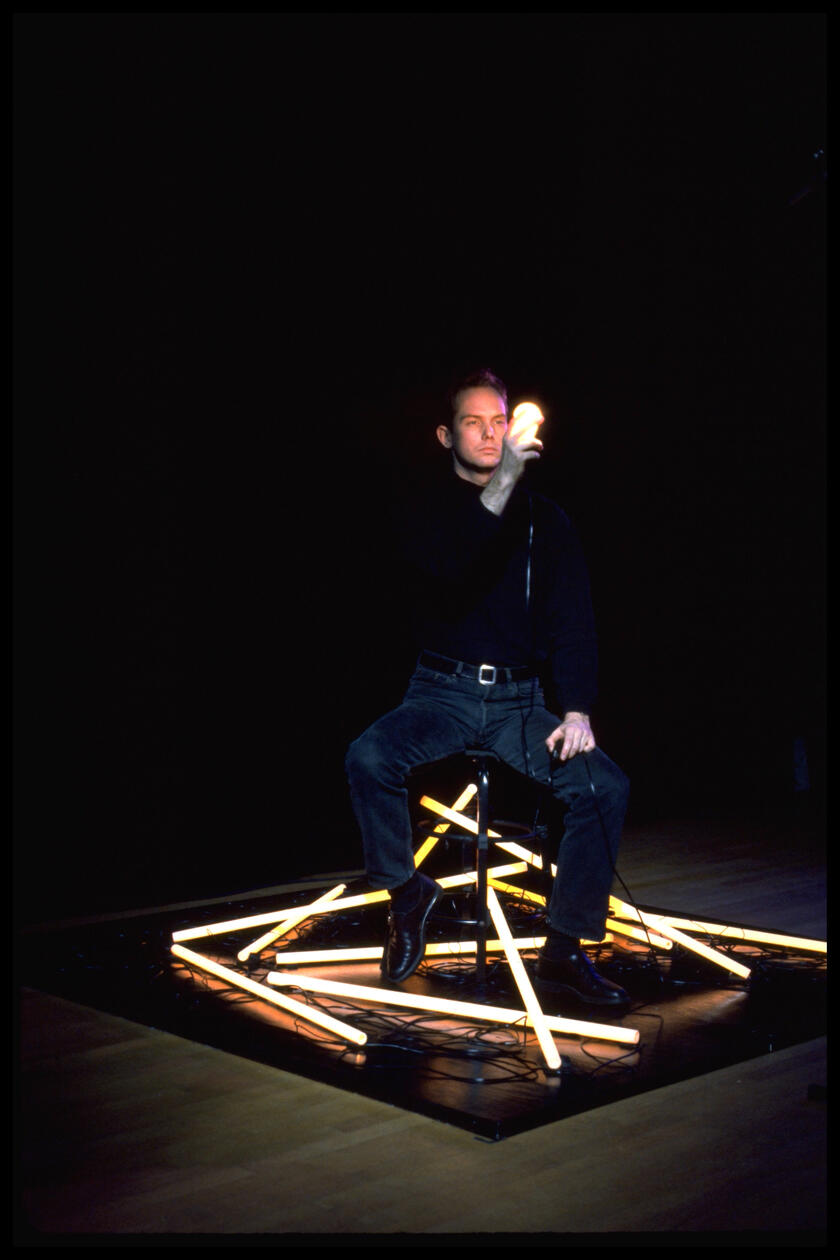
Tom Bills
Untitled
1993
Steel and lead
12.5 x 15 x 2.5 in.
Ronald Bladen
Untitled
c.1950
Linen on oil
25 x 21 in.
Courtesy of James Clark
Norman Bluhm
Untitled
1975
Acrylic, pastel/canvas
47 3/8 x 37 1/2 in.
Courtesy of Miles McEnery Gallery
Mary Boochever
Lux Interna
2003
Oil, linen, gold leaf and wood
27 x 32 in.
Olivia Booth
Toe Piece
2022
Chalk on Paper, Paint on Plastic, Melted Cut Mirror, Glass Assemblage, Homemade Fiber Optic, Chords, Woodframe,
26" x 19" x 3.5"
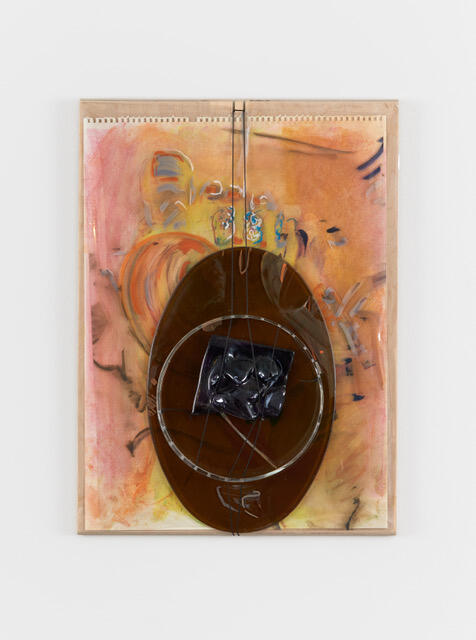
Carol-Ann Braun
SKIPBACK #11
2024
8.5" x 8.5"
Stapled collage of a print out of a collage of screen captures ("occurrences") of a generative piece entitled SKIP-BACK@2022_Carol-Ann BRAUN (graphics) and Alain LONGUET (programming).
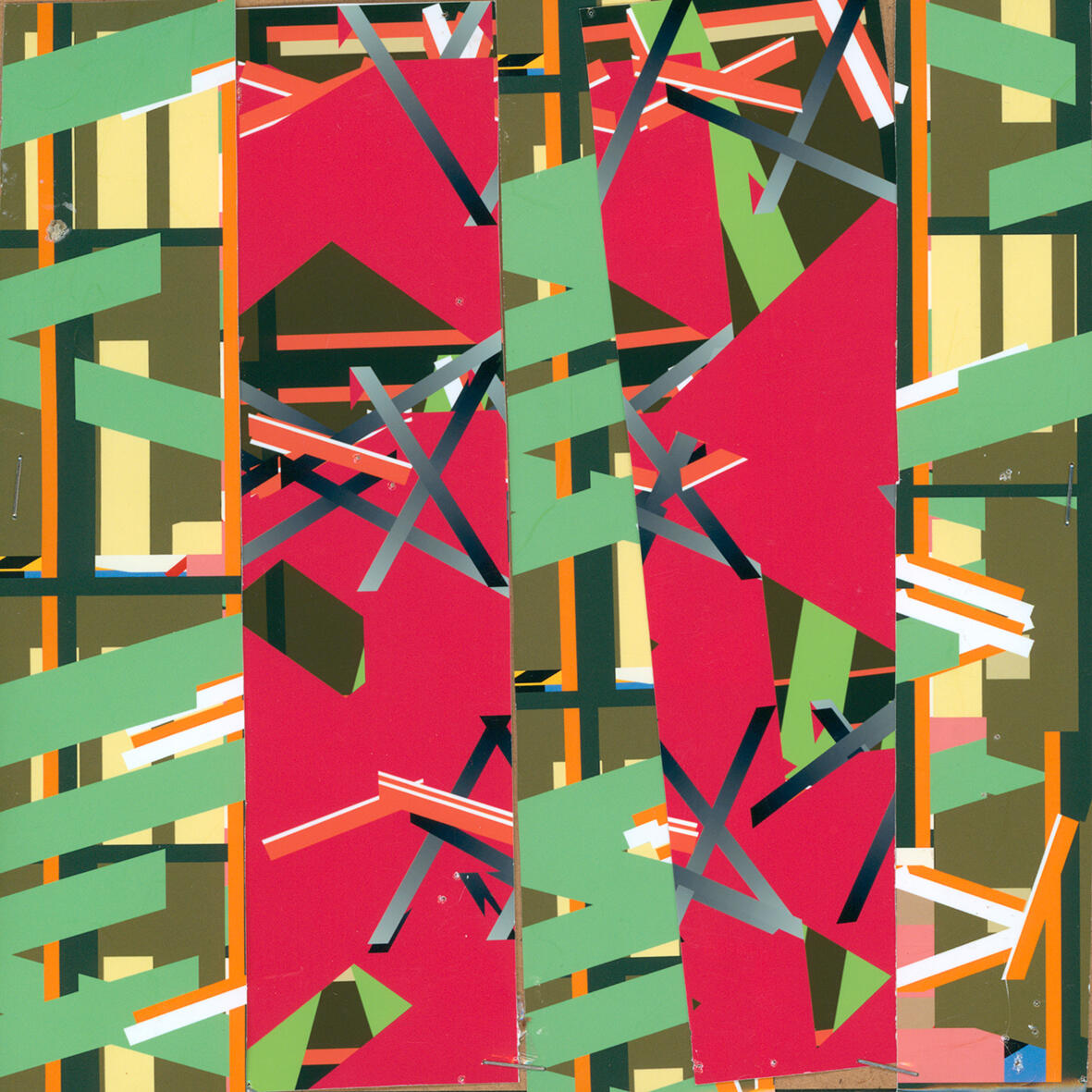
Michael Brennan
New Moon for JGR
2025
Oil on canvas
16 x 12 in.
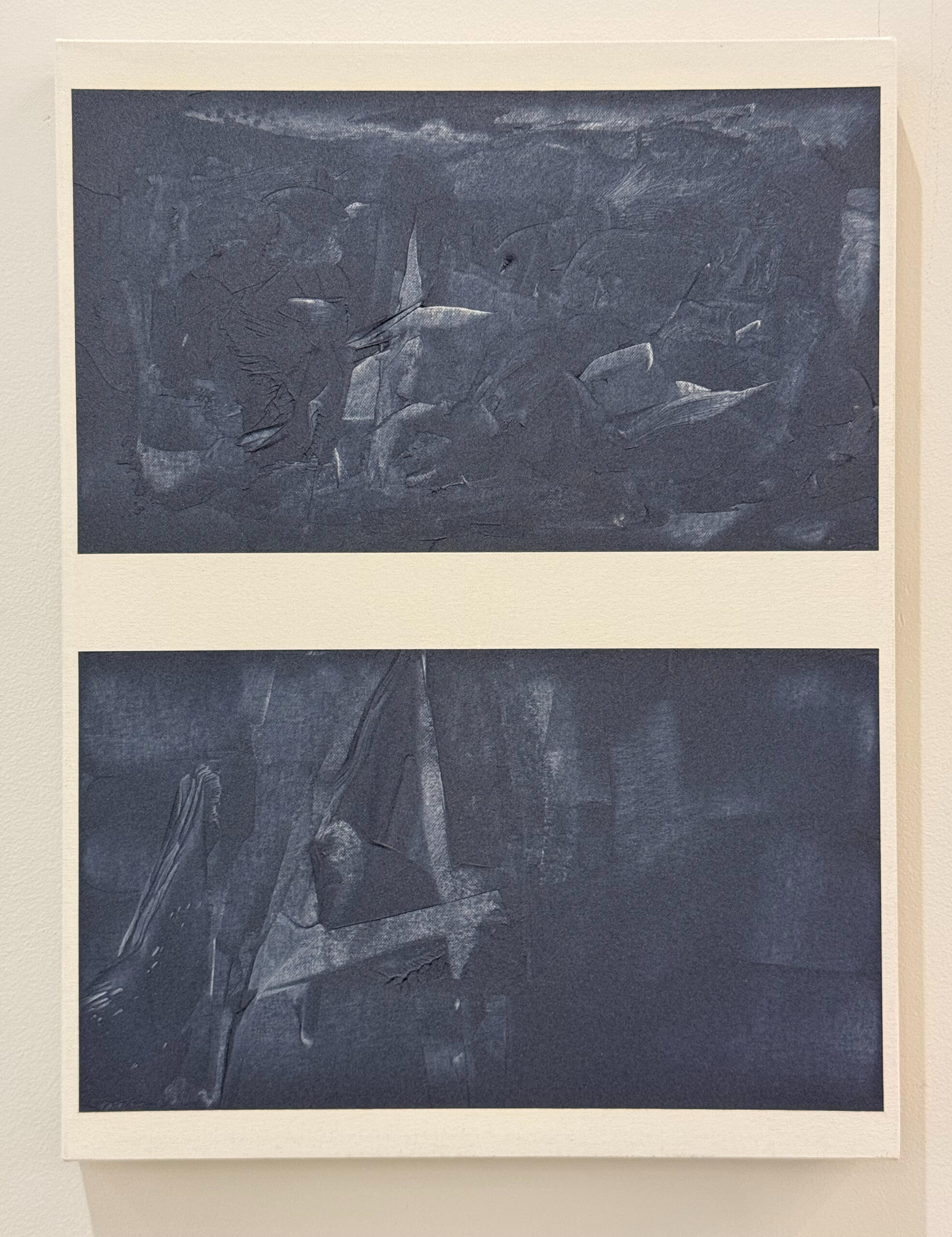
Calvin Brown
Untitled Study of Simple Form
1981
Gouache and graphite on laid paper
8.75 x 14 in.
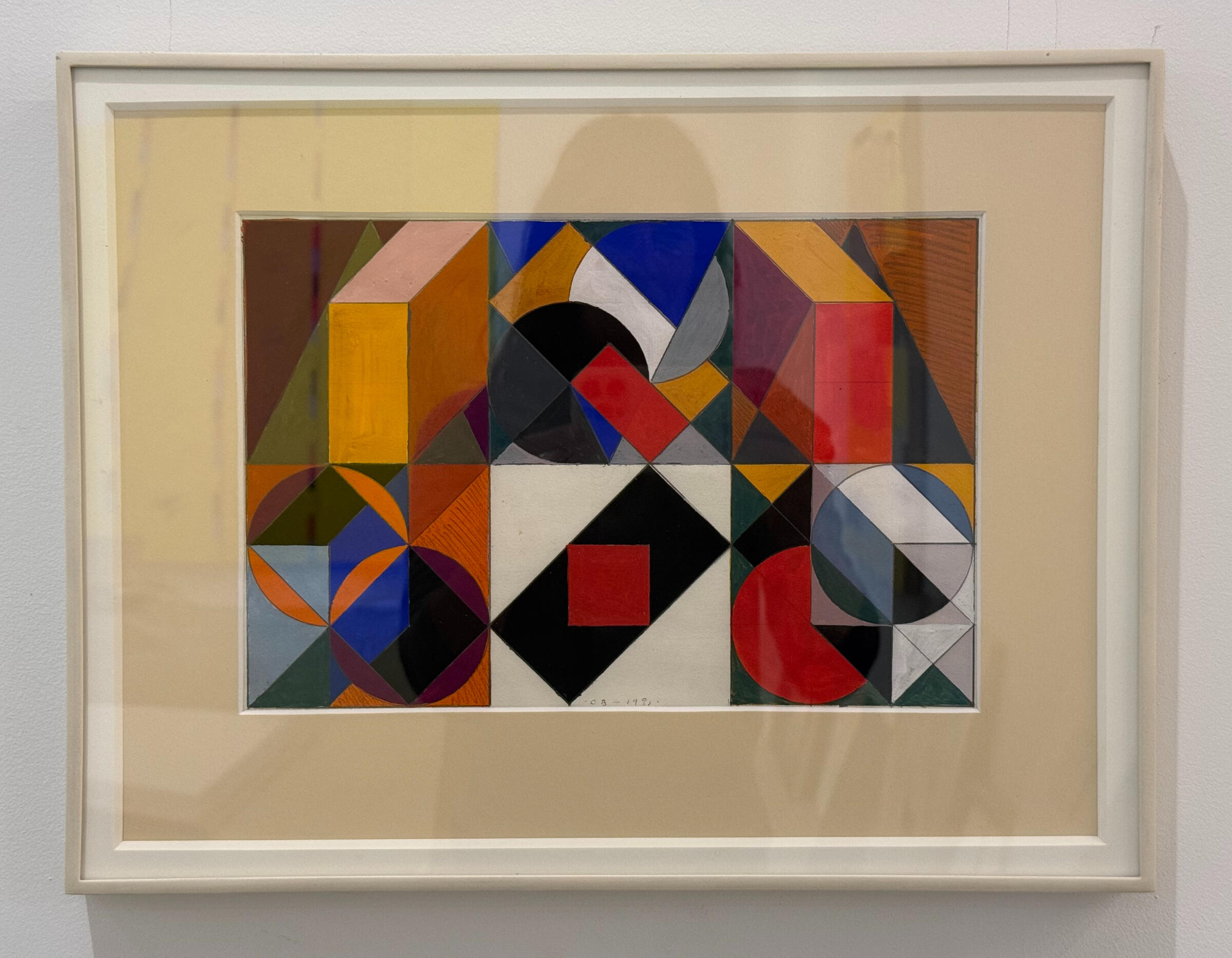
Howard Buchwald
Untitled
2025
Acrylic on panel
14 x 11 in.
Carmel Buckley
Untitiled
1994
Sculpey and found materials
24 x 24 in.
Phong Bui
Jeremy Gilbert-Rolfe
2023
Pencil on paper
16.5 x 12.75 in.
Meditation Painting
20235
Gouache, watercolor, and pencil on paper
16.5 x 12.75 in.
Luis Bustamente
Metamorphosis
2020
Collage (found paper & glue)
10 x 6.25 in.
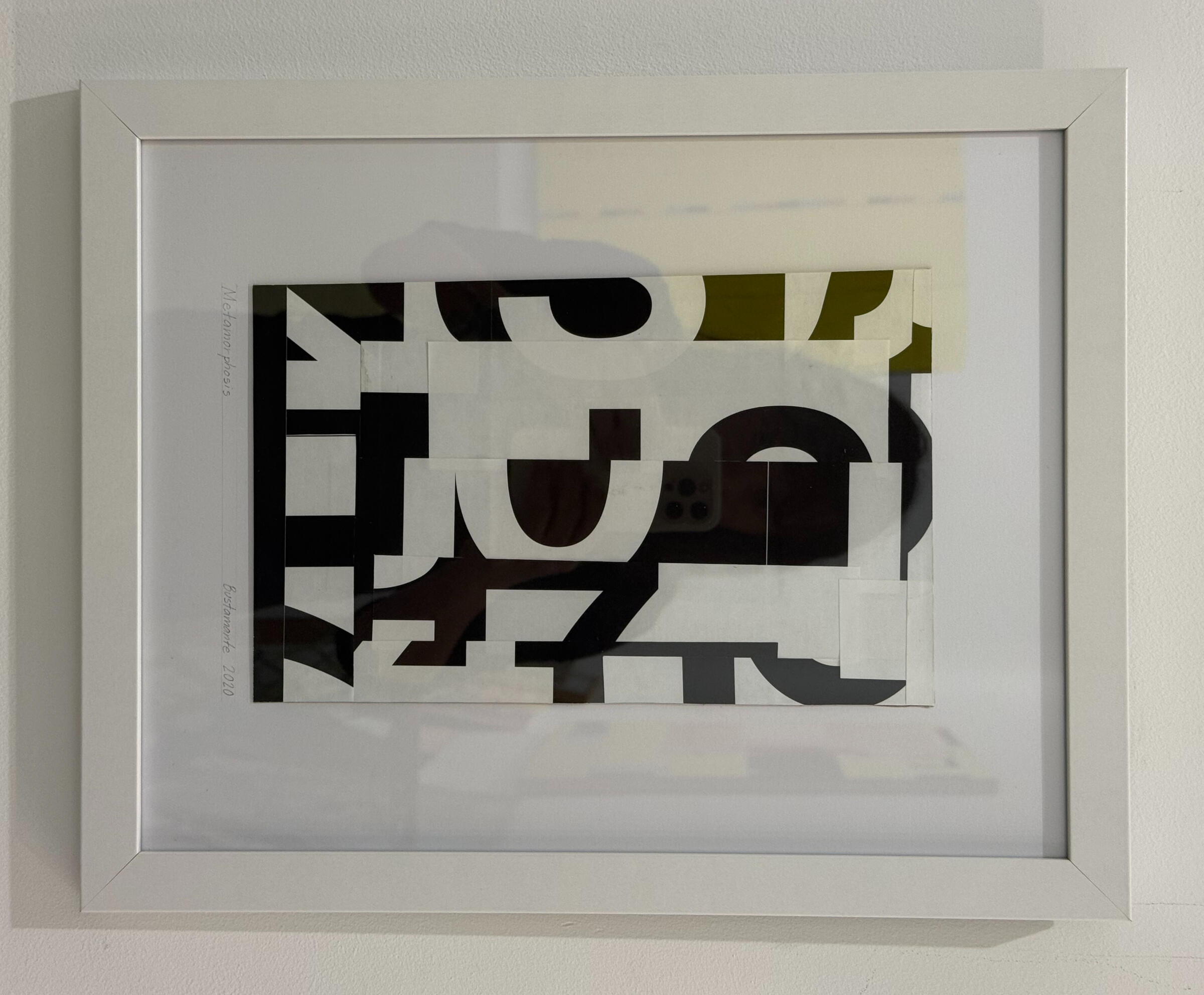
Luca Buvoli
I remember
2012
Reinforced polyurethane and polyester resin, wire, metal, enamel paint, wood, plastic tubing, Plexiglas
32 x 71 x 30 in.
Tom Butter
Circling
2002
Steel, wood, stainless steel fabric, wire, fiberglass, paint
6 x 26 x 21 in.
Sue Carlson
For Mary
2023
Oil, pencil/linen
30" x 30"
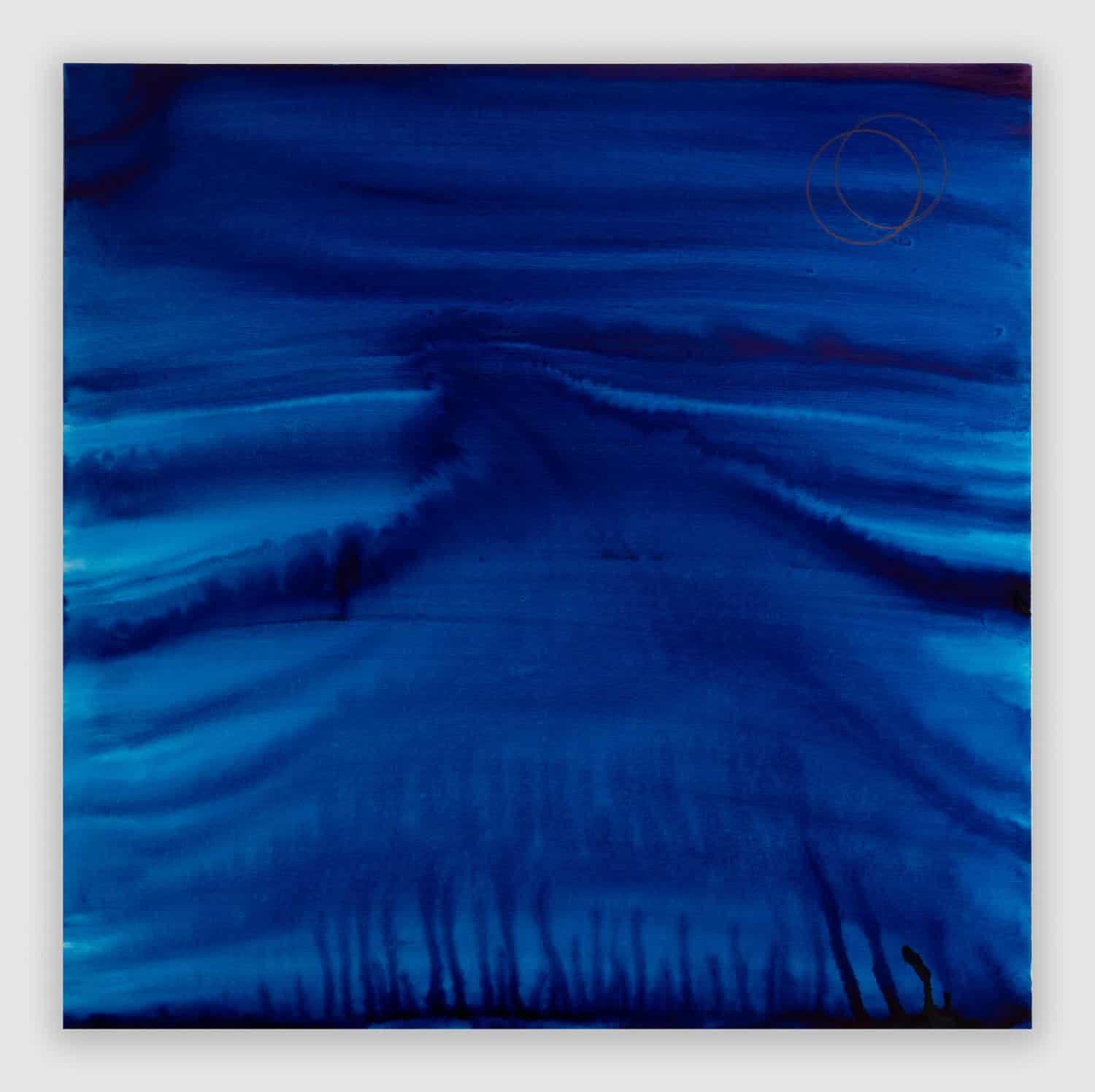
Fandra Chang
Untitled
1989
Ink on silk-screen fabric and wood
6 x 24 x 2.5 in
Don Mee Choi
Rebecca Chou
Original Source
2024
Acrylic on wood panel
12 x 12 x 1 in.
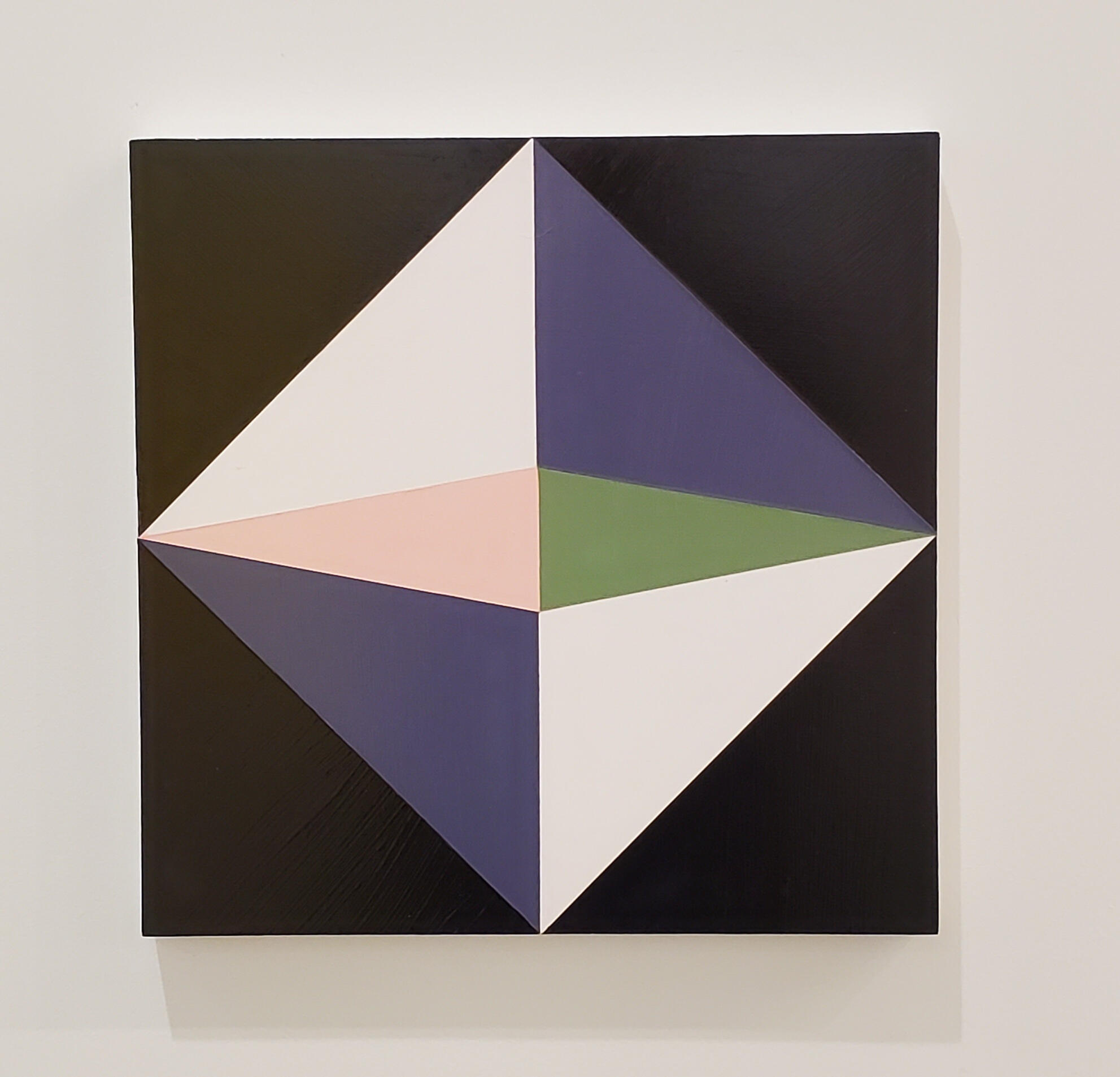
James Clark
Silhouette
2025
Plexiglass, vinyl orb and CCFL light
24.25 x 18.25 x 12.5 in.
Jim Condron
The cliché is true
Oil, wood, push pop
2025
8.5 x 13 x 7.5 in.
Freddie Jen Cohen
Study of Disorder Seven
2025
Archival Pigment Photograph from Negative
7 x 10.5 in.
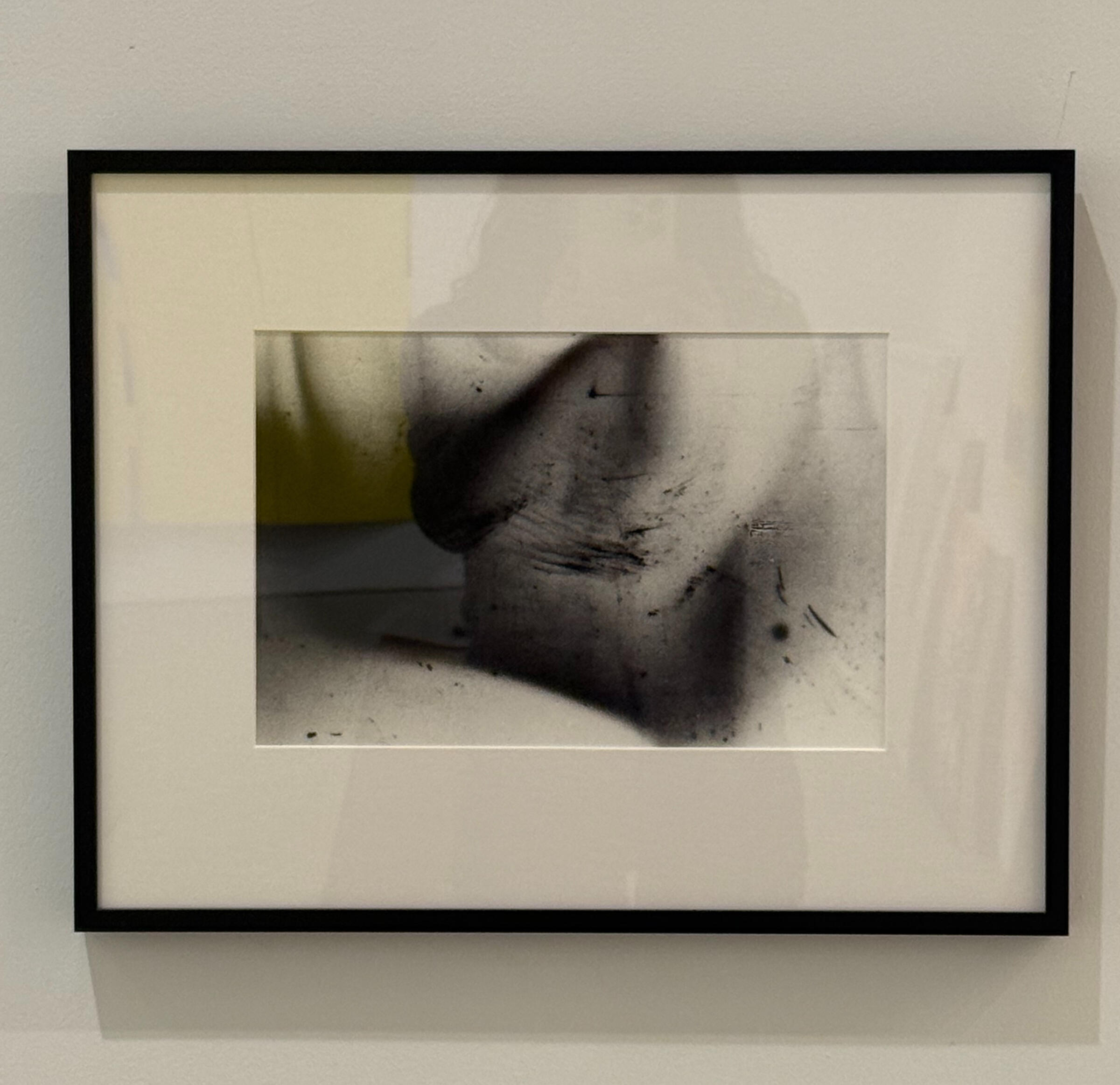
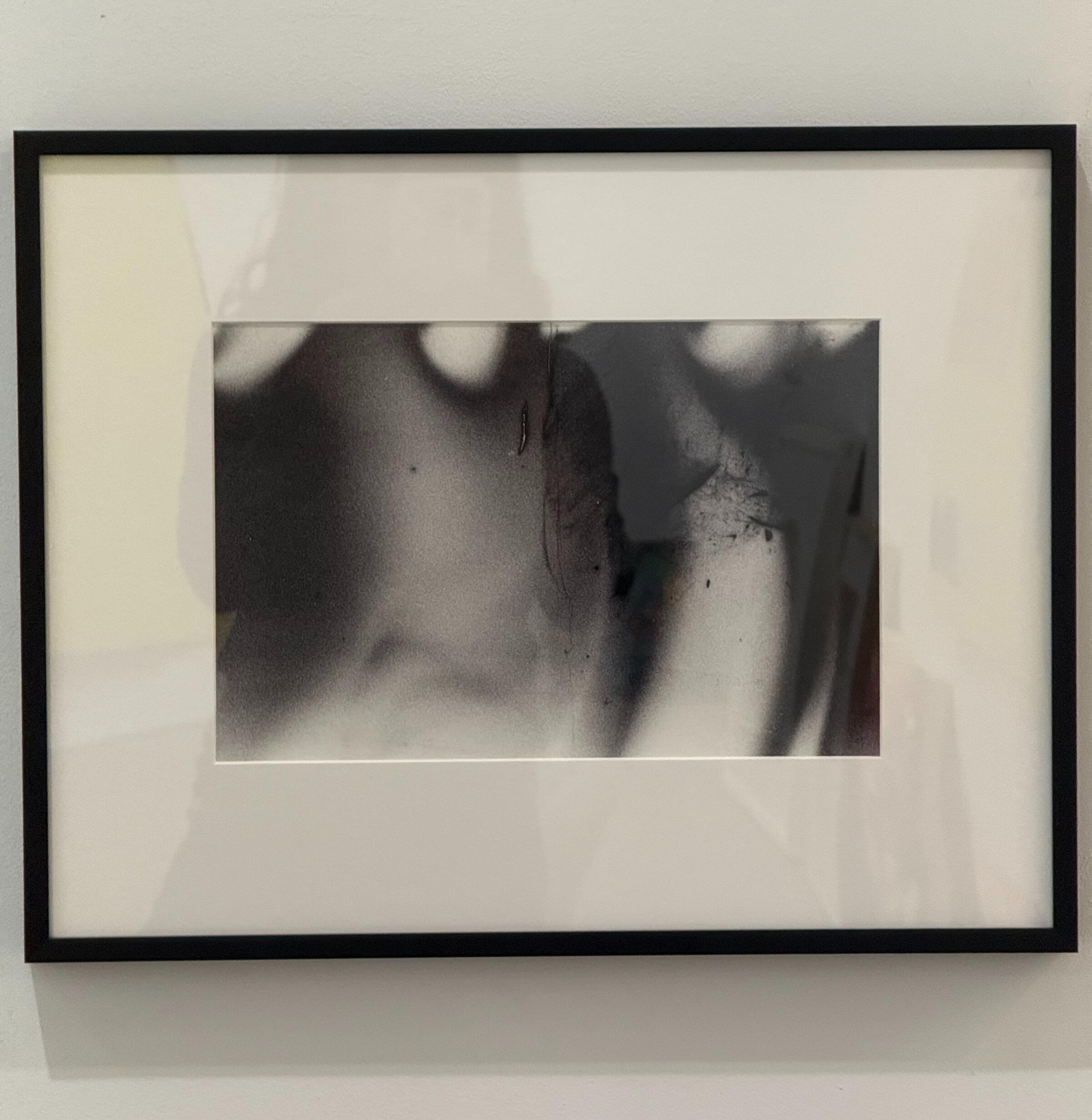
Maureen Connor
The Bride Redressed
1989
Steel and lace
54 x 32 x 32 in.
Chris Cook
Changes 14
2014
Archival pigment print
20 x 15 in.
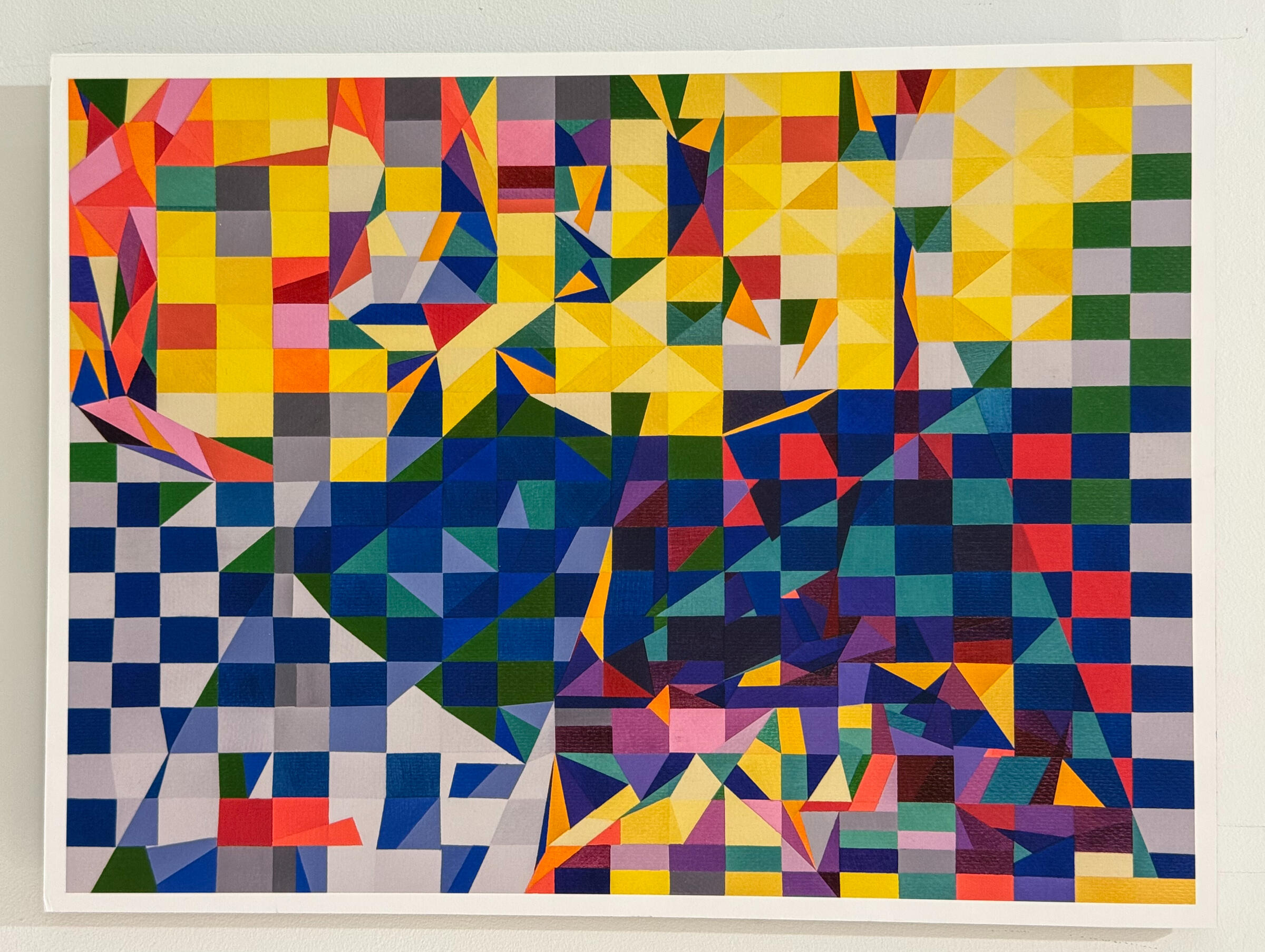
Hugh Crawford
Blue Poles
2010-2025
Archival pigment print
20 x 24 in.
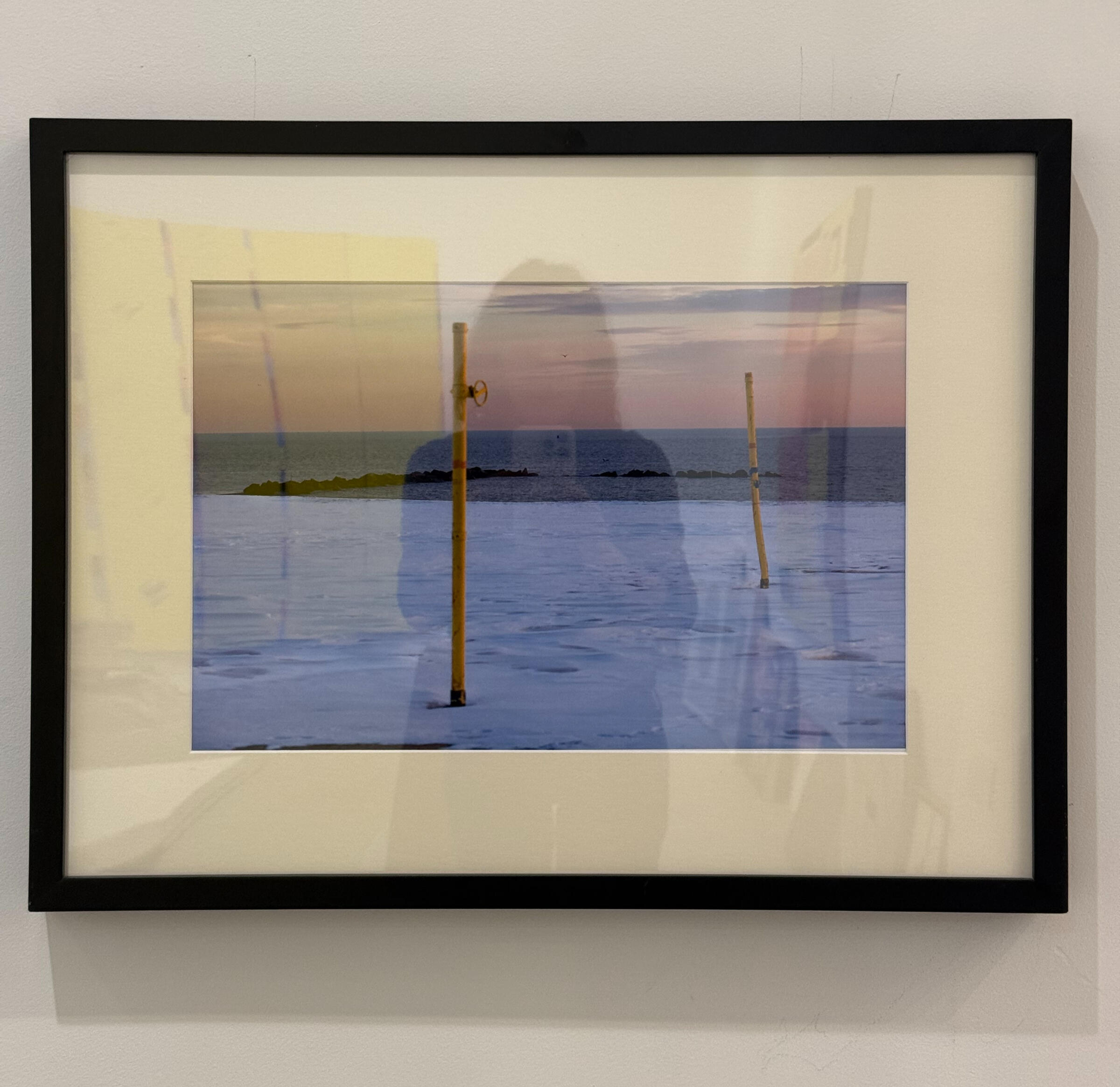
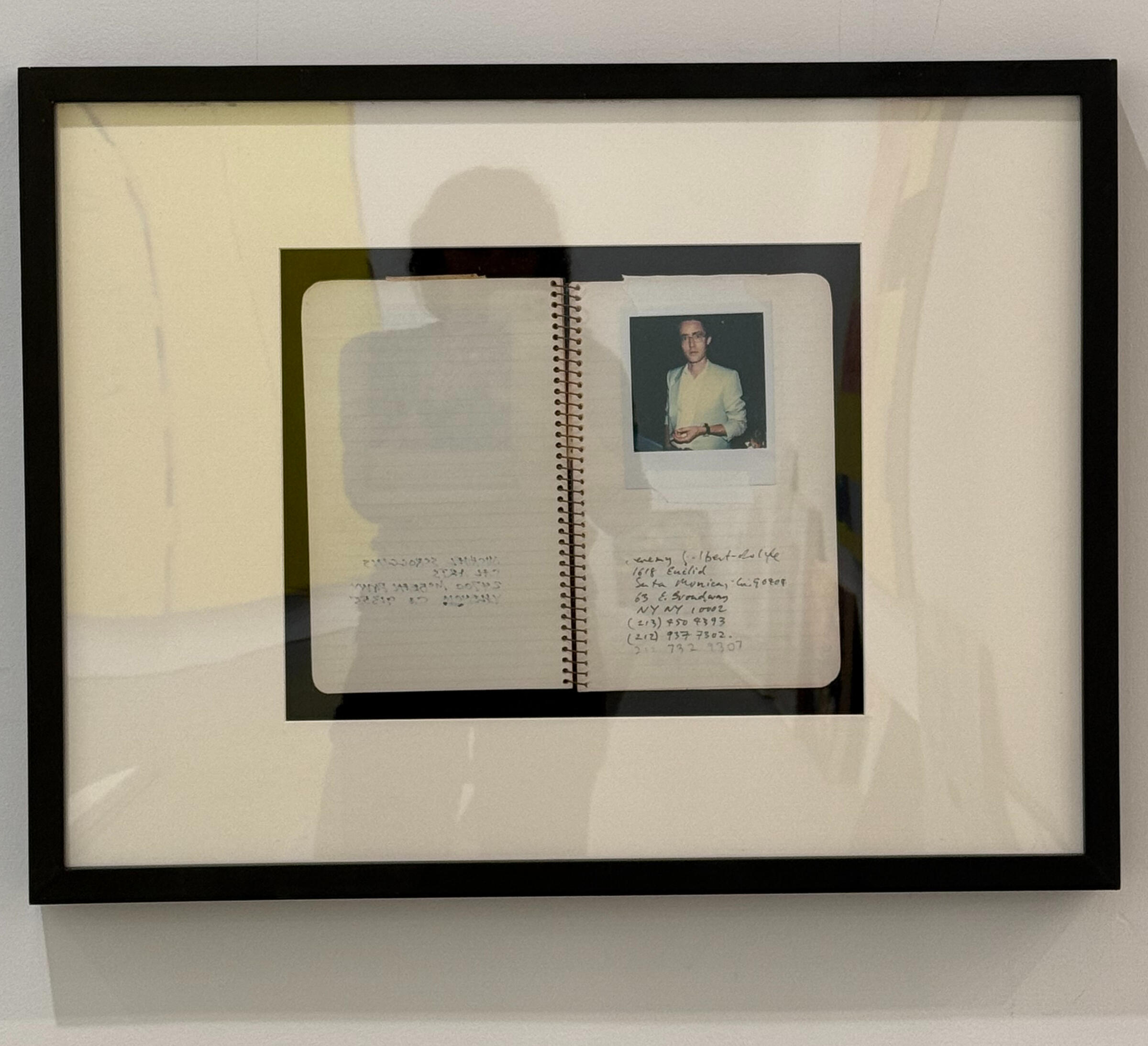
Todd Cronan
Peggy Cyphers
Raspberry Windy Day
2023
Acrylic on canvas
40 x 30 in.
Lisa Corinne Davis
Transient Theorem
2022
Acrylic on canvas
60 x 45 in.
Stephen Dean
Targer
2008
Uncoiled paper
36 x 36 in.
David Diao
Spellcheck
1989
A/c
42 x 36”
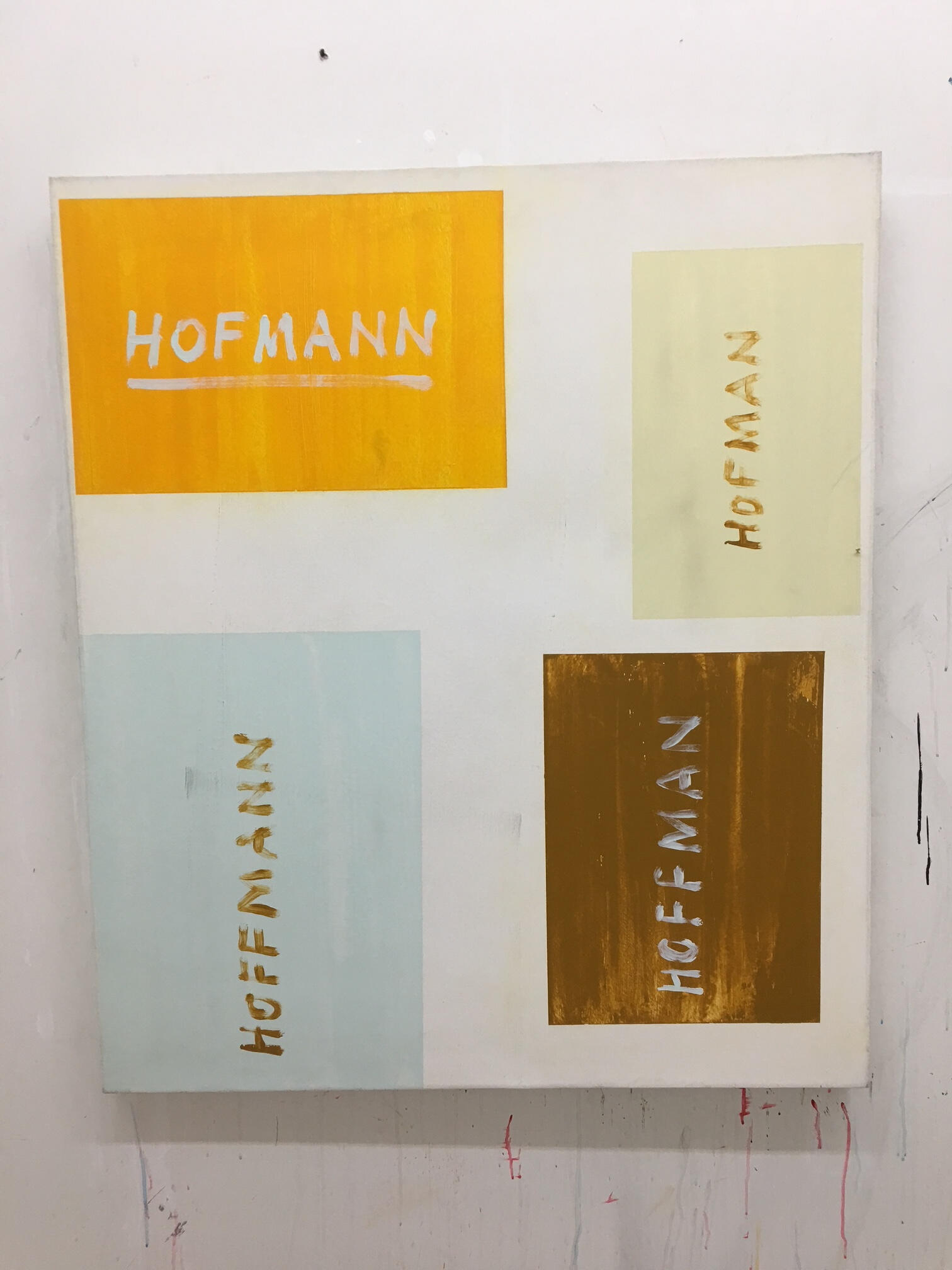
Gearóid Dolan aka ScreaMachine
Resist… Resist
2025
Phototex Inkjet Print
23 x 72 in.
Yukari Edamitsu
Untitiled
2020
Oil on canvas
40 x 30 in
Bonnie Egan
Plane-Air
1980
Watercolor
3.5 x 5.5 in.
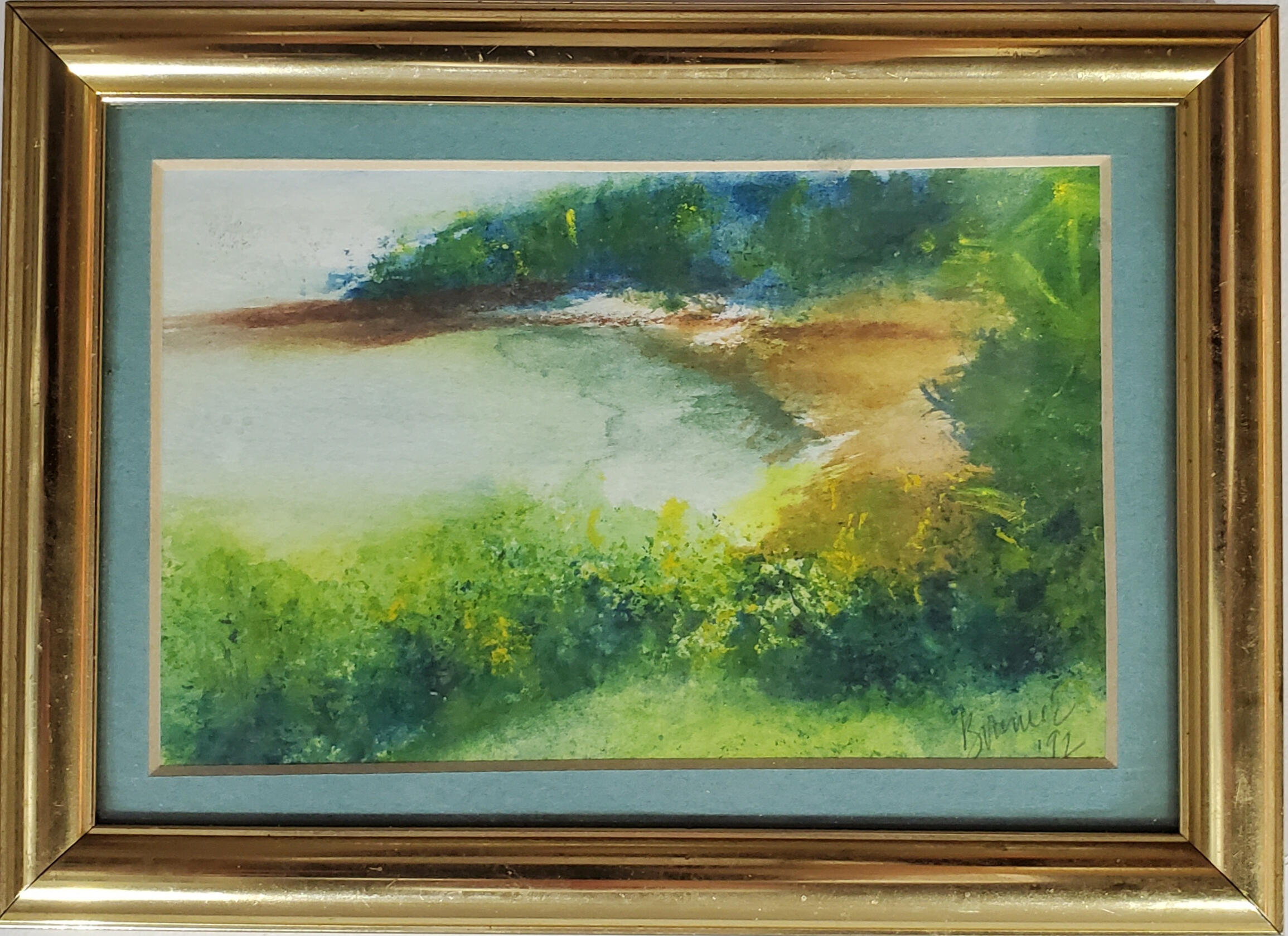
Lauren Fejarang
For Waimanalo Too
2023
Concrete & Palmyra Fiber
21"x11"x4"
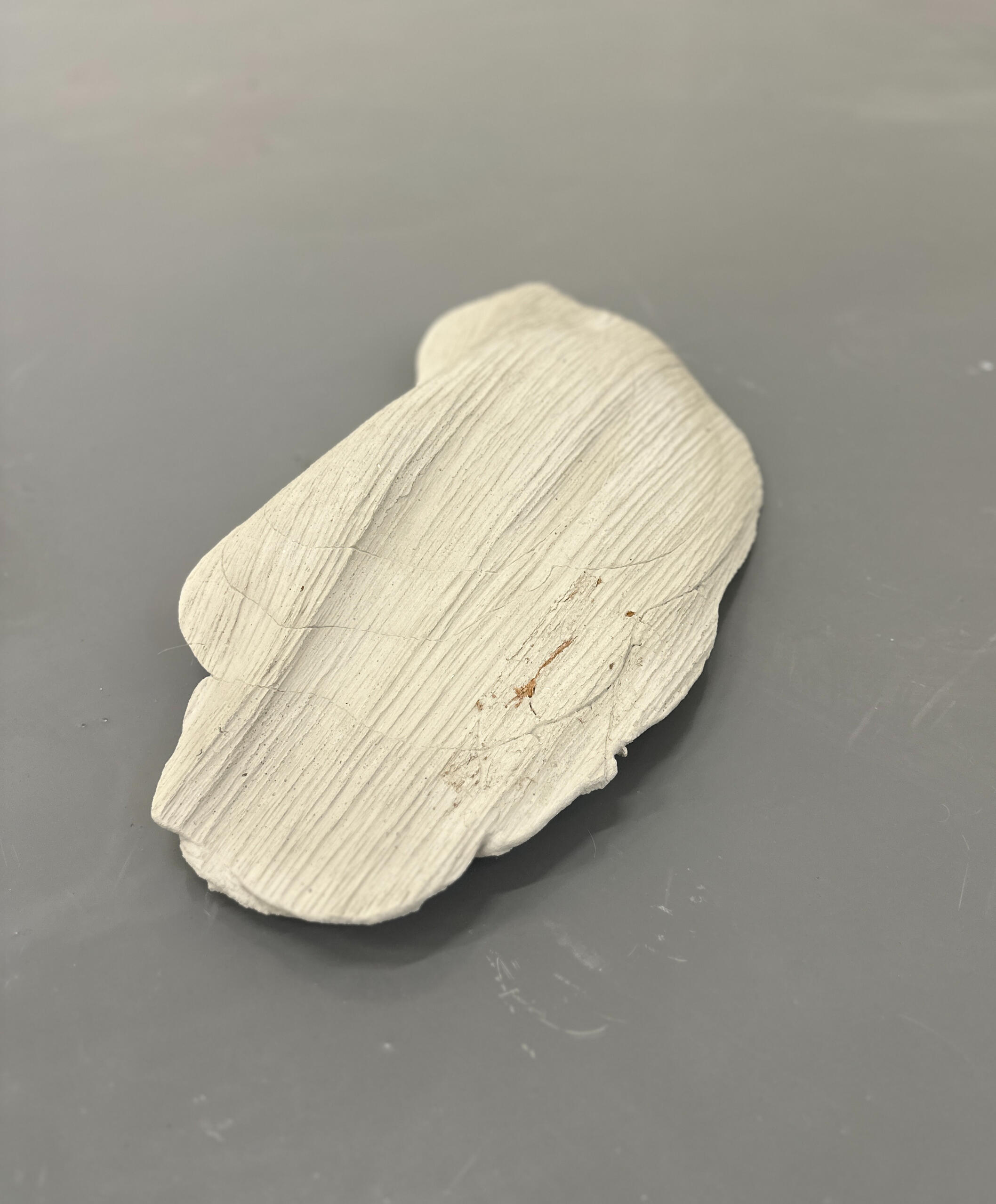
Marc Fields
Columbia Fiero
She Embraces
2025
Watercolor, graphite, Rives BFK paper, vellum
17 x 13 x 1.5 in.
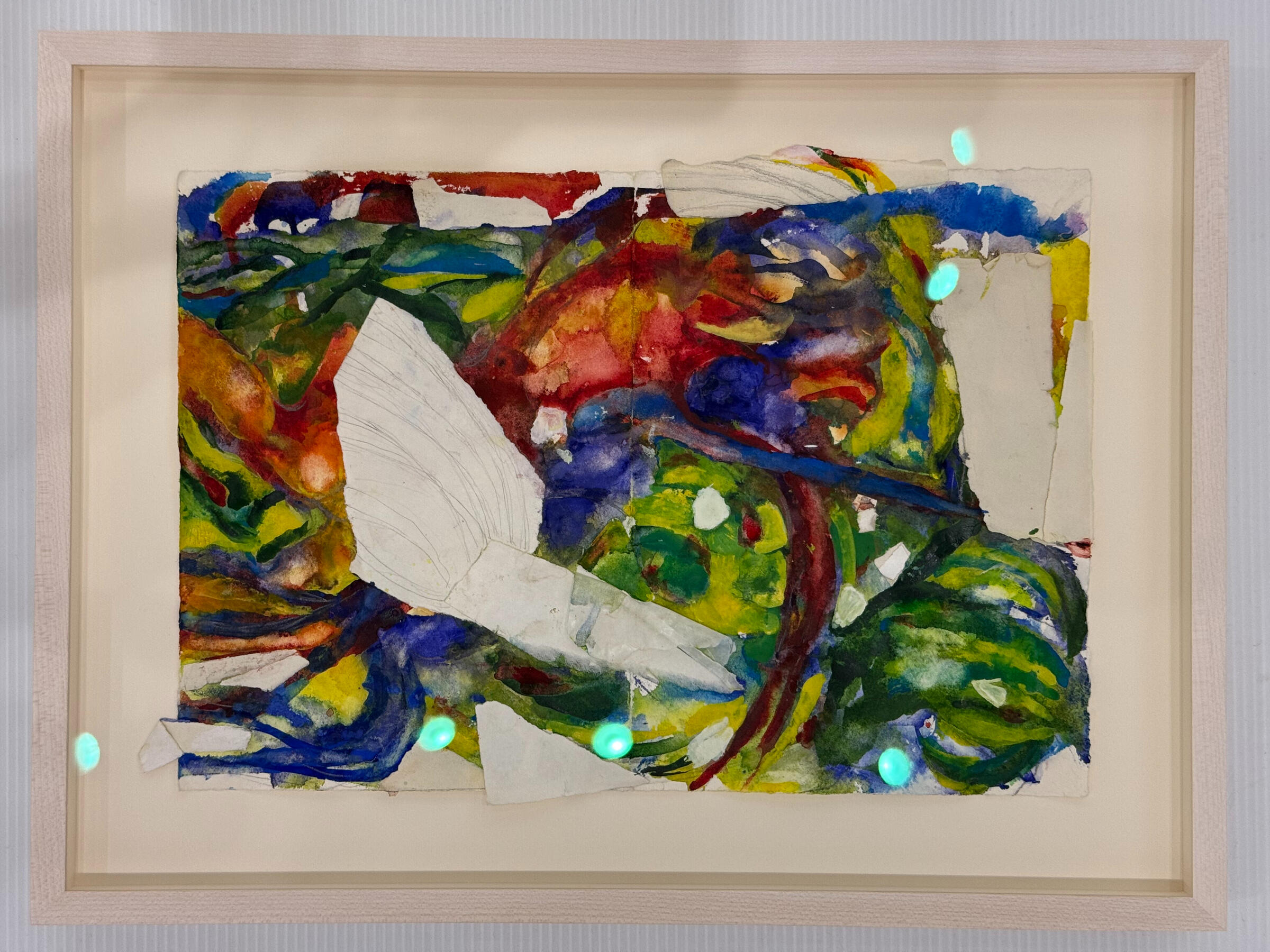
Thomas Fink
All the Livelong Night
2024
Acrylic on canvas
20” x 16”
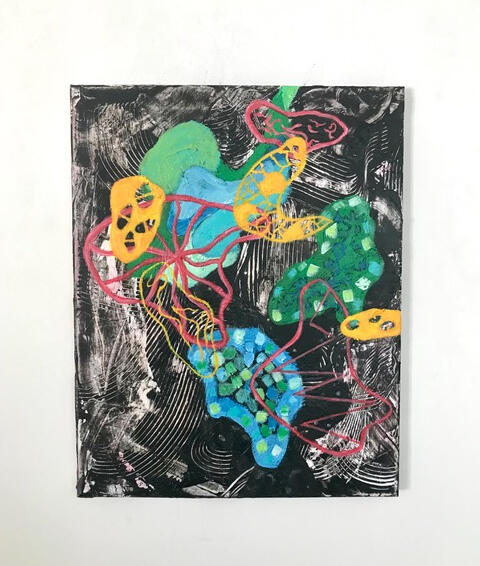
Tom Finkelpearl
Hommage to John Pozzi
1979
Acrylic on wood
16.75 x 5.13 x 3.5 in.
Kent Floeter
Kewaunee Series
2001
19.5 x 19.5 in.
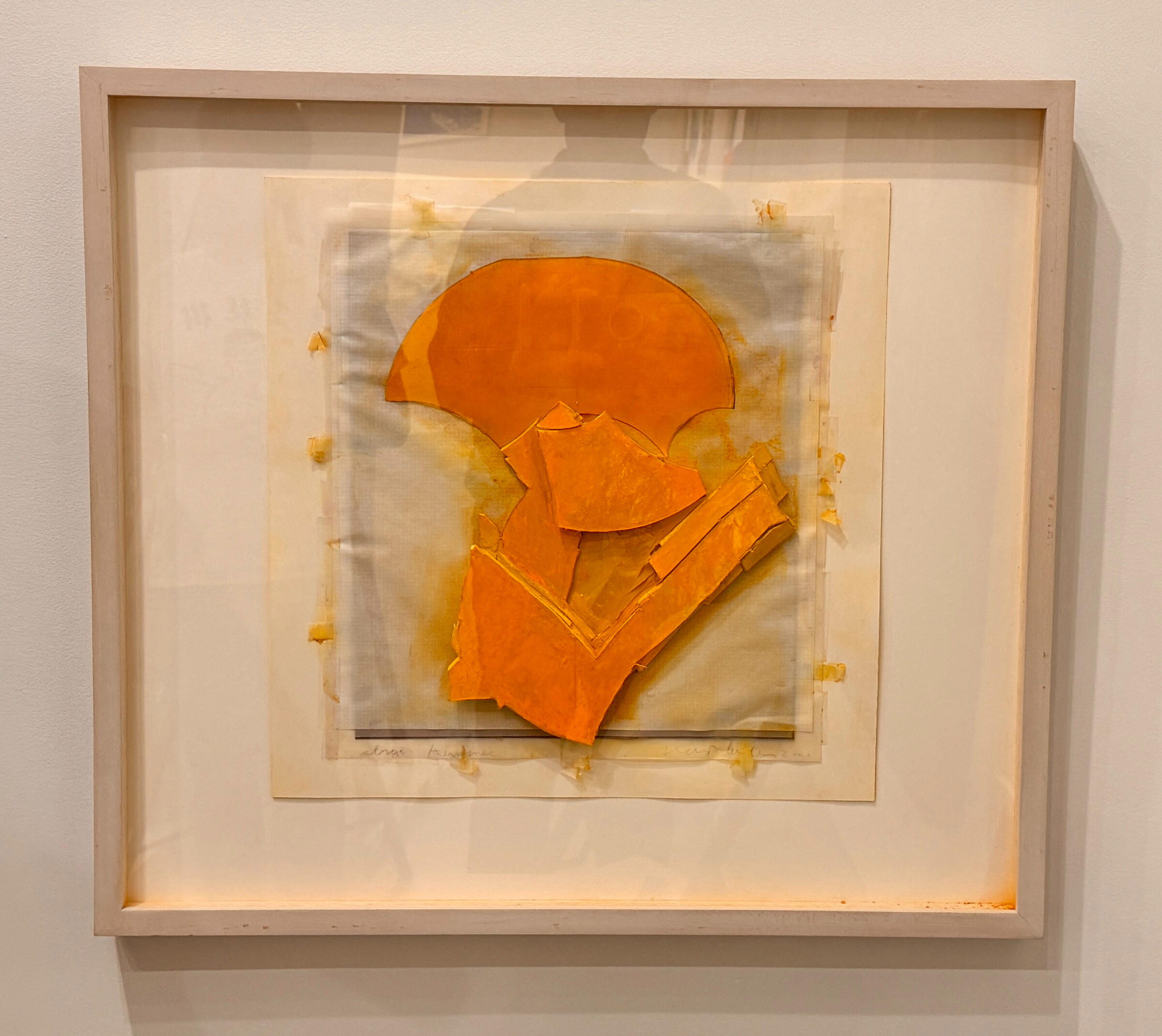
Penny Florence
Carolyn Forrester
The Truth is Out There
2023
Oil on linen
23 x 32 in (58.42 x 81.28 cm)
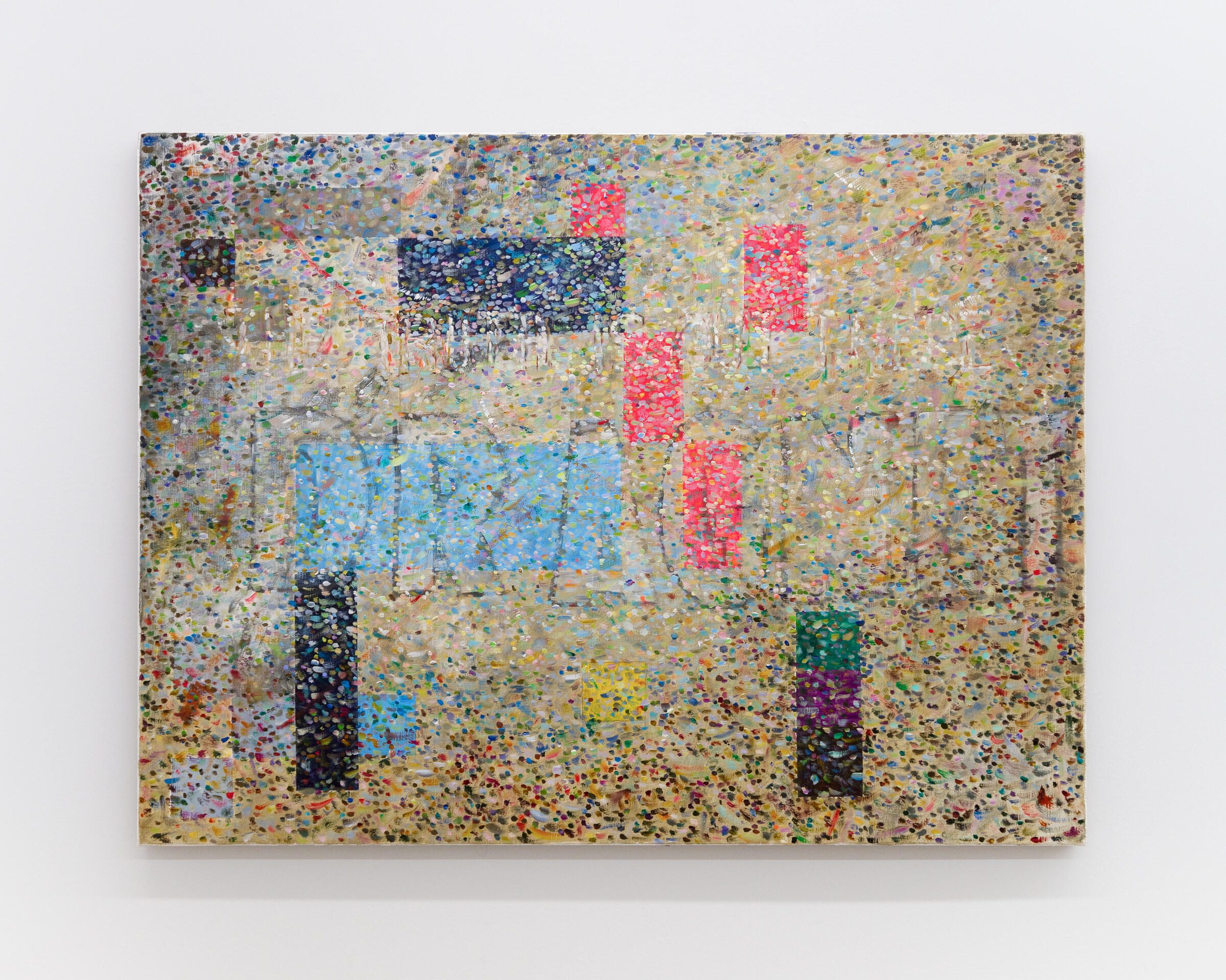
Roy Fowler
Untitled (Wave)
2024
Watercolor
22 x 30 in.
Sunset
2024
Watercolor
12 x 16 in.
Linda Francis
Spiral
2023
Silkscreen ink on Japanese paper
32.5 x 24 in.
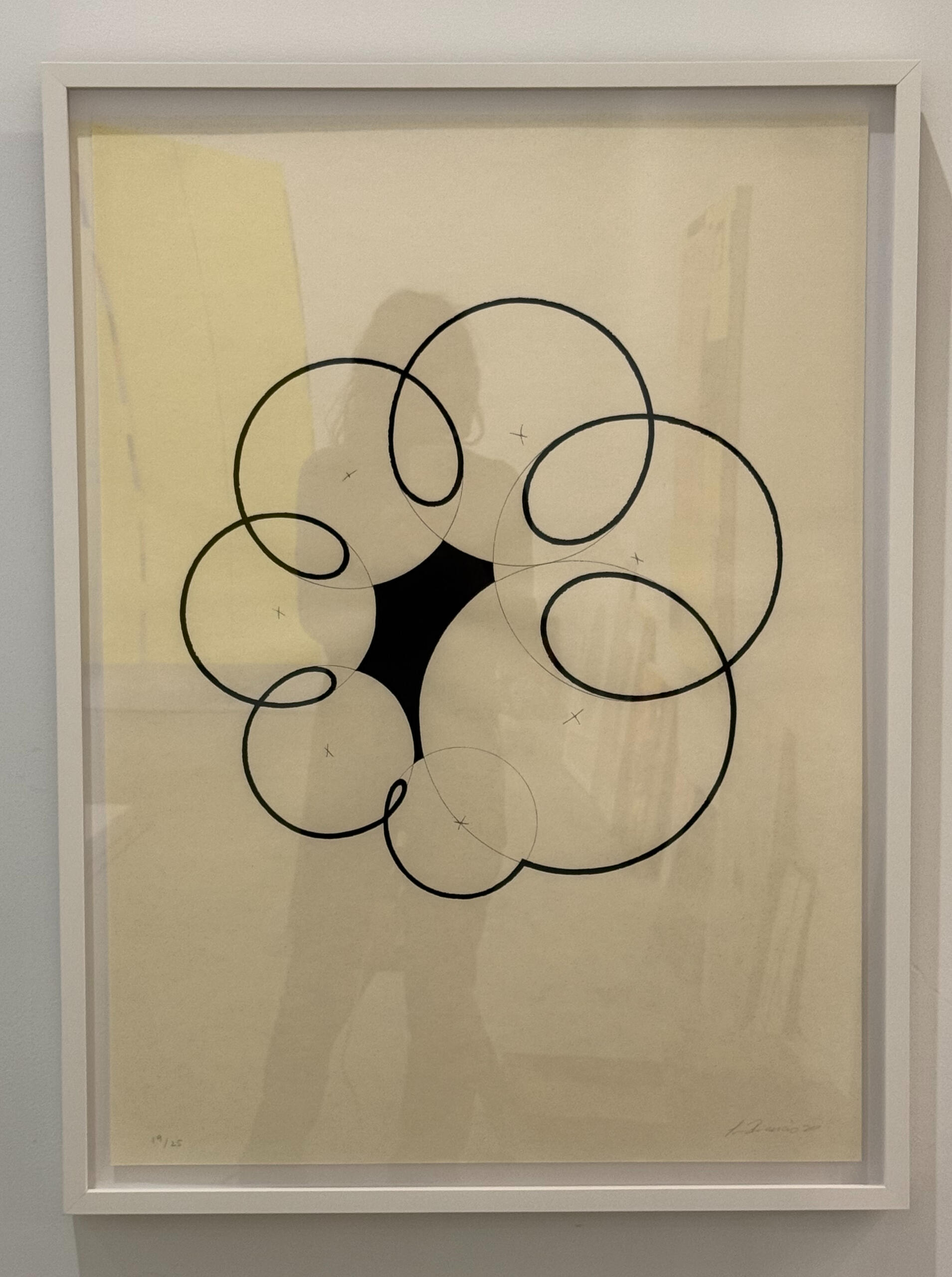
John Franklin
Felt Awry
2024
Satin ribbon, leather cord, grommets, thread, vinyl acrylic paint on wood panel
20 x 16 x 2 in.
Ruth Ann Fredenthal
Untitled #17
1976
Multilayered acrylic on Sennelier rag paper
12 1/2" x 9" in Polished Maple Frame
18"x 15" x 1” with Museum quality rag Matt and
Devon non reflective glass
Allen Furbeck
Steve Gavenas
Stan Gaz
1985
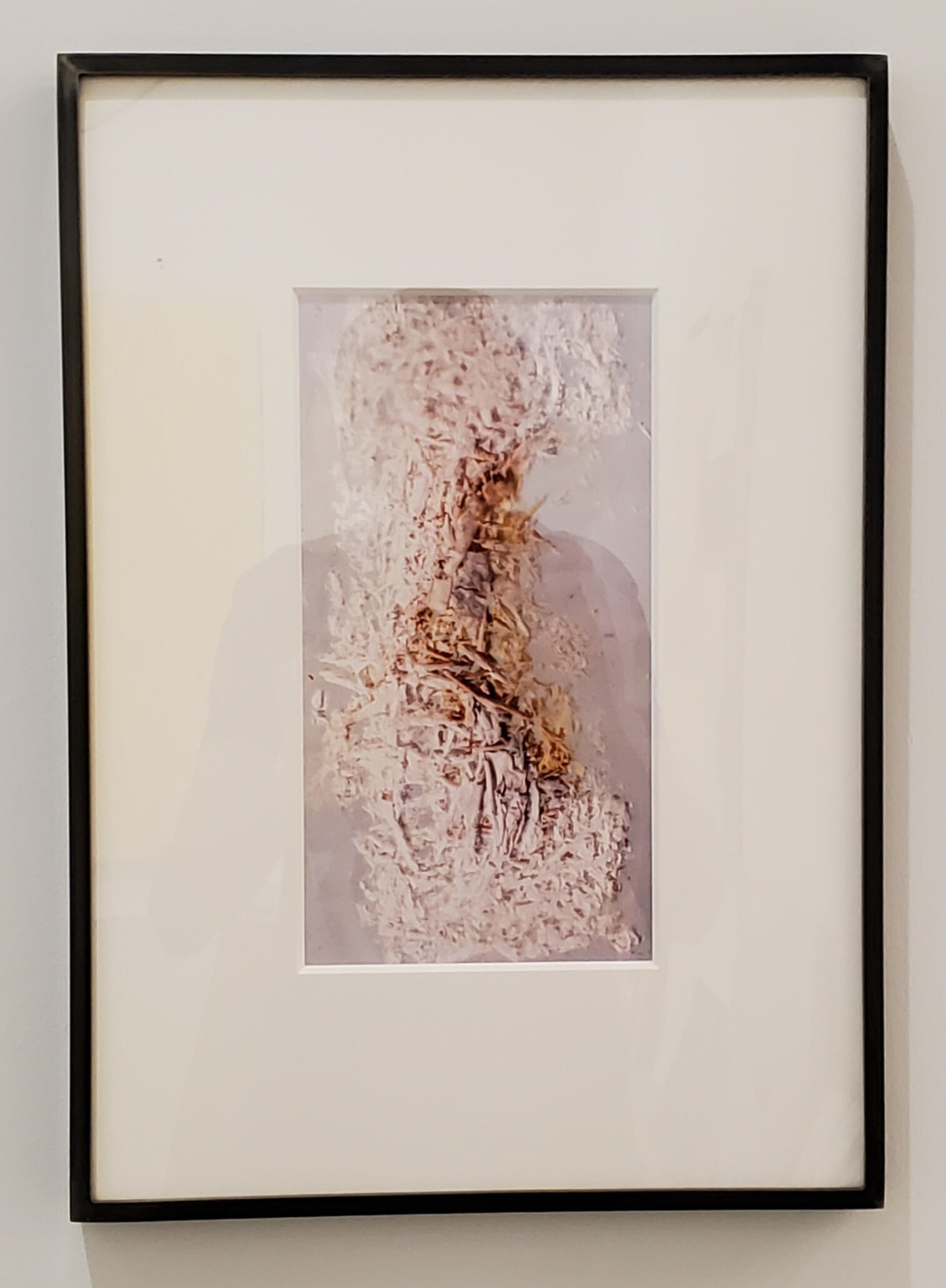
Frank Gehry
Roland Gebhardt
Cris Gianakos
Jeremy Gilbert-Rolfe
Richard Gluckman
Michael Goldberg
Ron Gorchov
Luke Gray
Timothy Greenfield-Sanders
Jeremy Gilbert-Rolfe
1987
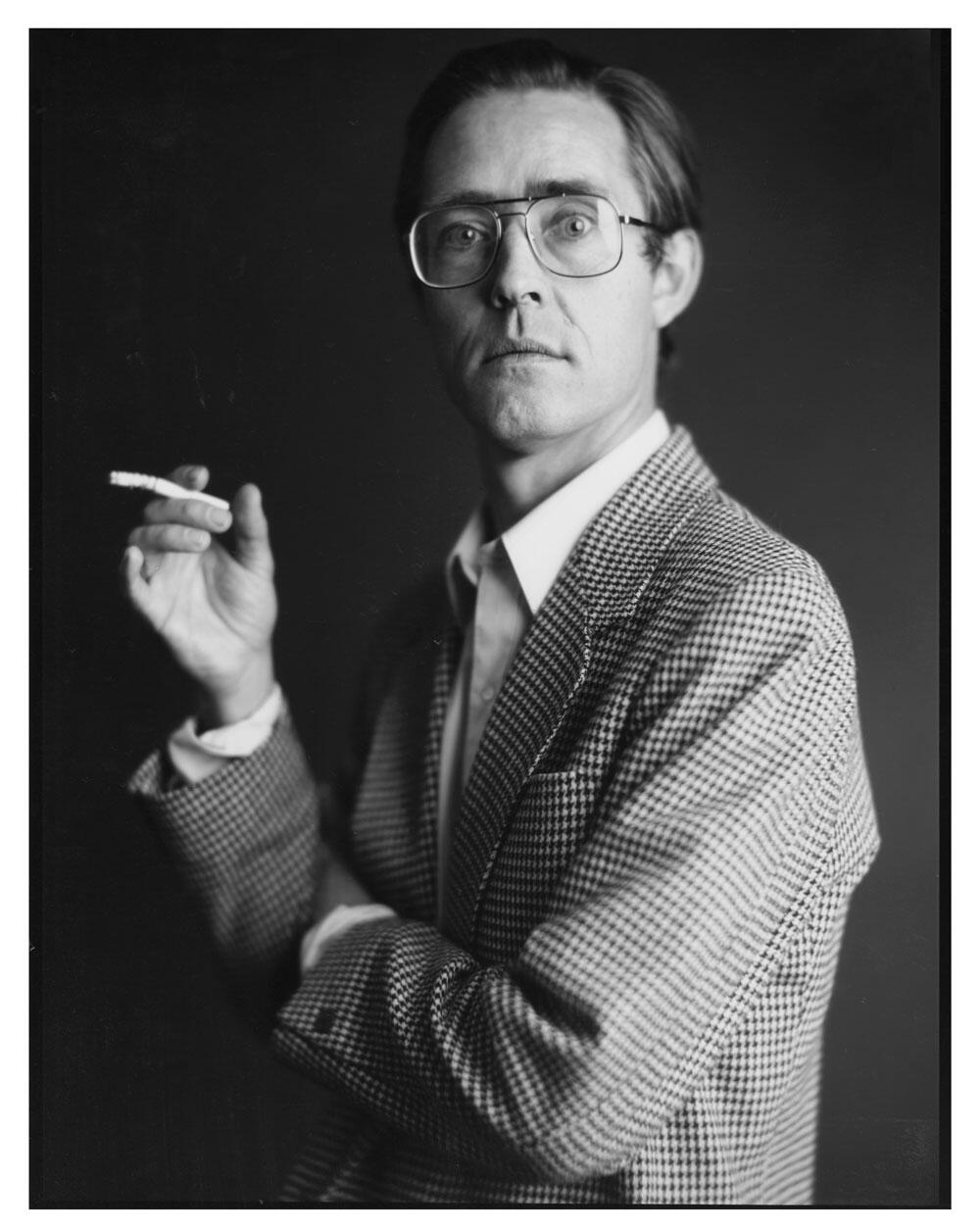
Jeremy Gilbert-Rolfe and Christian Haub
1987
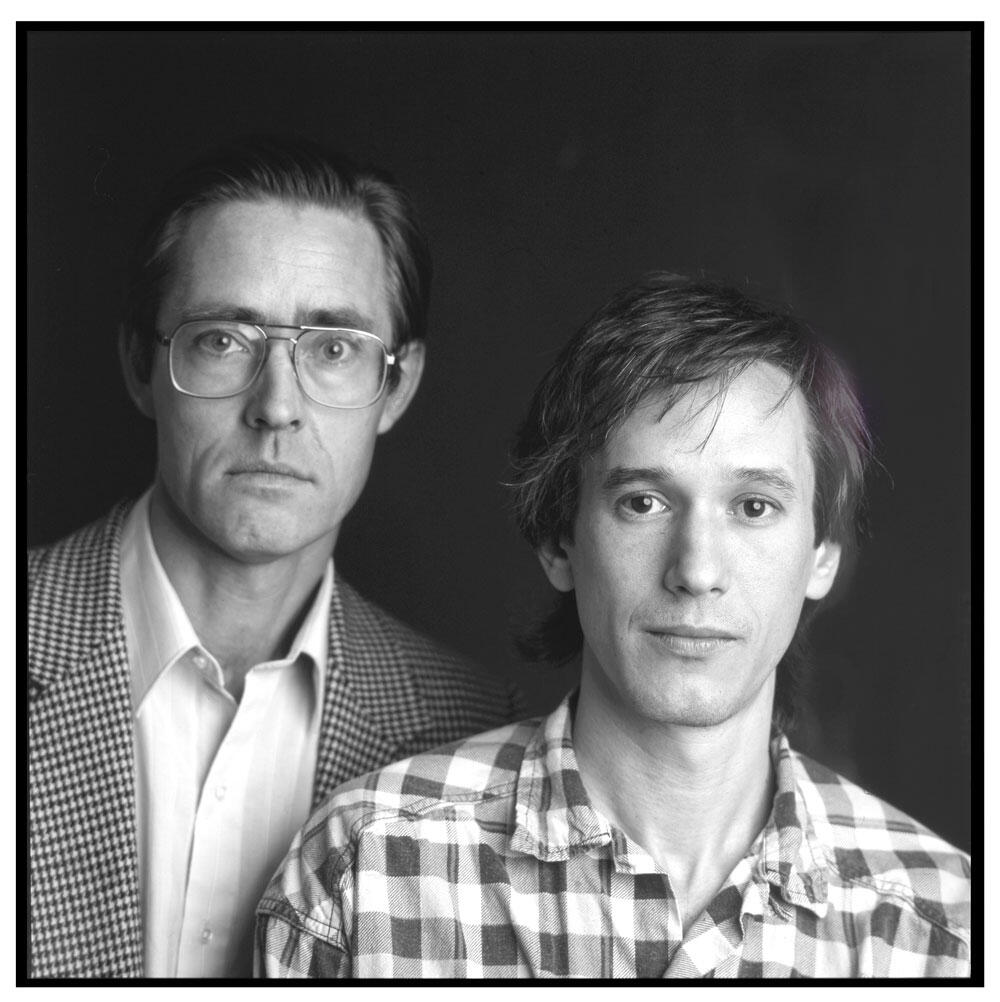
Jeremy and Cyrus Gilbert-Rolfe
1987
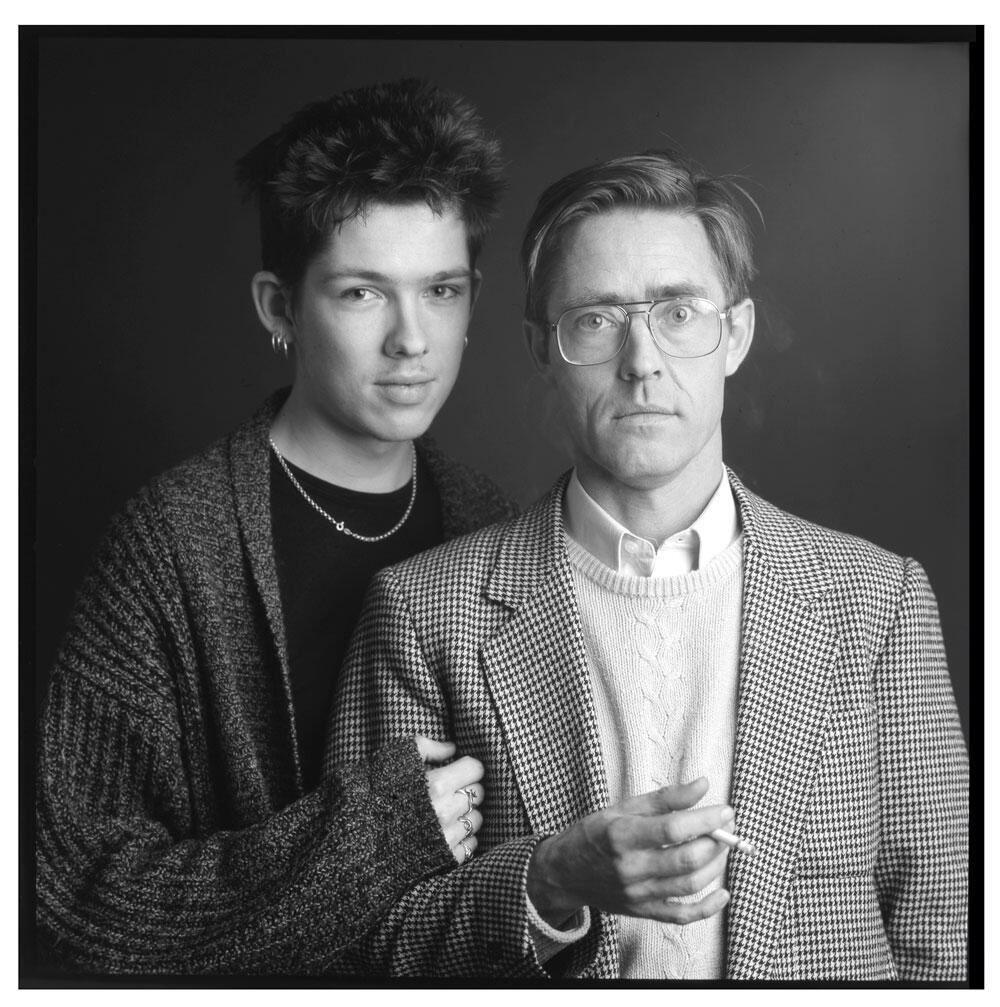
Stephen Guild
Mark Harris
1990
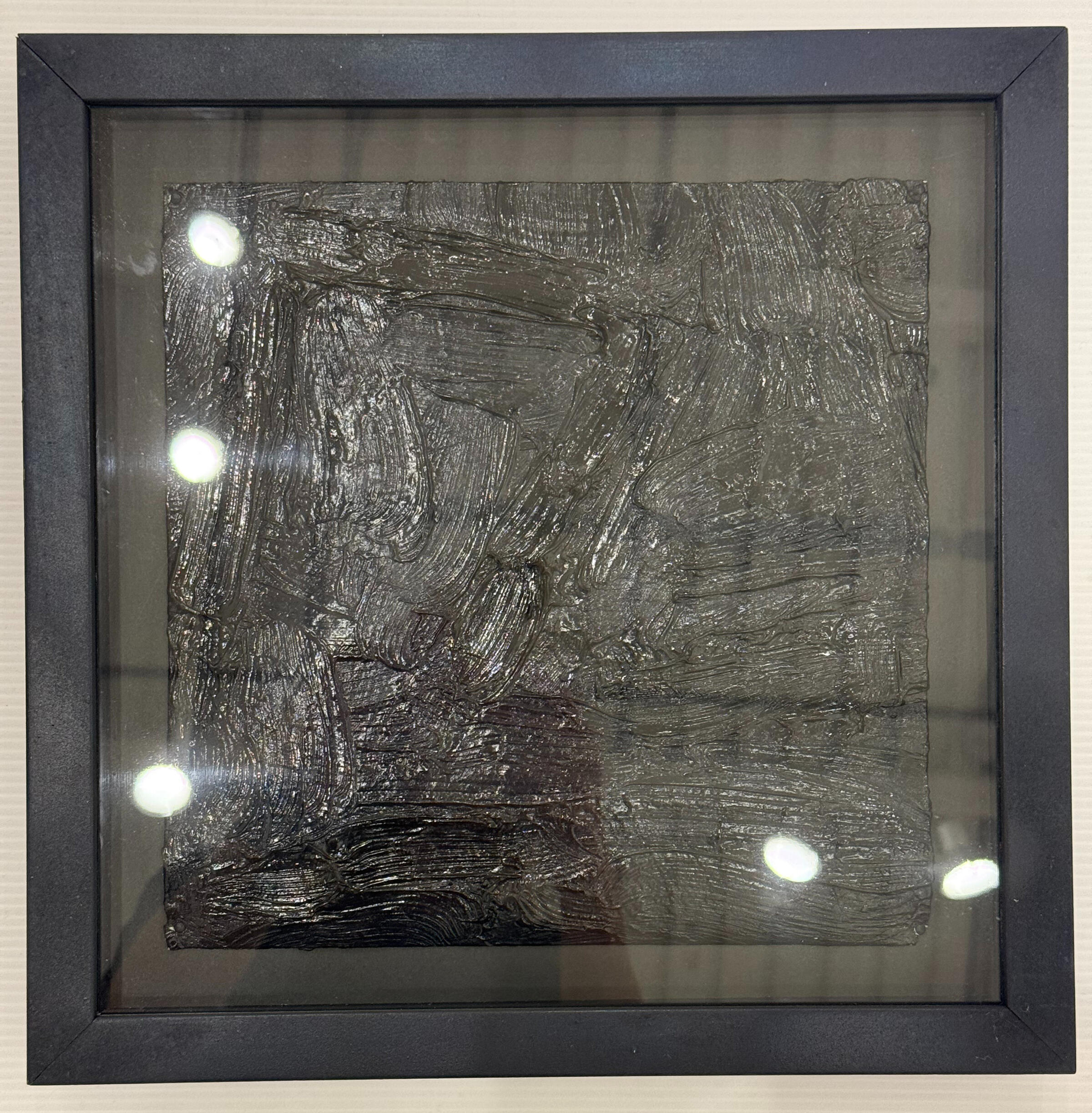
Peter Halley
3.6.23.1
2023
Work on paper
24x19 inches
Collection of Timothy and Karin Greenfield-Sanders
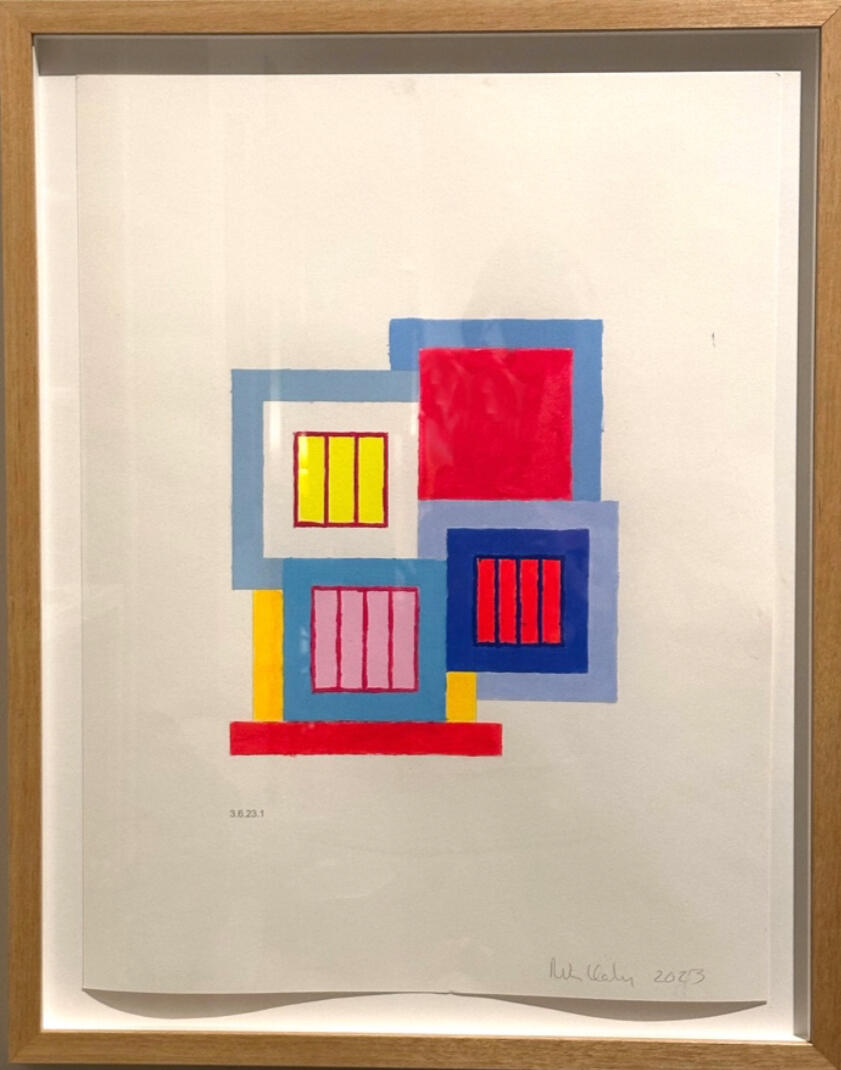
Hannah Halstead
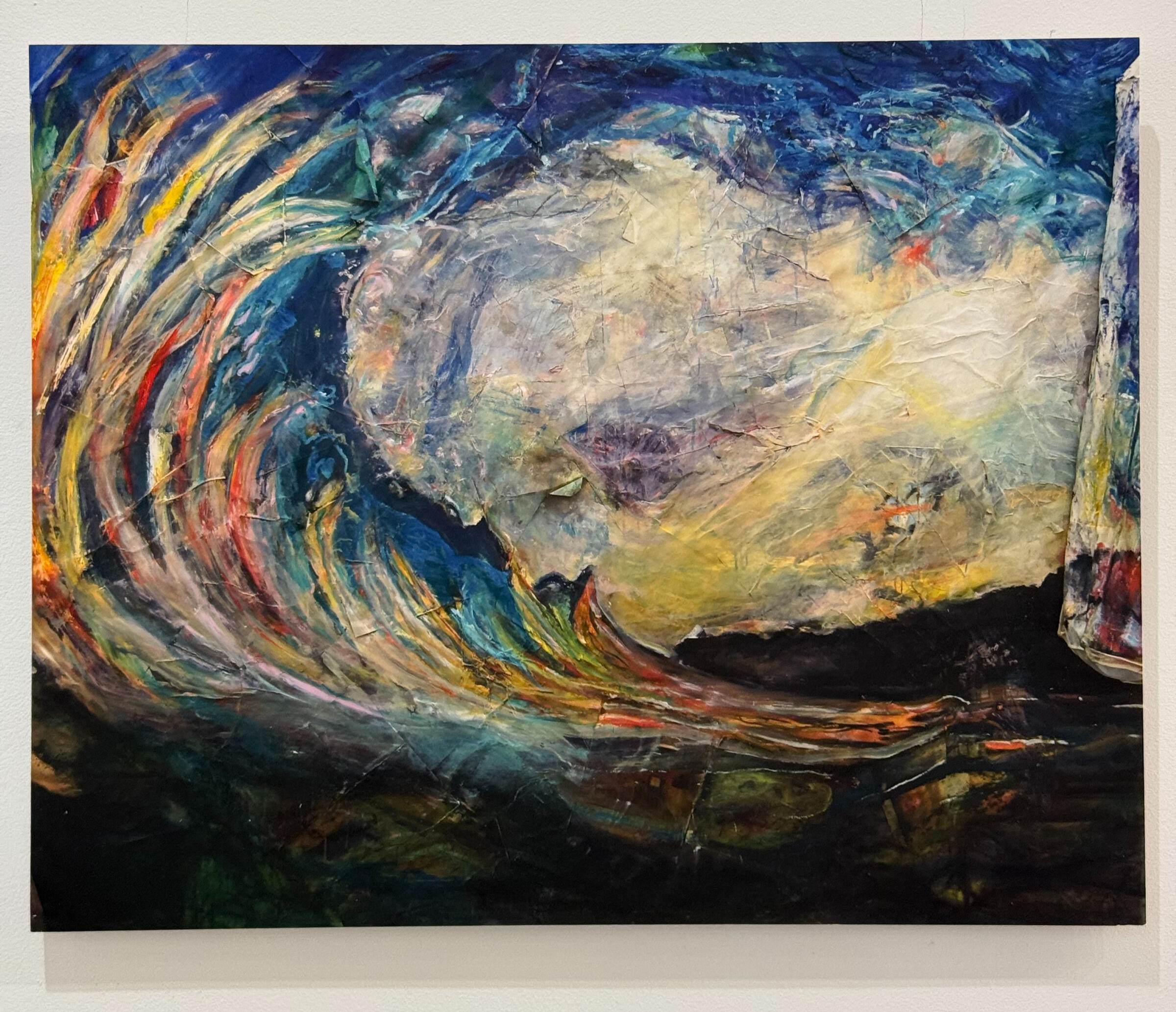
Christian Haub
Float for Roćko
2025
Cast acrylic sheet
52 x 24 x 4.5 in
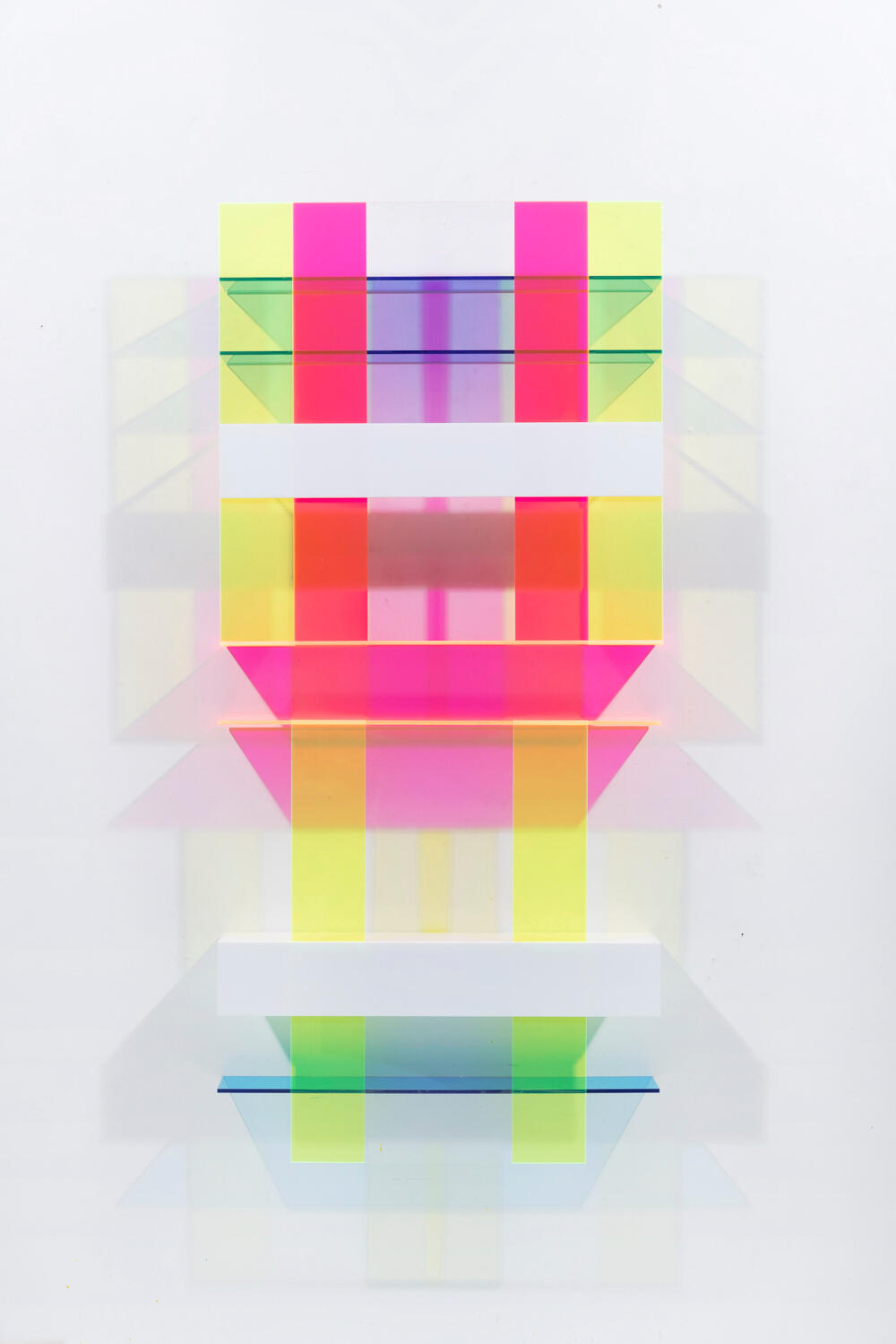
Nancy Haynes
James Hayward
Renata Hegyi
Hanna Hellsten
Clinton Hill
1964
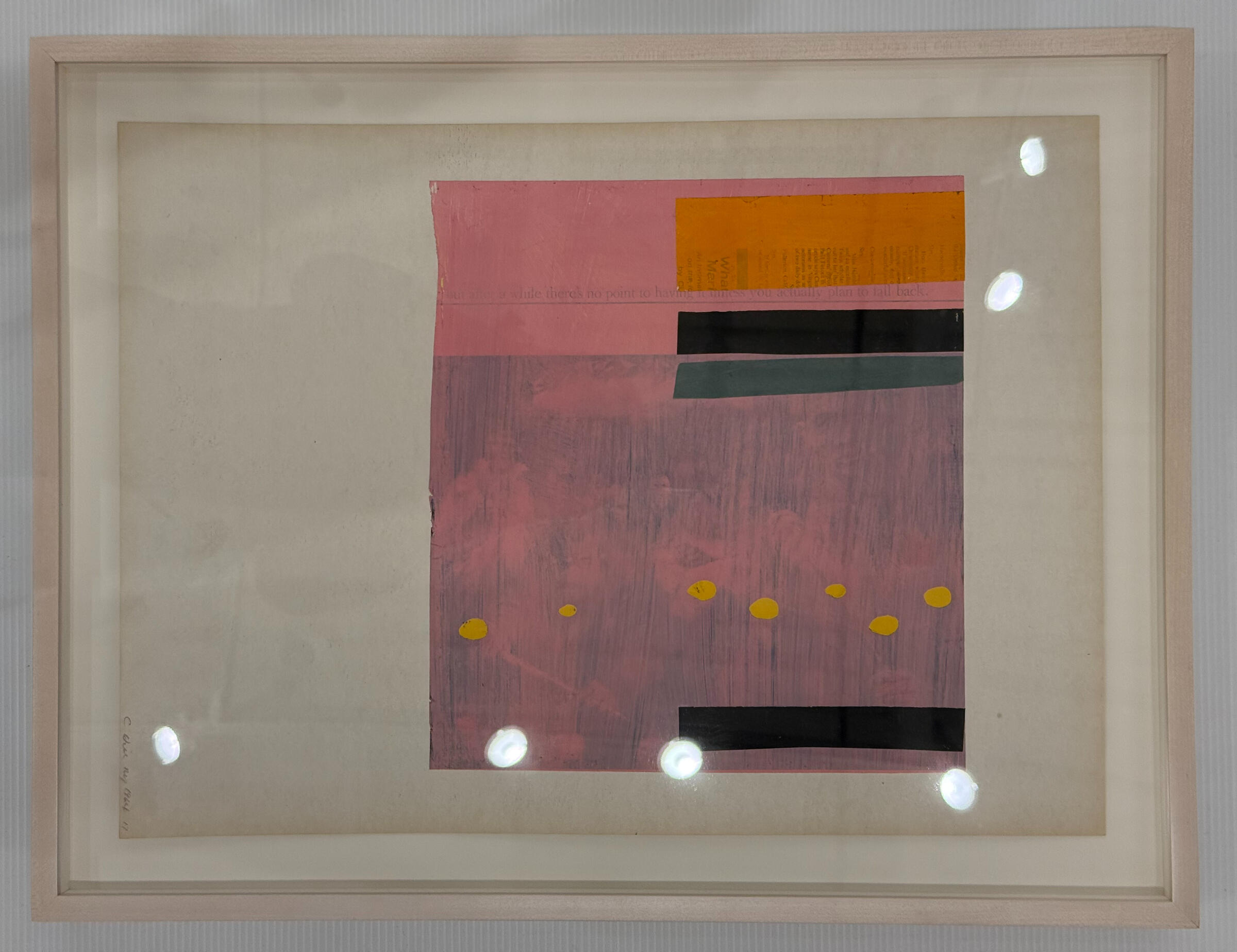
Daniel G Hill
Fallen Painting-four stripes
2019
Starched cotton, map tacks
46"x17"x4"
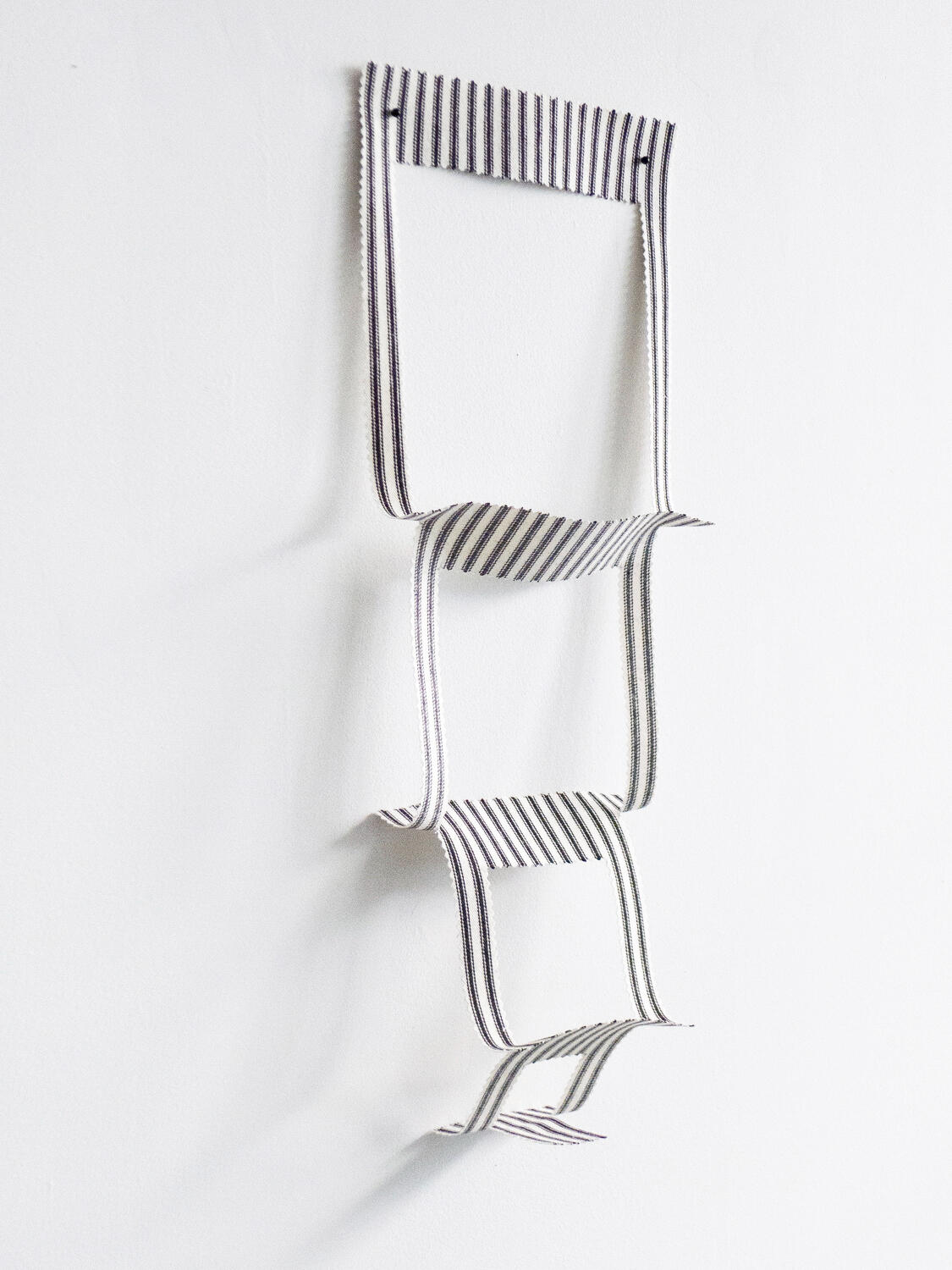
Hans Hofmann
Robert Hooper
Tishan Hsu
Body Scanner
1988
20.5 x 16.5 inchesCollection of Timothy and Karin Greenfield-Sanders
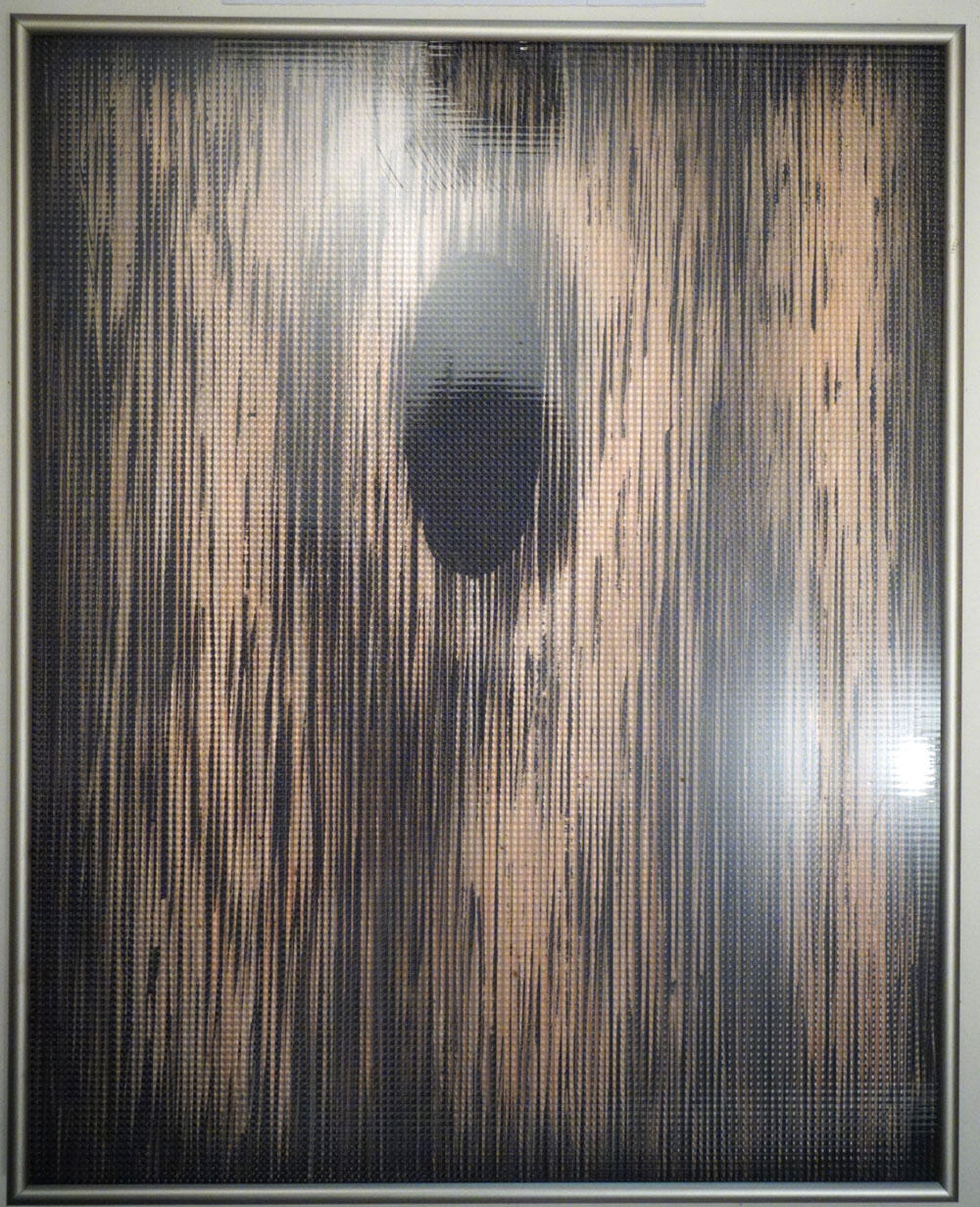
James Hyde
Raymie Iadevaia
Luke Jackson
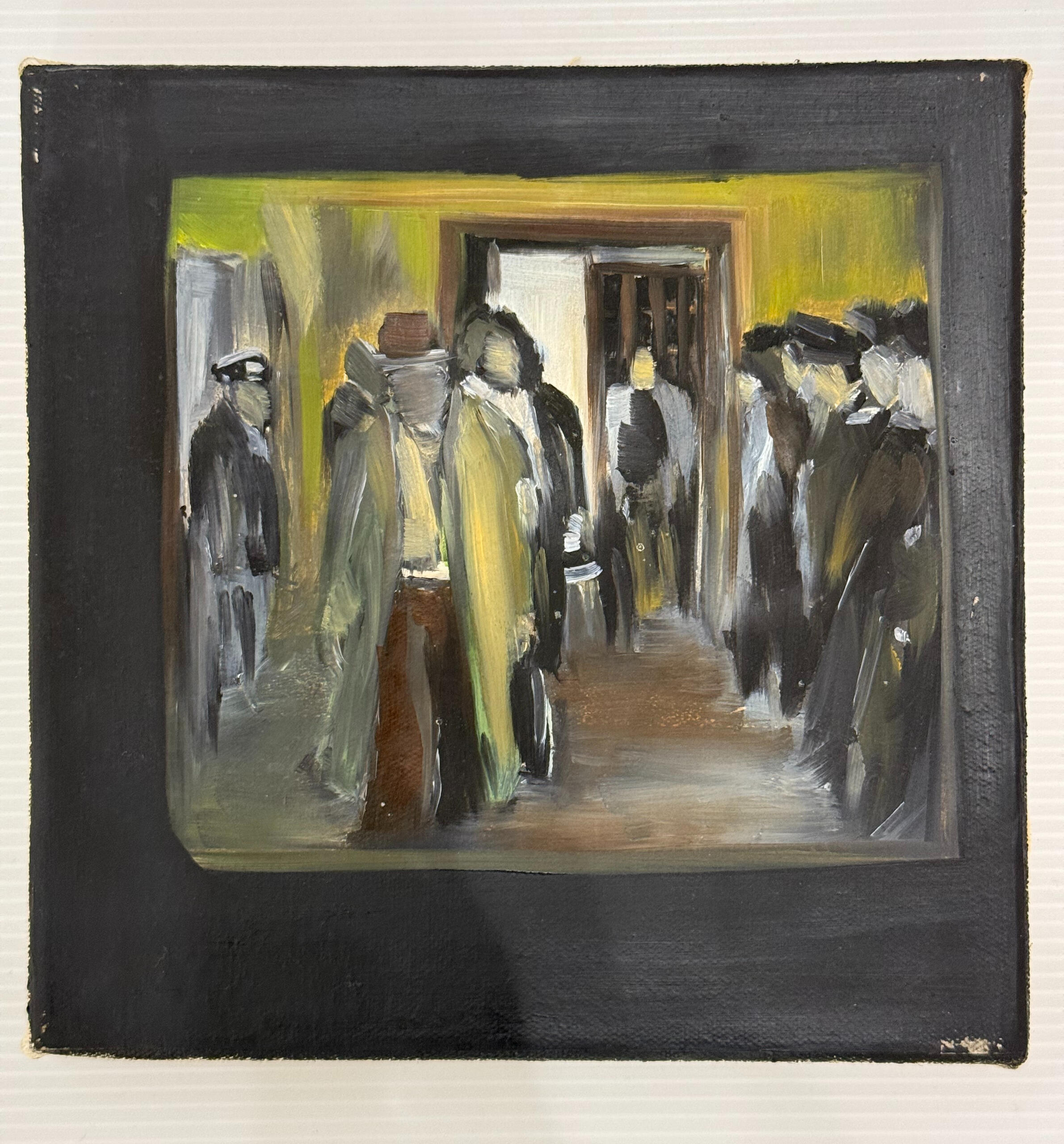
Sam Jackson
2011
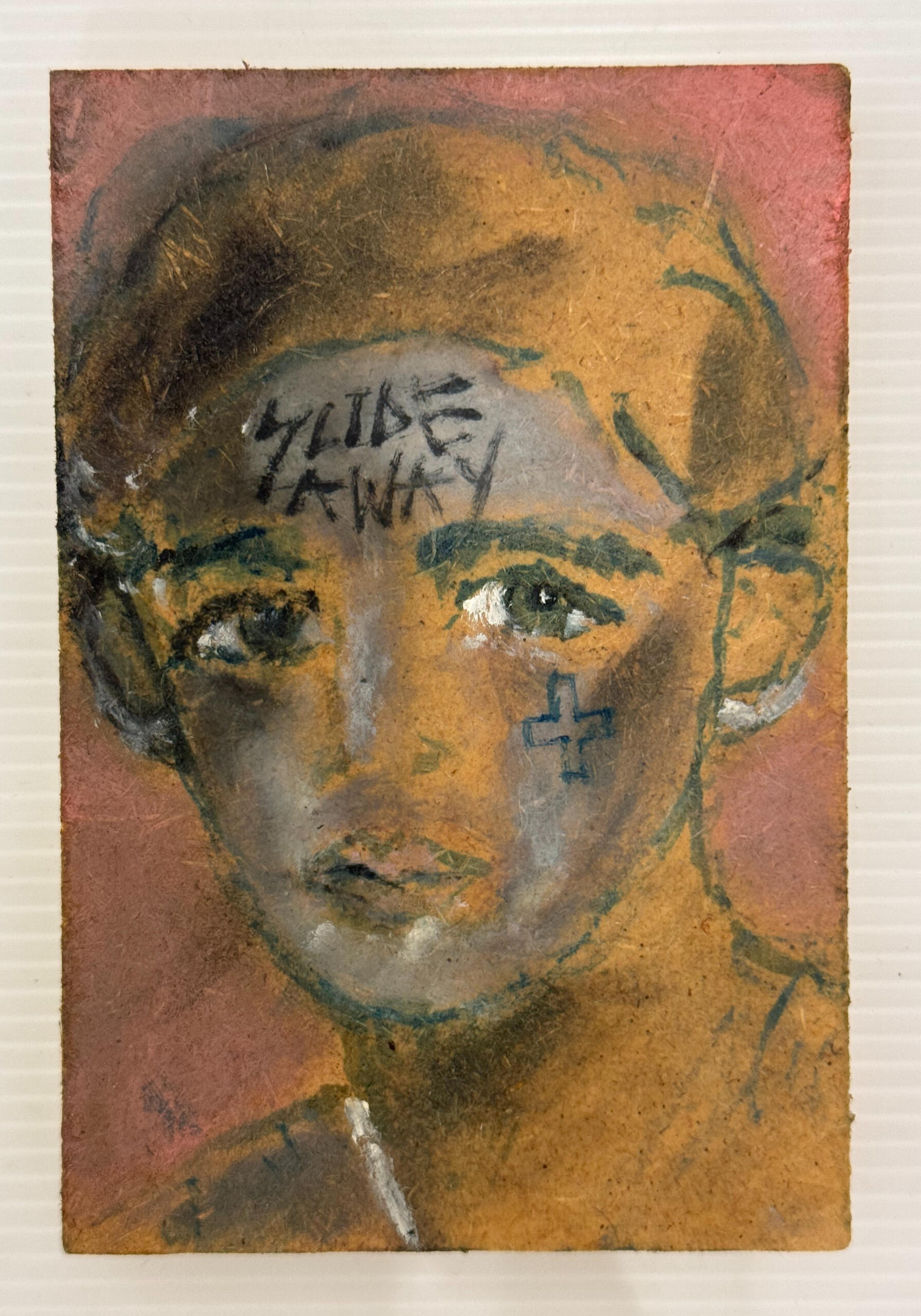
Diane Jacobs
Ron Janowich
Gabrielle Jennings
Silent Spring Redux Ch.1, P1,
video still with title page illustration by Lois and Louis Darling, 1962
2025unique ink jet print on enhanced matte paper, acrylic paint20 x 20 inches, framed
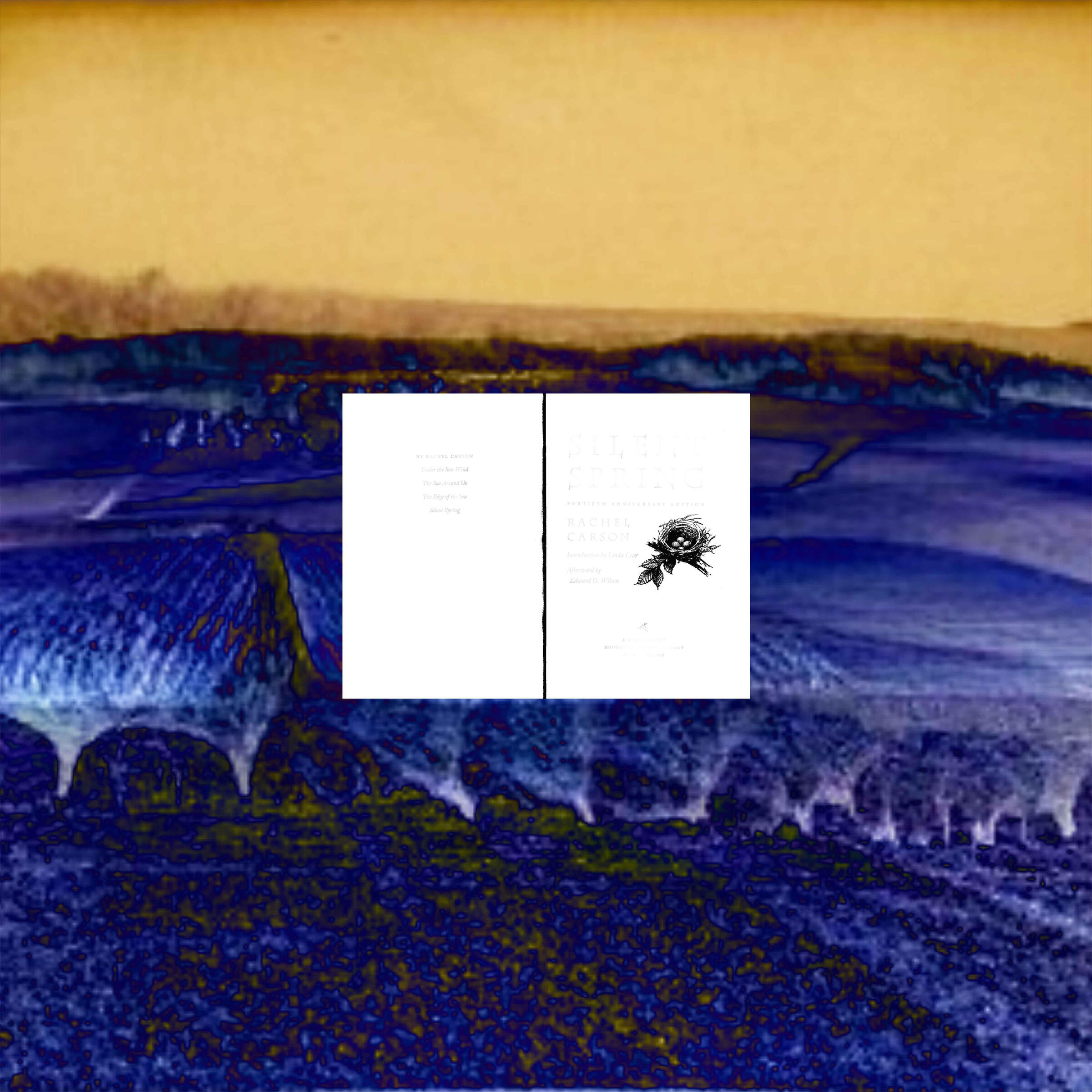
Jasper Johns
Ventriloquist
1990
40x27 inches
Collection of Timothy and Karin Greenfield-Sanders
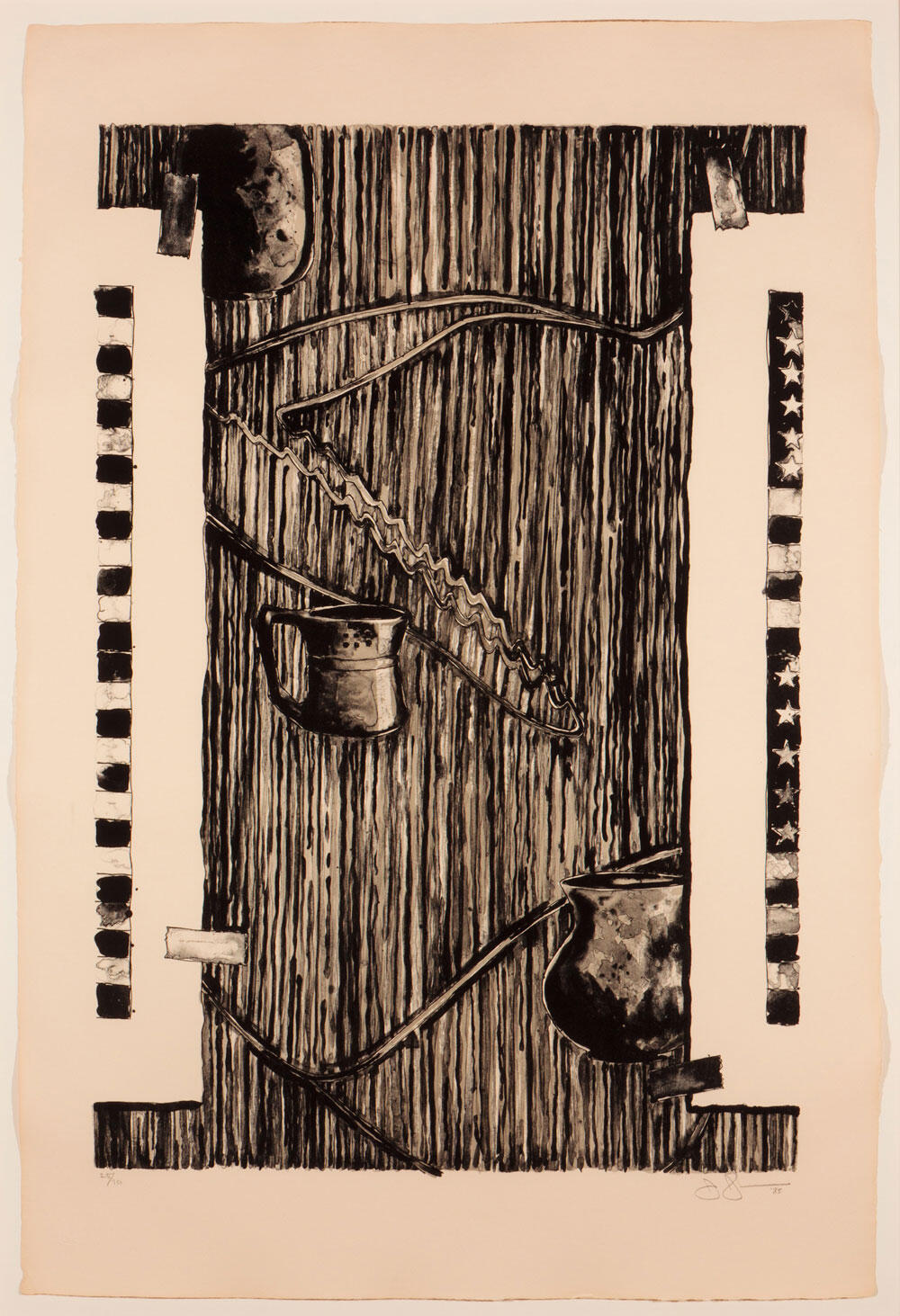
Ed Johnson
Untitled (Funeral)
1999
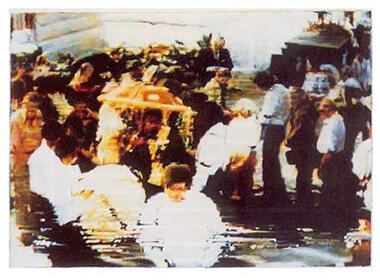
John Johnston
Joan Jonas
1996

Wendy Evans Joseph
Richard Kalina
Shirley Kaneda
Banal Sublime
2024
Acrylic, vinyl on canvas
36 x 30 in.
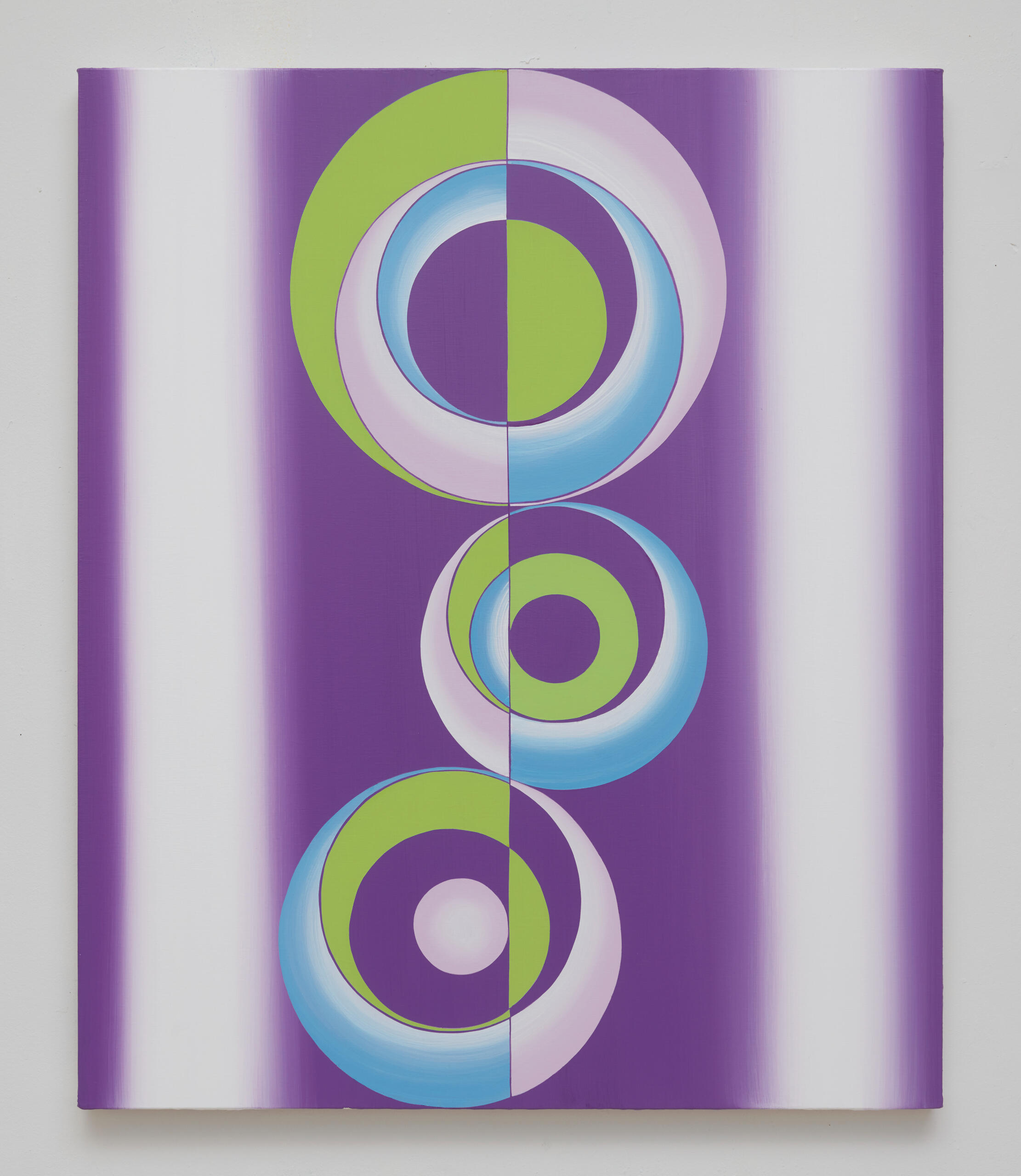
Stan Kaplan
2024
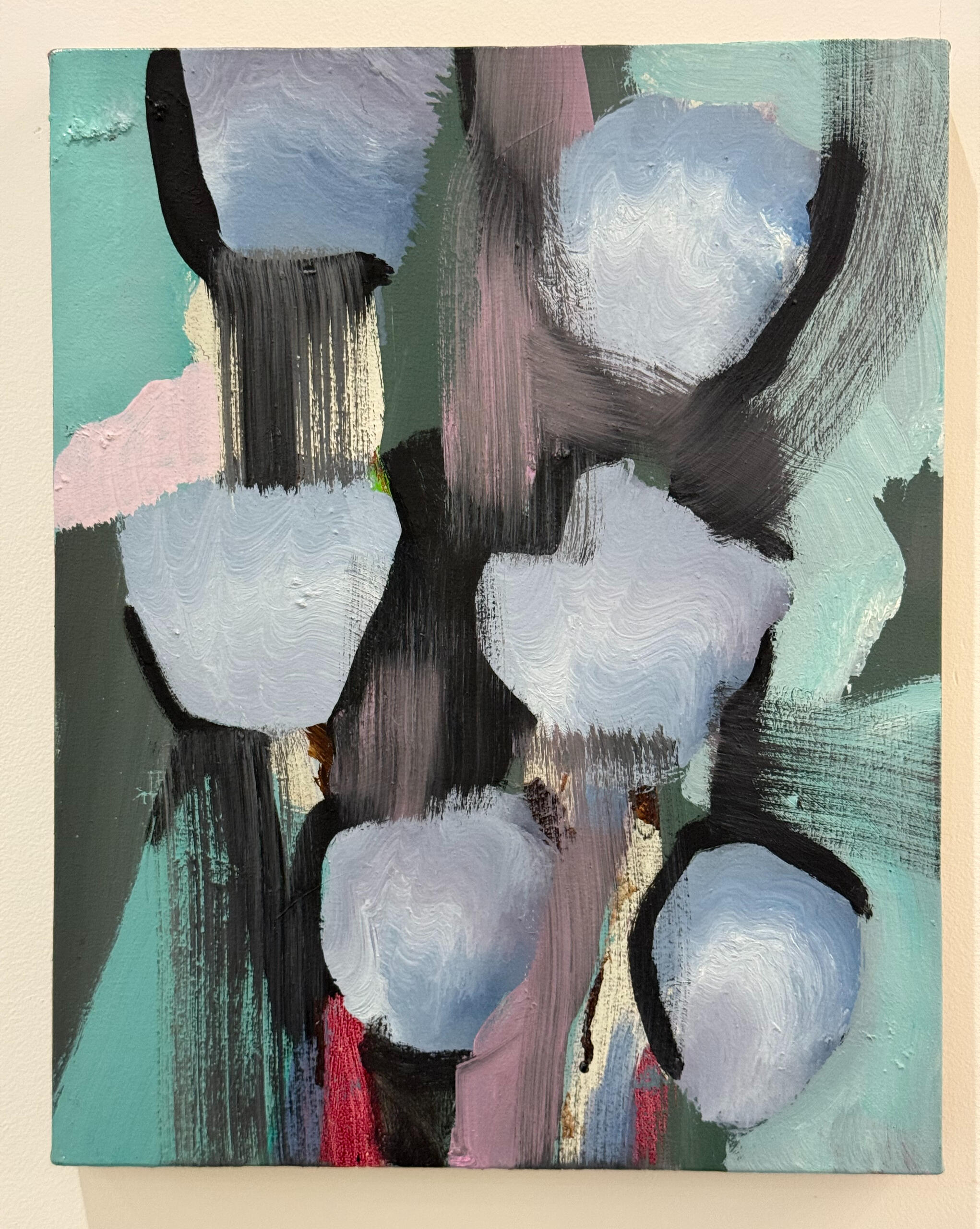
Everett Kane
2014
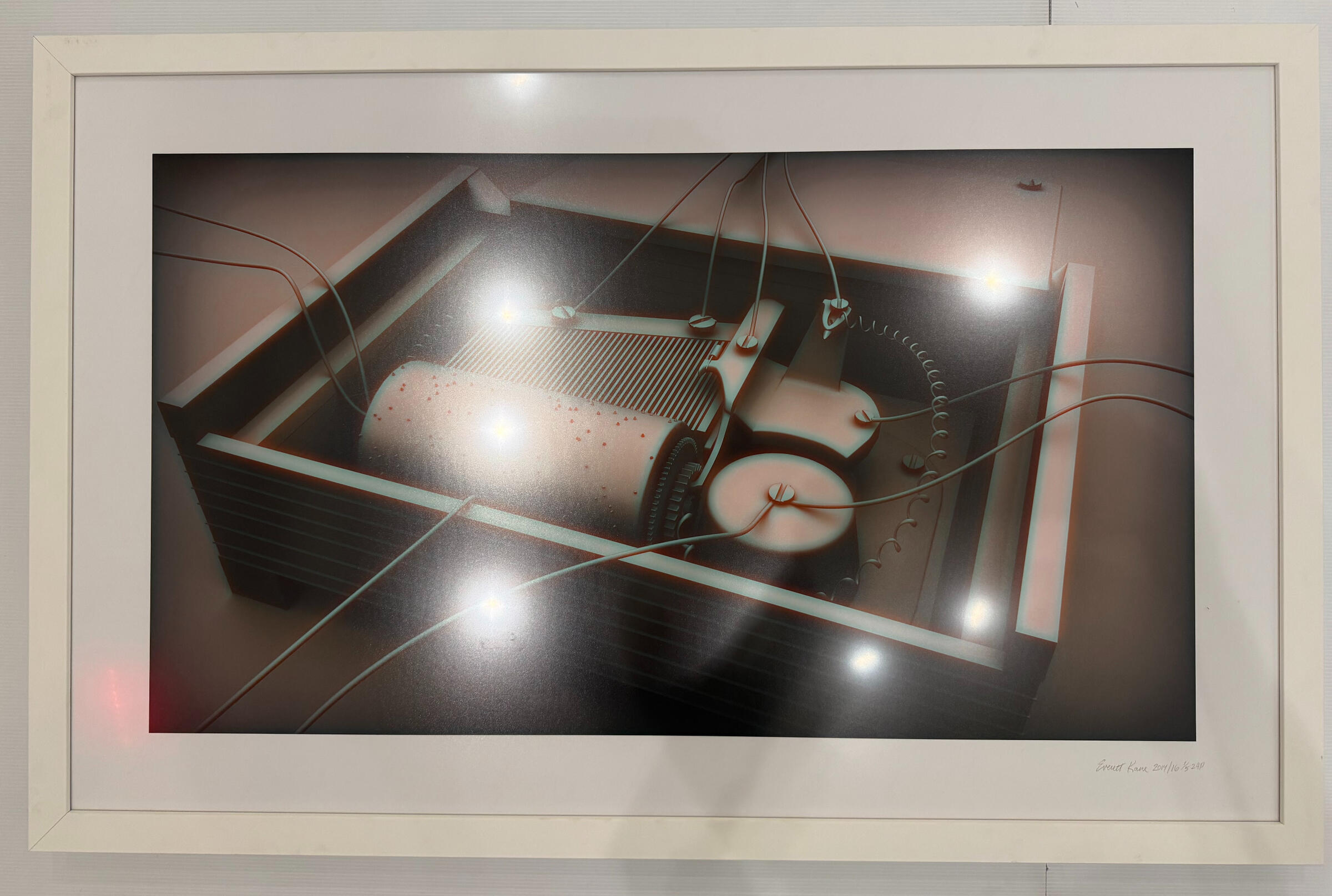
Marthe Keller
2018-2025
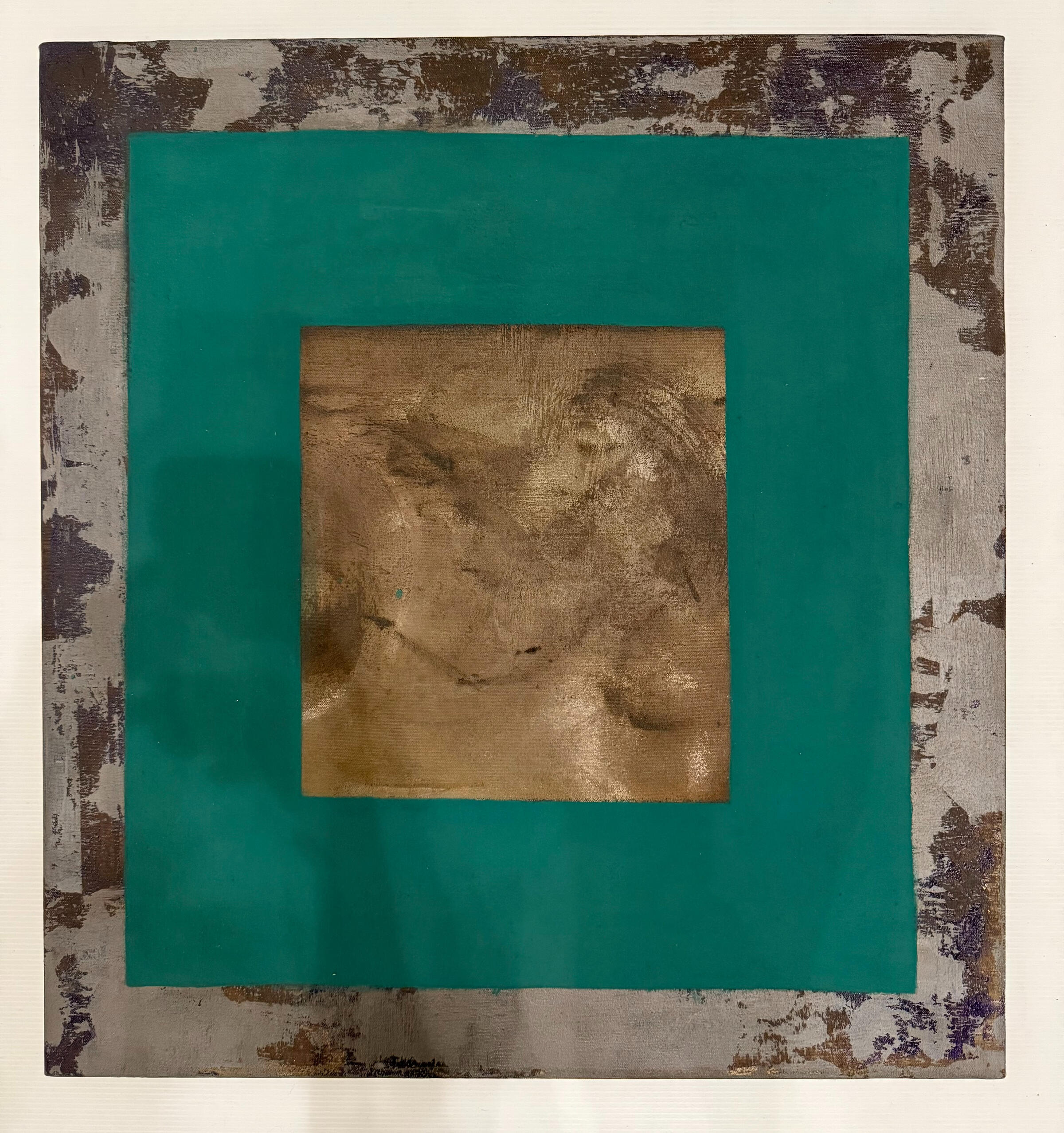
Mike Kelley
Gwenael Kerlidou
Marjorie Kernan
Rachel Kessler
Collective Nest,
2022,
Oil on Canvas,
27" x 25"
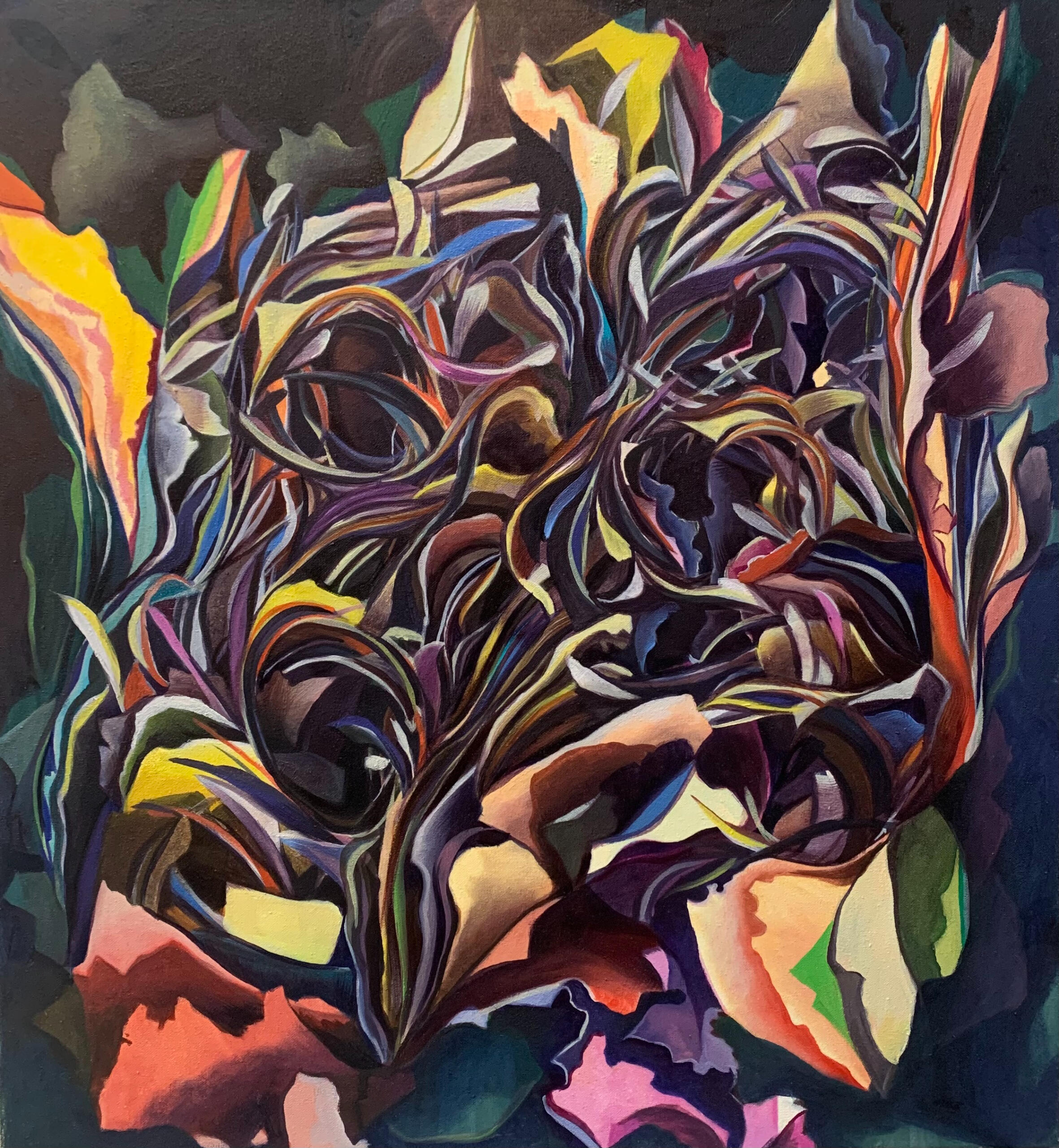
Julia Kidd
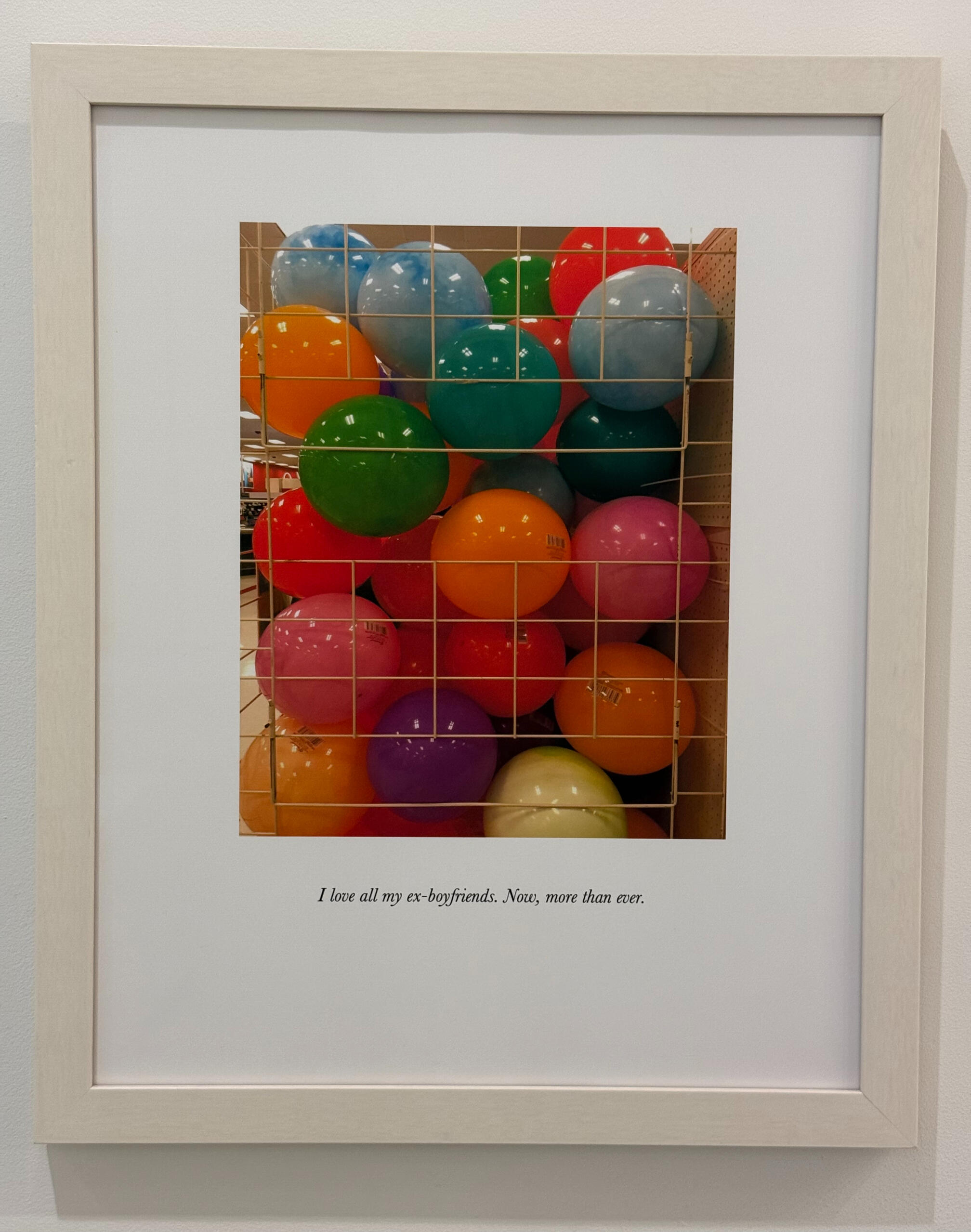
Rick Klauber
New Plan
7/2/24
Acrylic on white cedar shims
26 x 24”
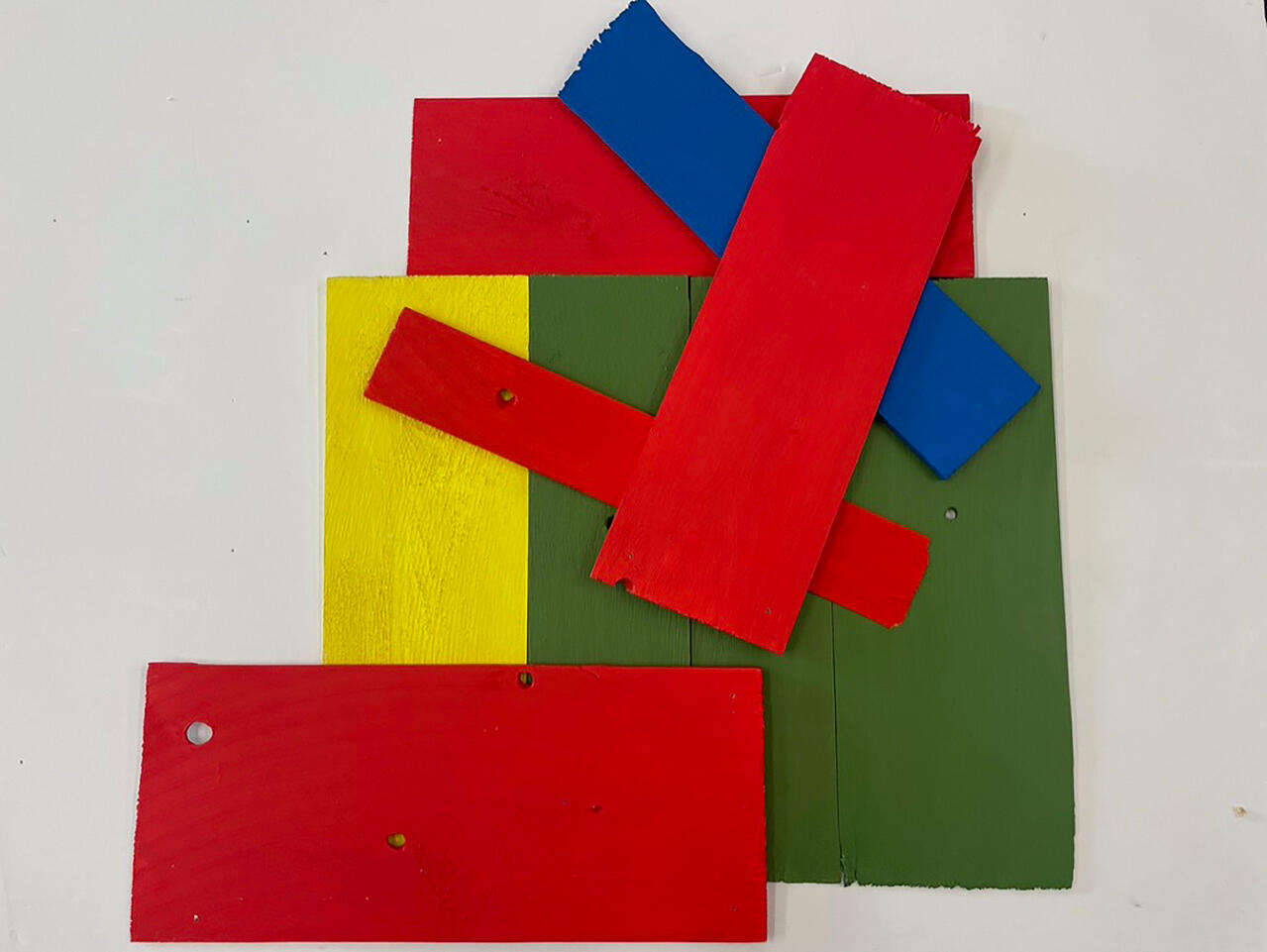
Hilary Kliros
Barbara Knight
Julika Lackner
Cathy Lightfoot
2024
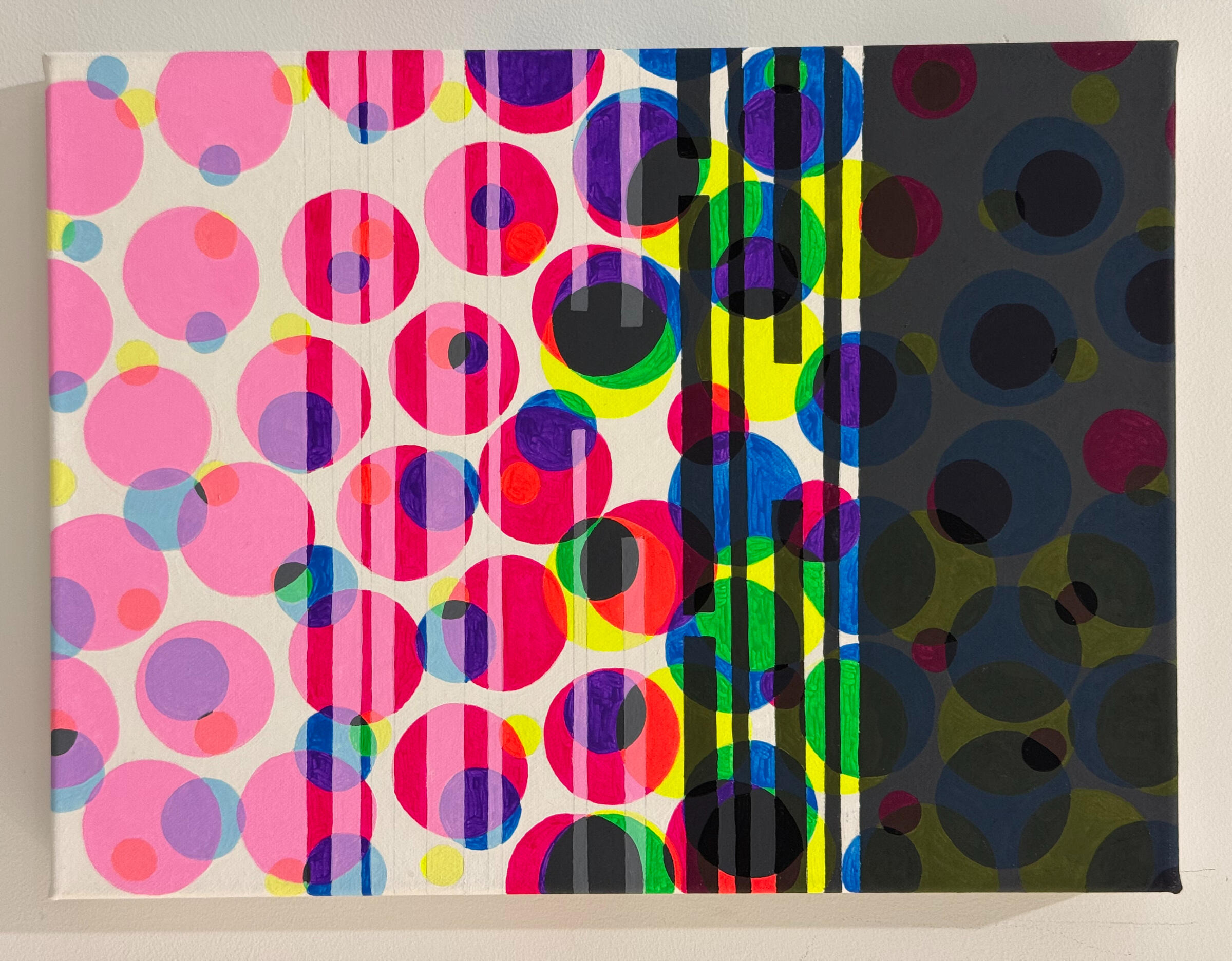
Manel Lledós
2023
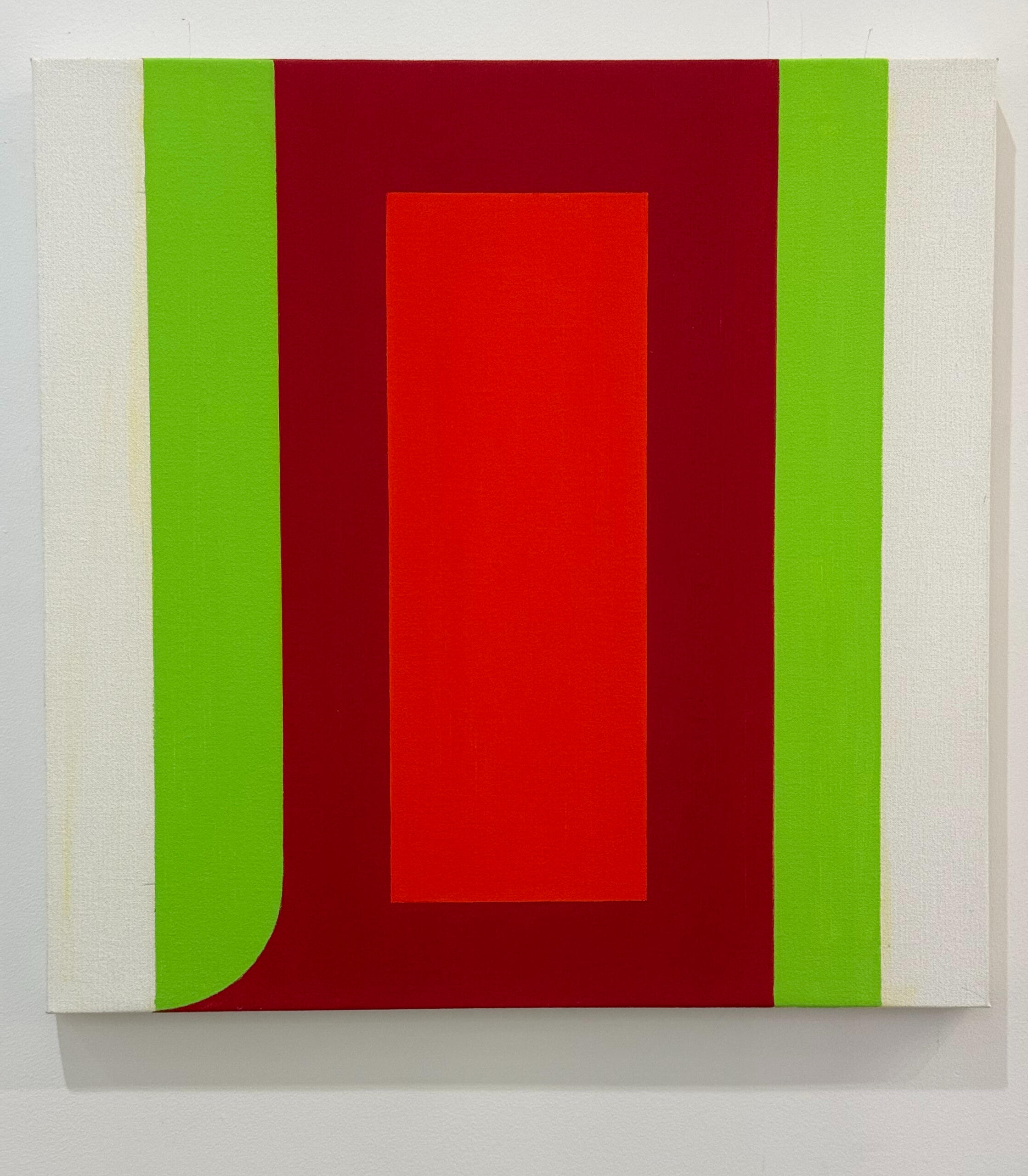
Jane Logemann
Laura London
1997
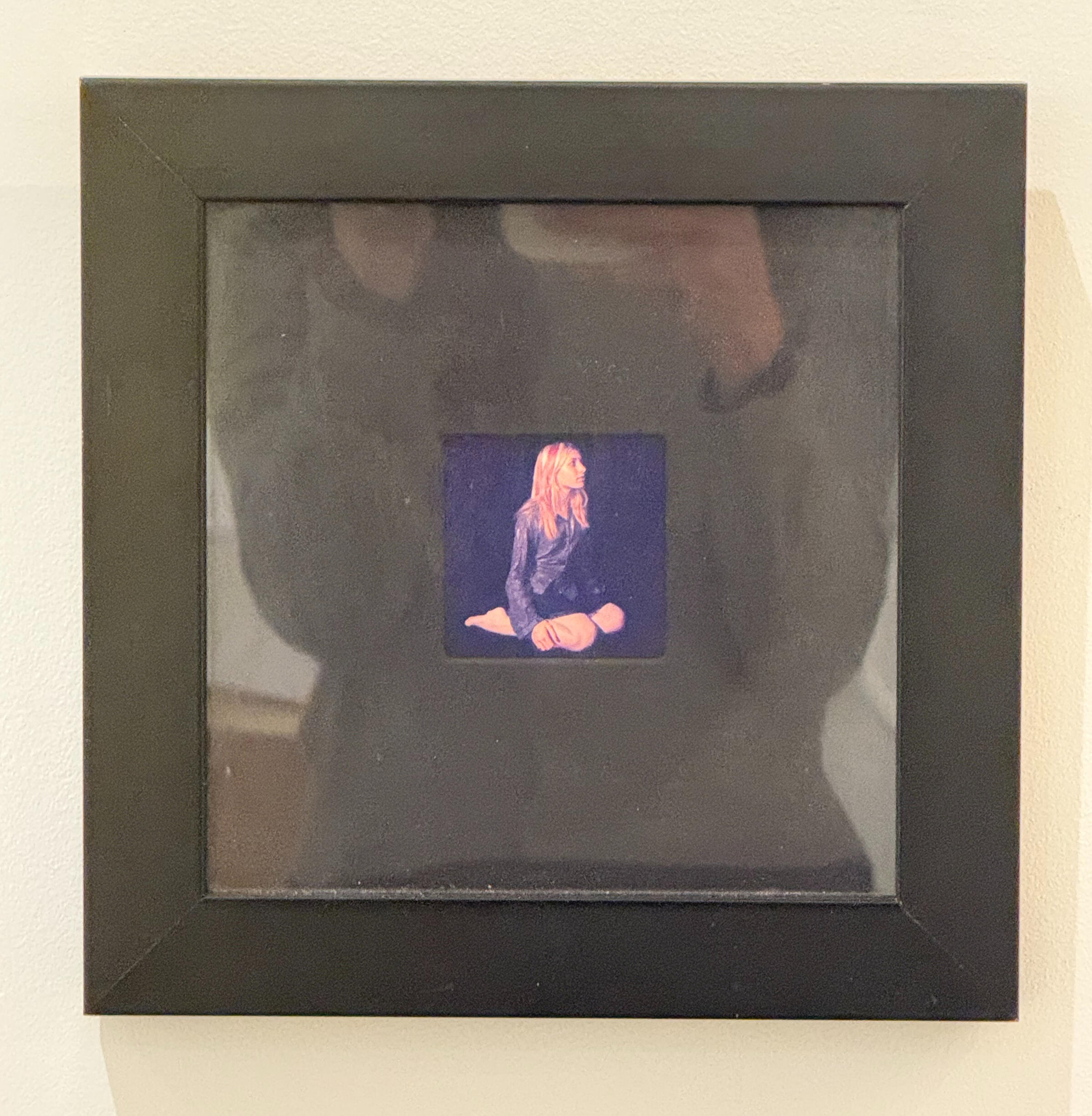
Rory MacArthur
Russell Maltz
Jodie Manasevit
Redline
28"x18"
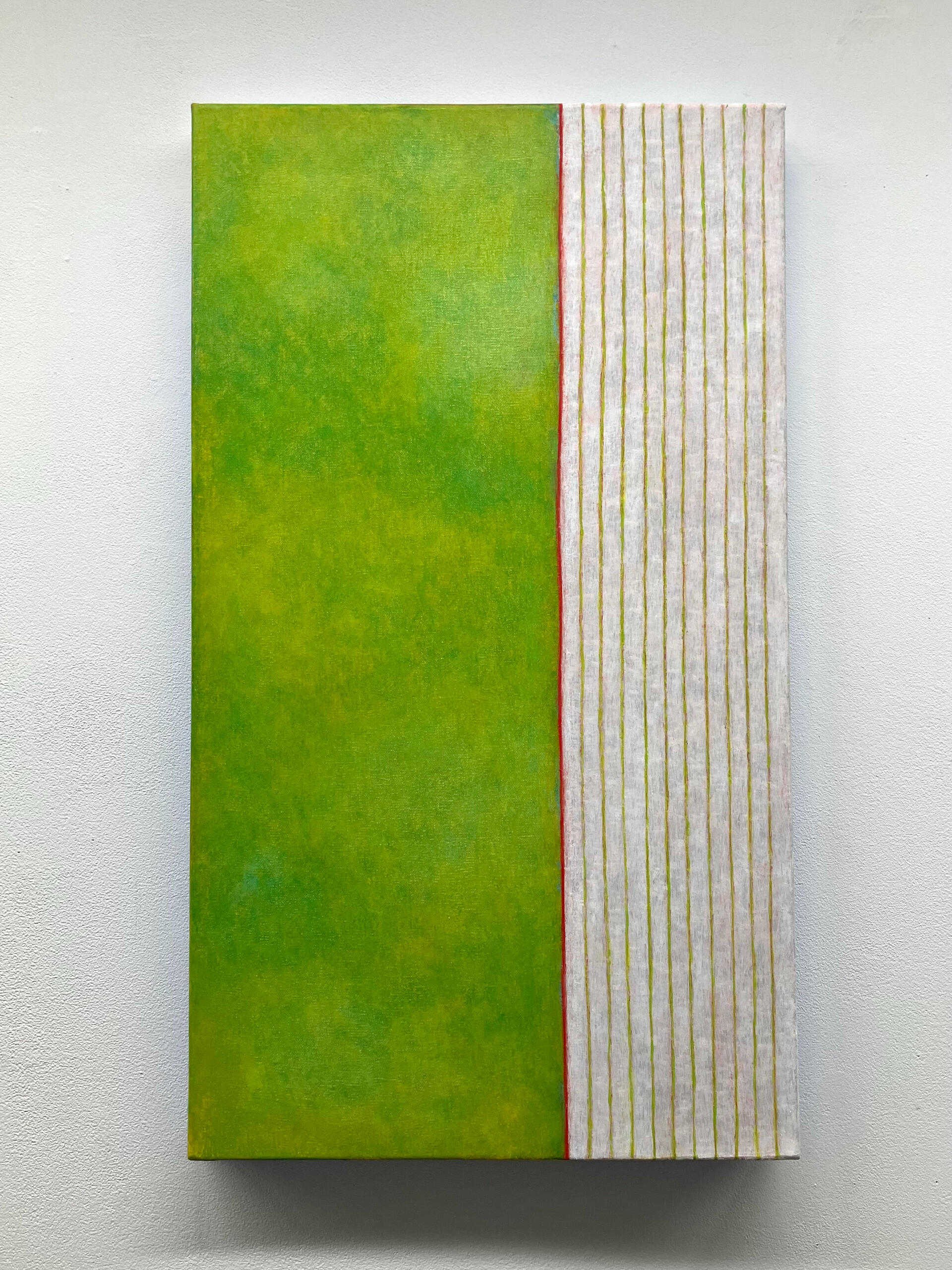
Brice Marden
Knox Martin
Marilyn Martin
Tom Martinelli
Untitled (OrbPtg) [TM.0650]
2018/2025
Acrylic and fluorescent acrylic on canvas
23 x 18 in.
![Untitled (OrbPtg) [TM.0650] 2018/2025 Acrylic and fluorescent acrylic on canvas 23 x 18 in.](assets/images/image18.jpg?v=ebbe6f08)
Alfred Martinez
1986
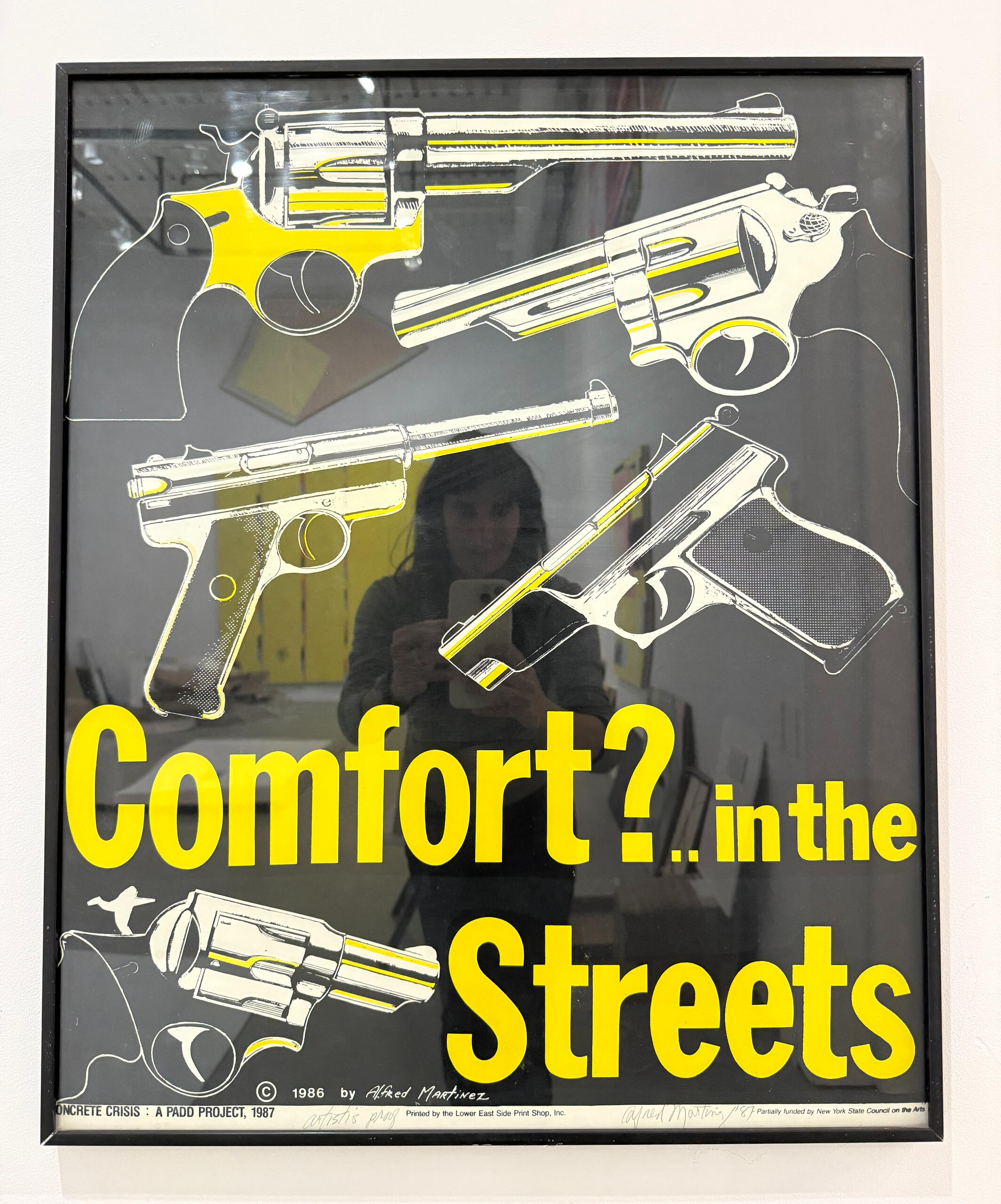
G A McAlmon III
Mike Metz
Christopher Michlig
2012
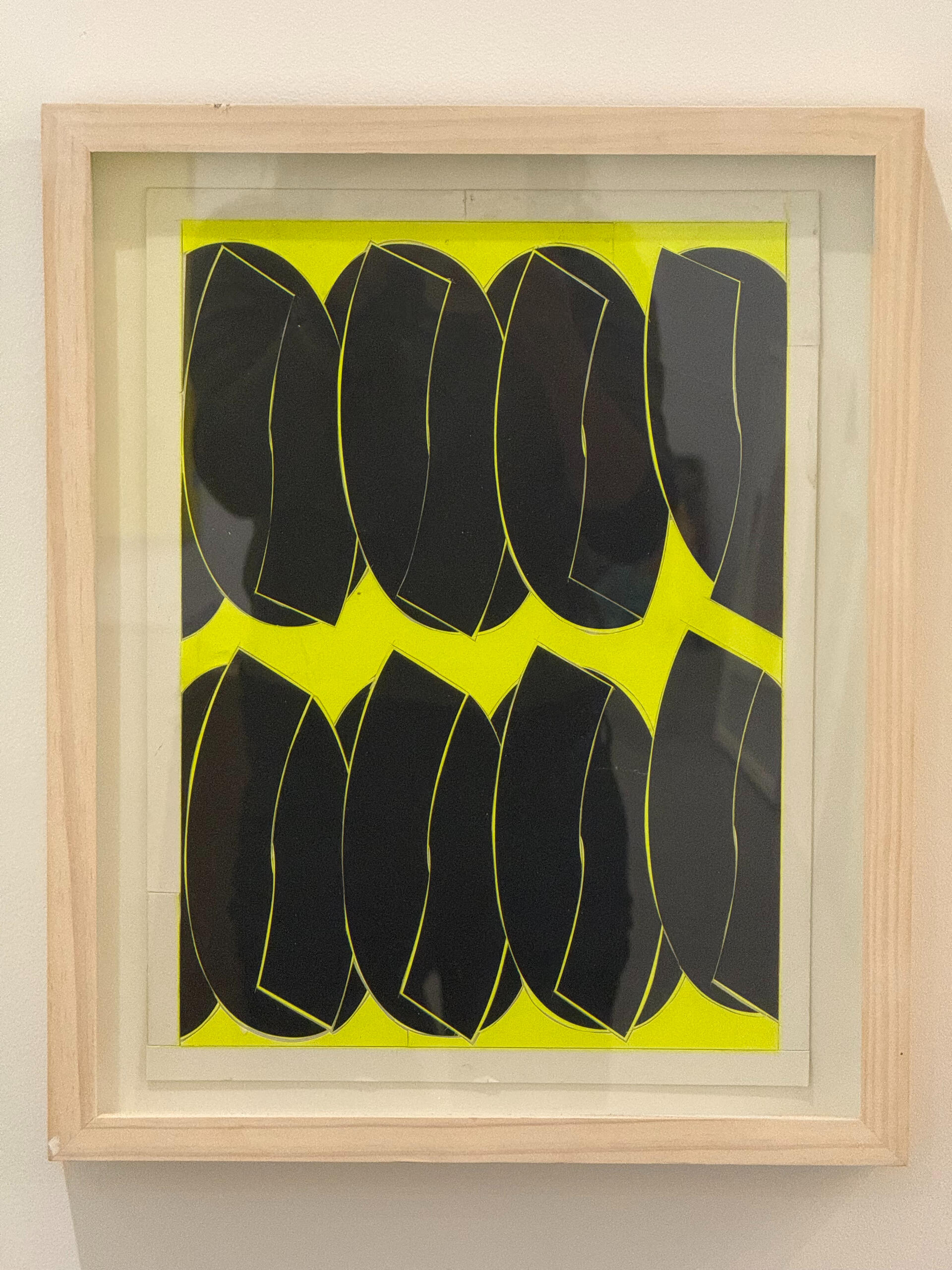
Rifka Milder
Title: Embracing the Wind
Year: 2025
Oil on canvas
48 X 40 inches
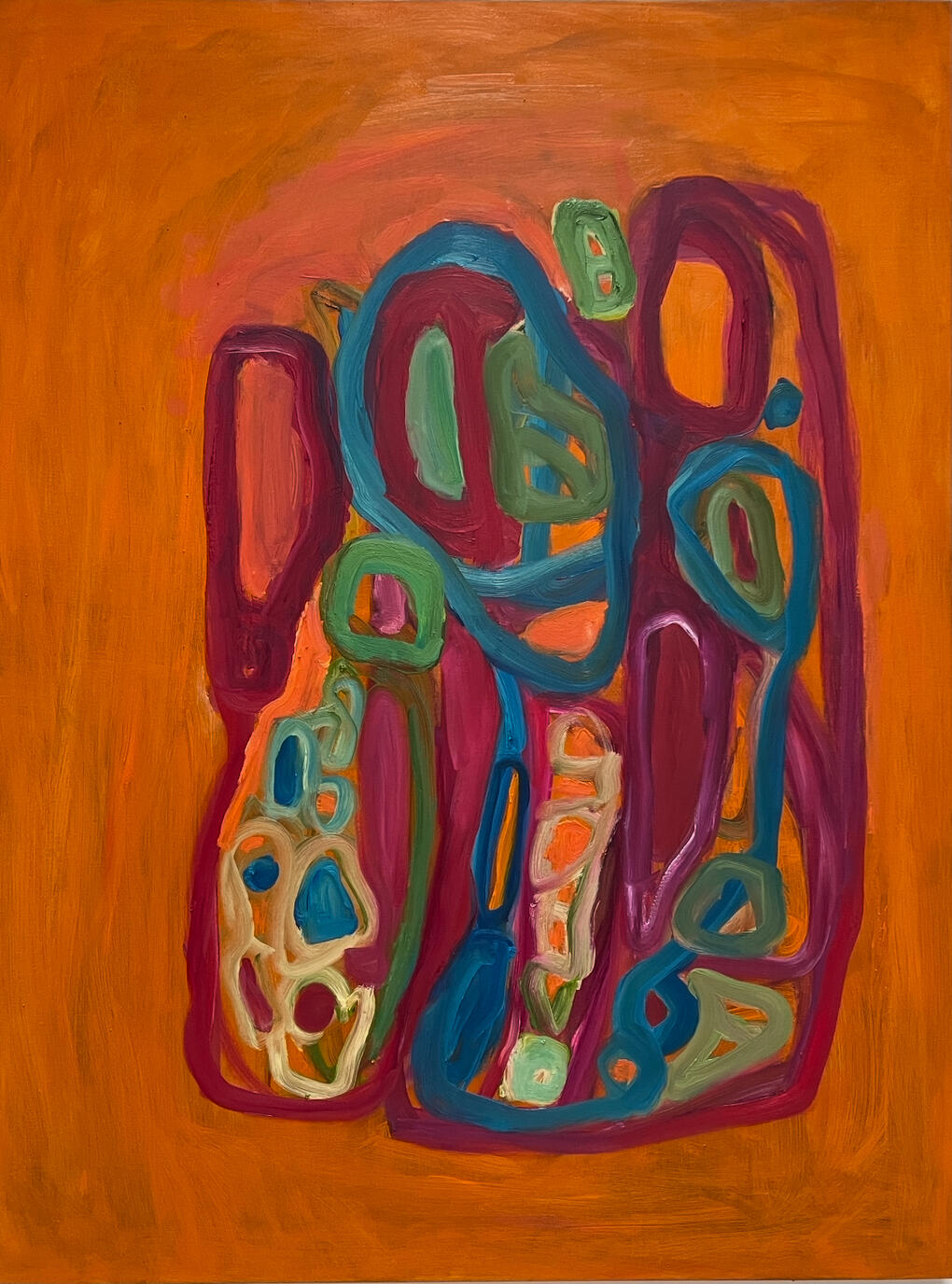
Vera Miljković
Locked in with Flowers
2023
Archival pigment print
24 x 16 in
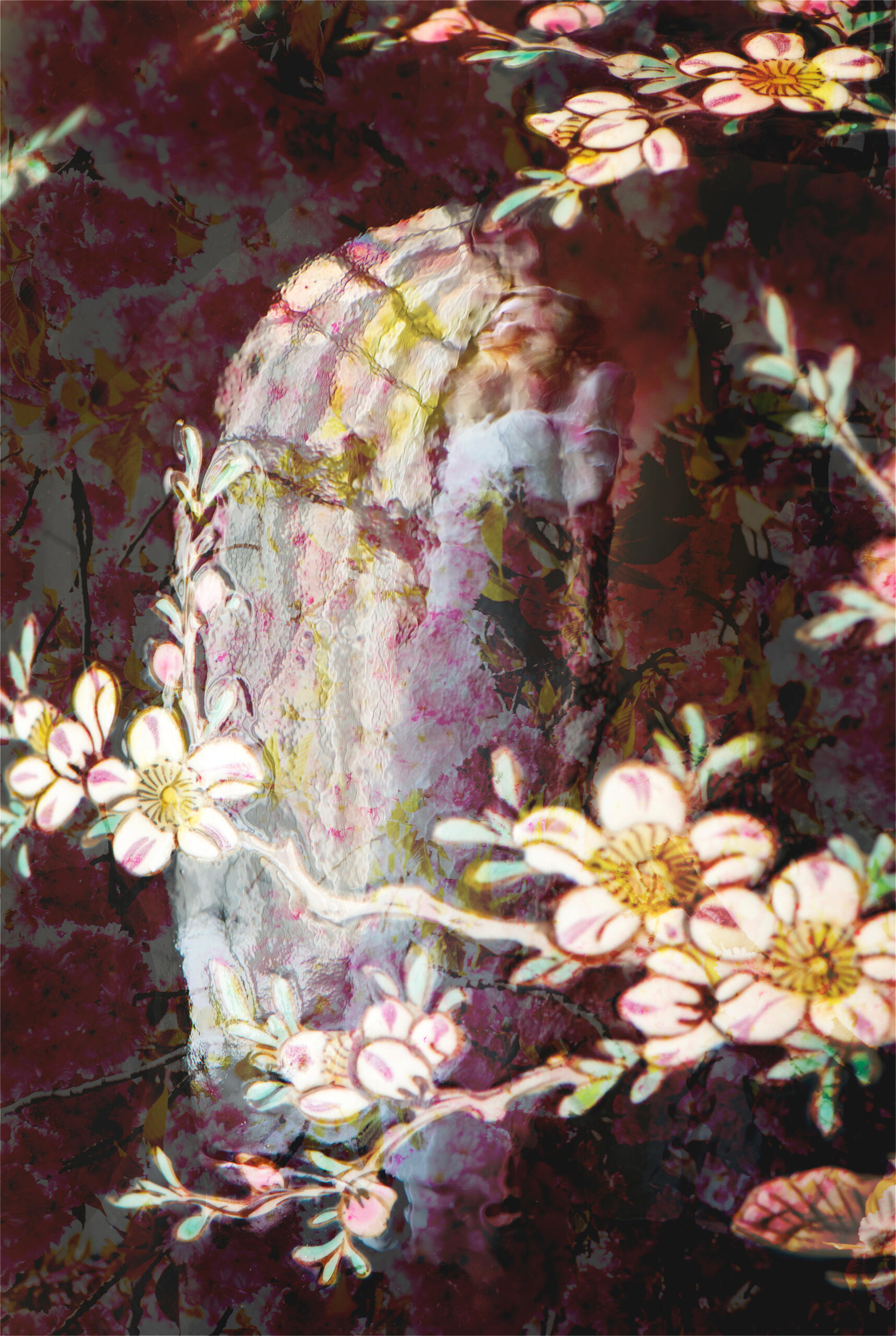
To the Light
2023
Pigment print on silk
120 x 80 inches
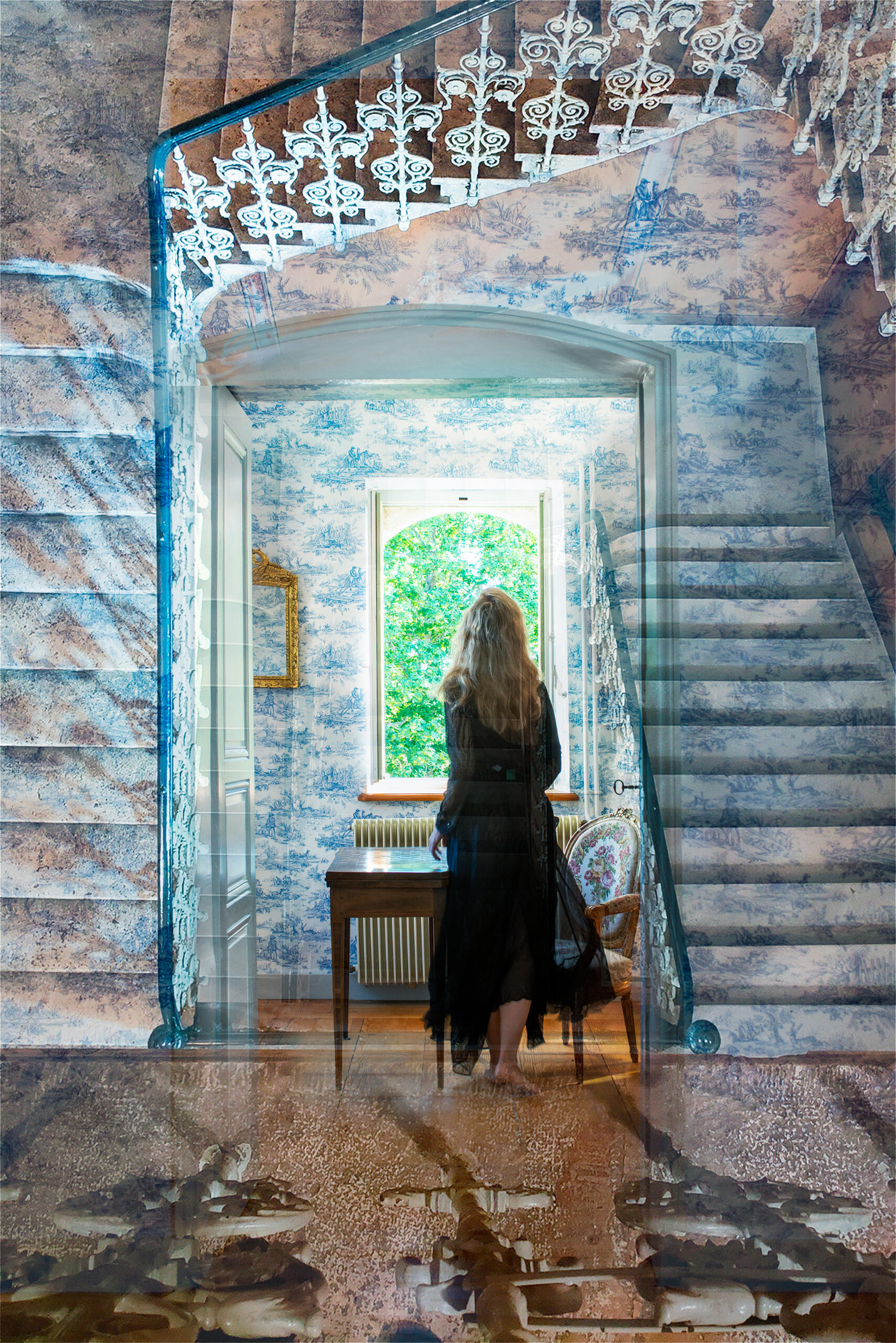
Robert C Morgan
2023
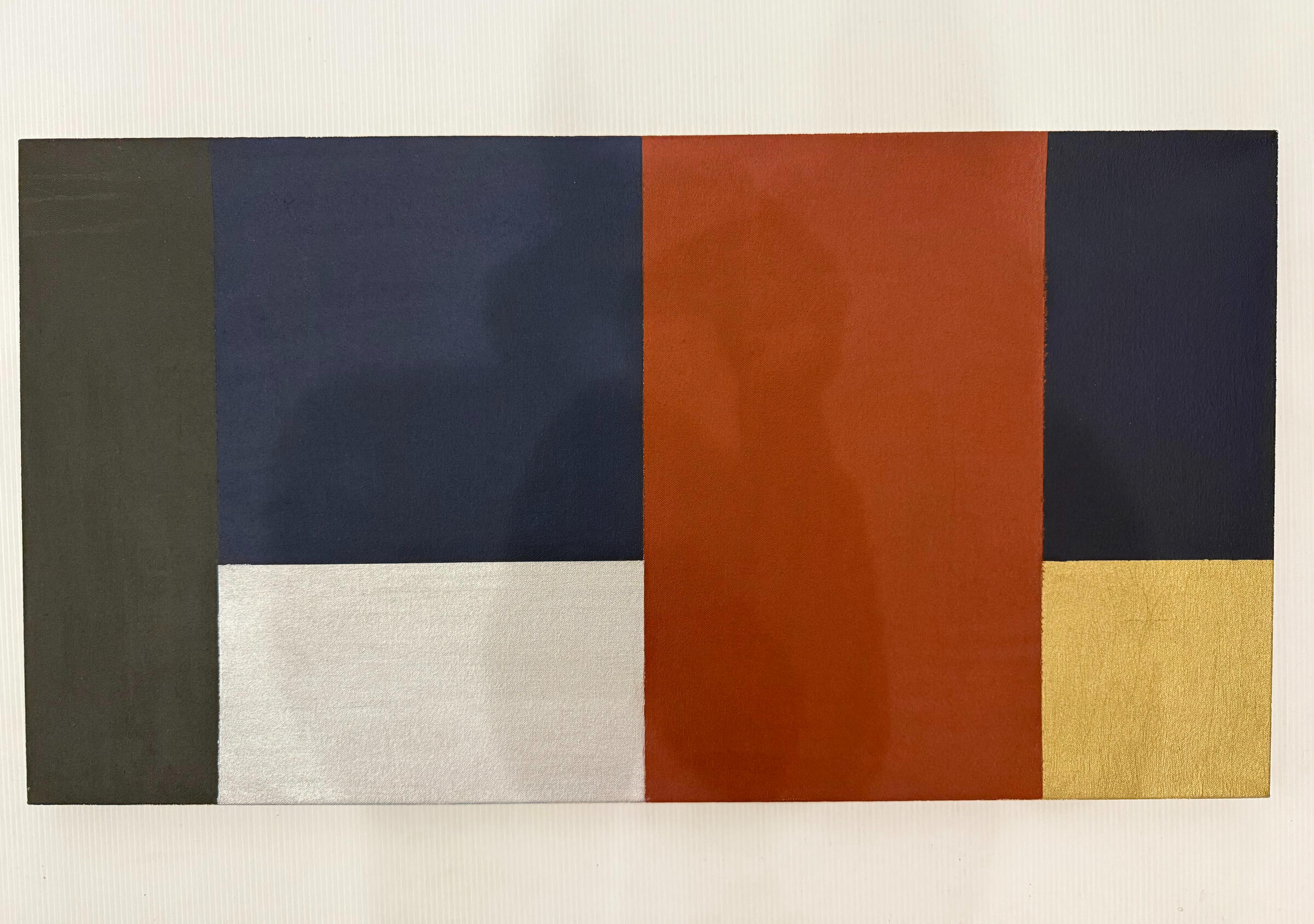
Holly Morse
Elizabeth Murray
Judith Murray
Maria Nazor
Candace Nycz
2024
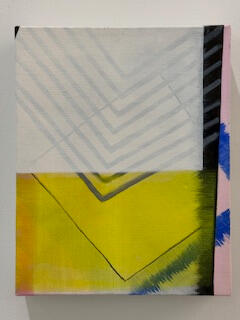
Rebecca Norton
Rock Formations
2024
Oil, marker/linen
36" diameter
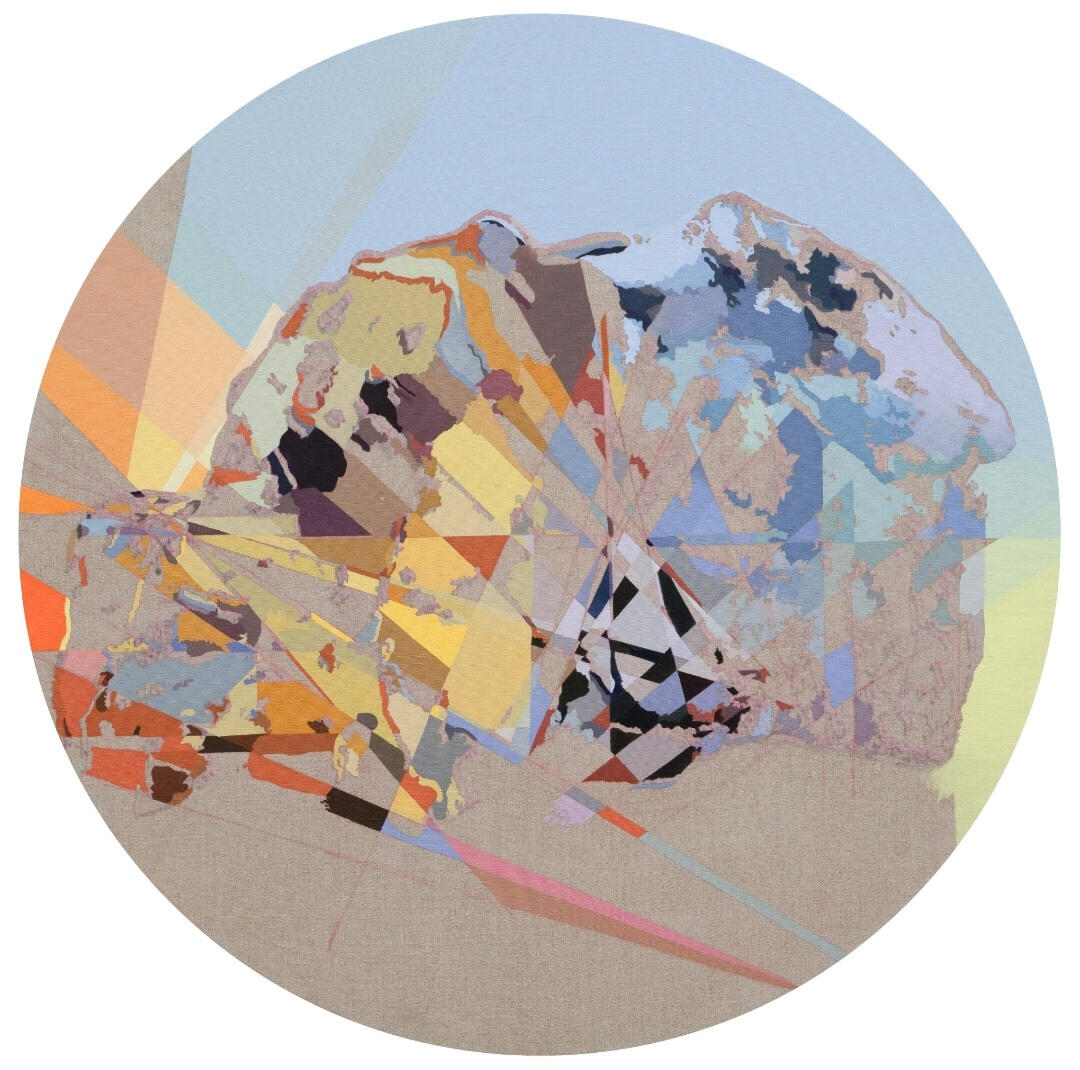
Thomas Nozkowski
Doug Ohlson
My Flag
1994
72 x 20 inches
Acrylic on canvas
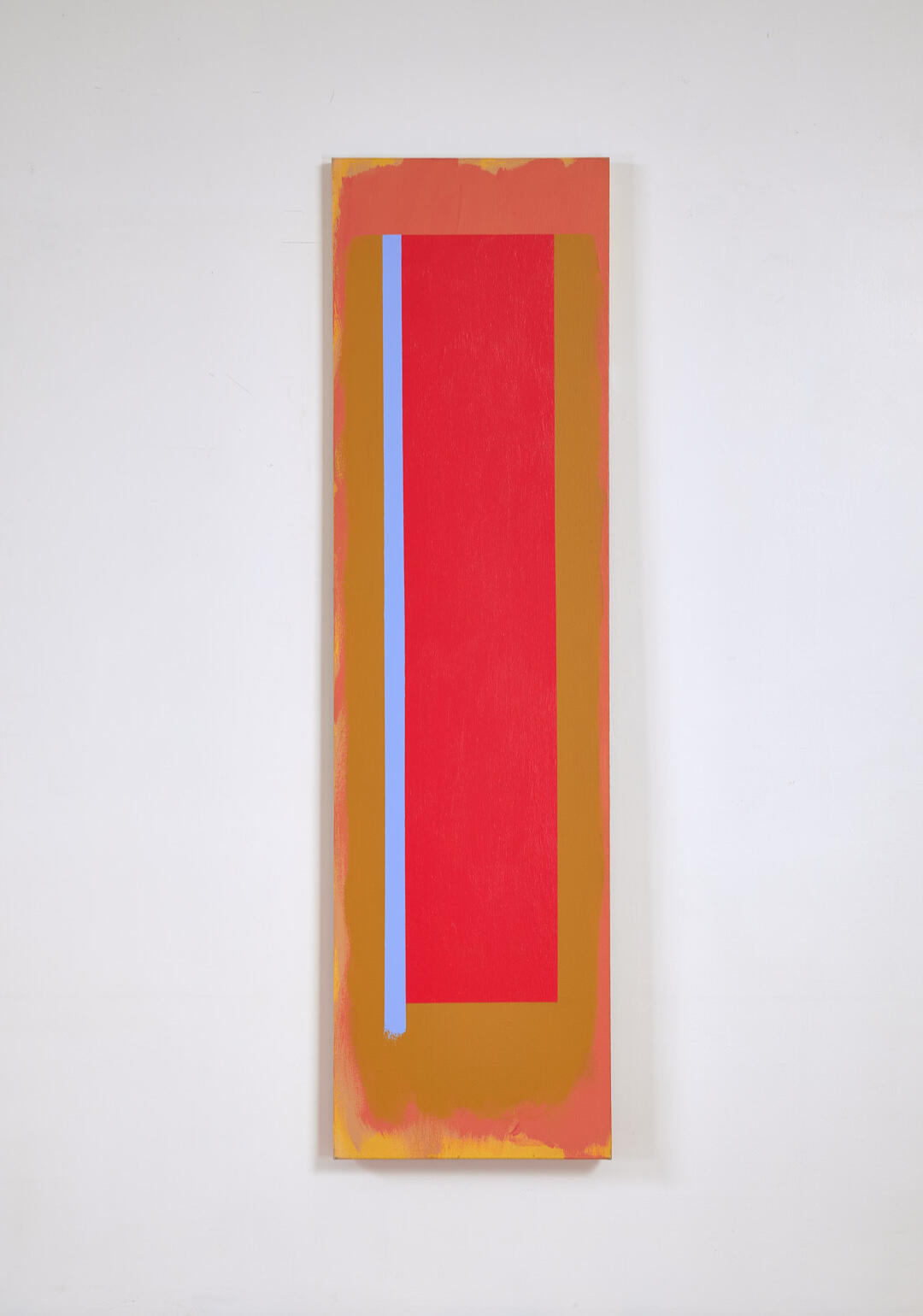
Jeff Ostergren
Saul Ostrow
Laura Paddock
Print, pencil, clipboard.Tangled up, spring, 202412" x 9"
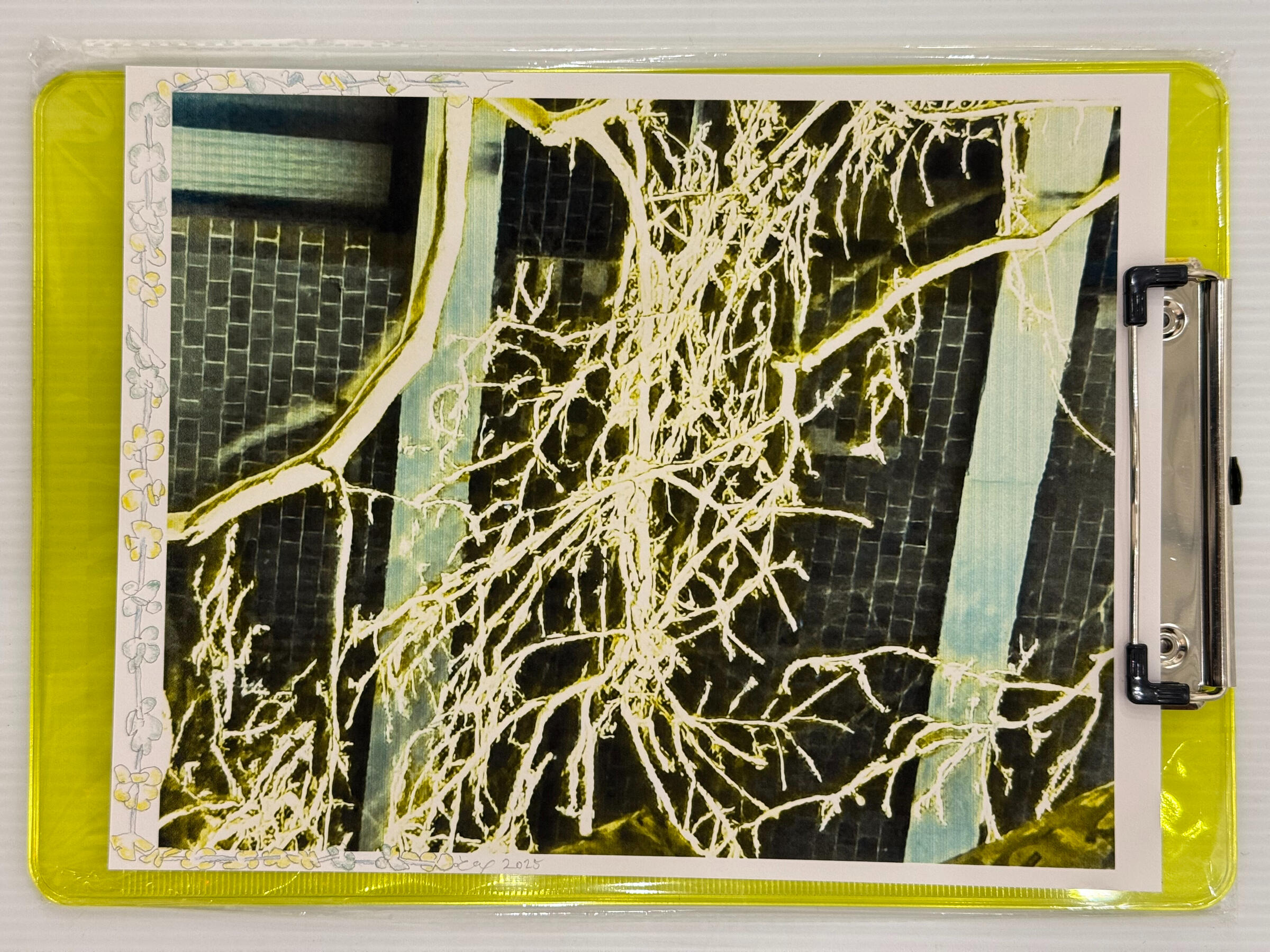
Fabia Panjarian
2025
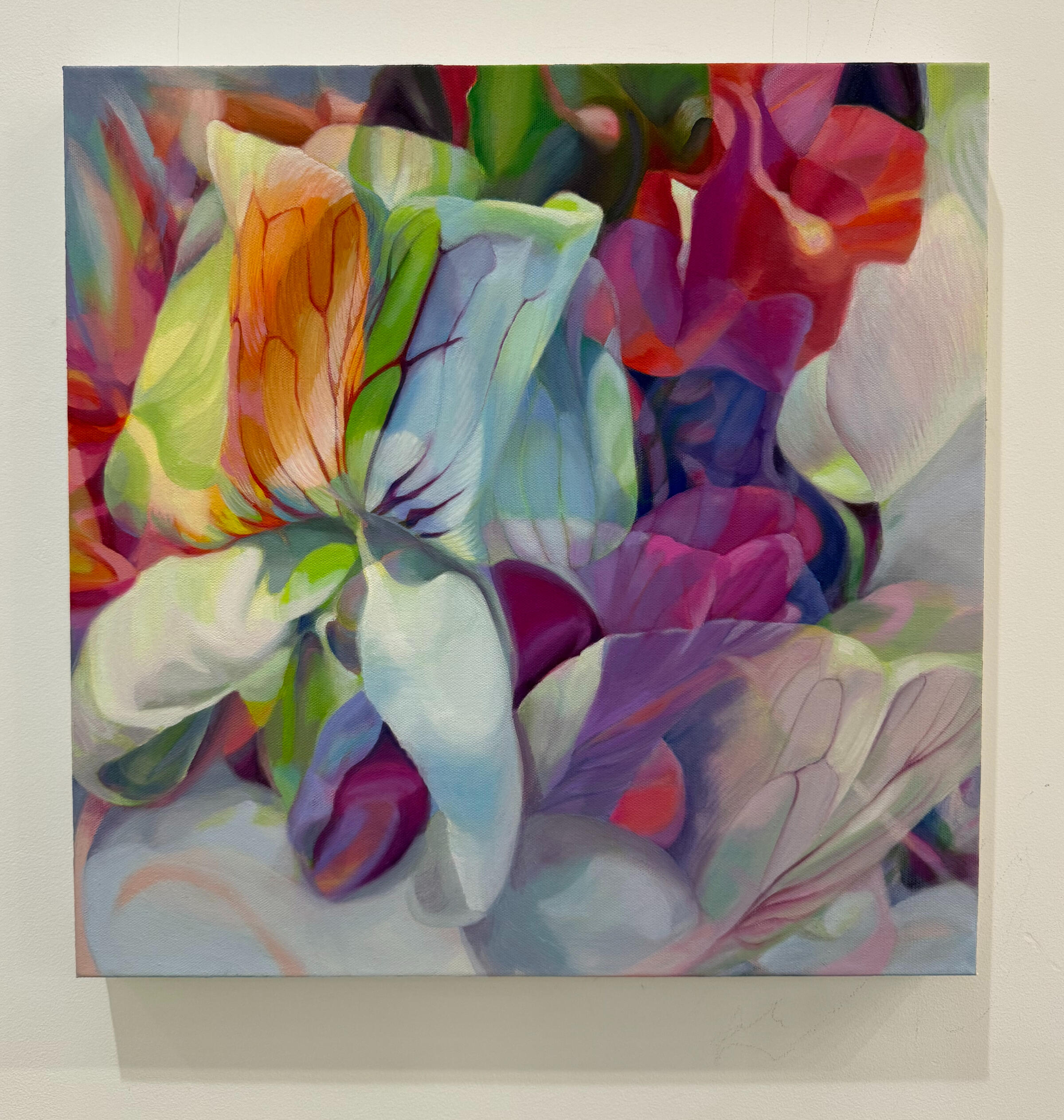
Soojung Park
Carolanna Parlato
Jeffrey Pearson
Paula Peatross
#13,
2024,
Oil Pearlescent and Metallic Paint, Wax, Wood,
21" x 28.5" x 1.75"
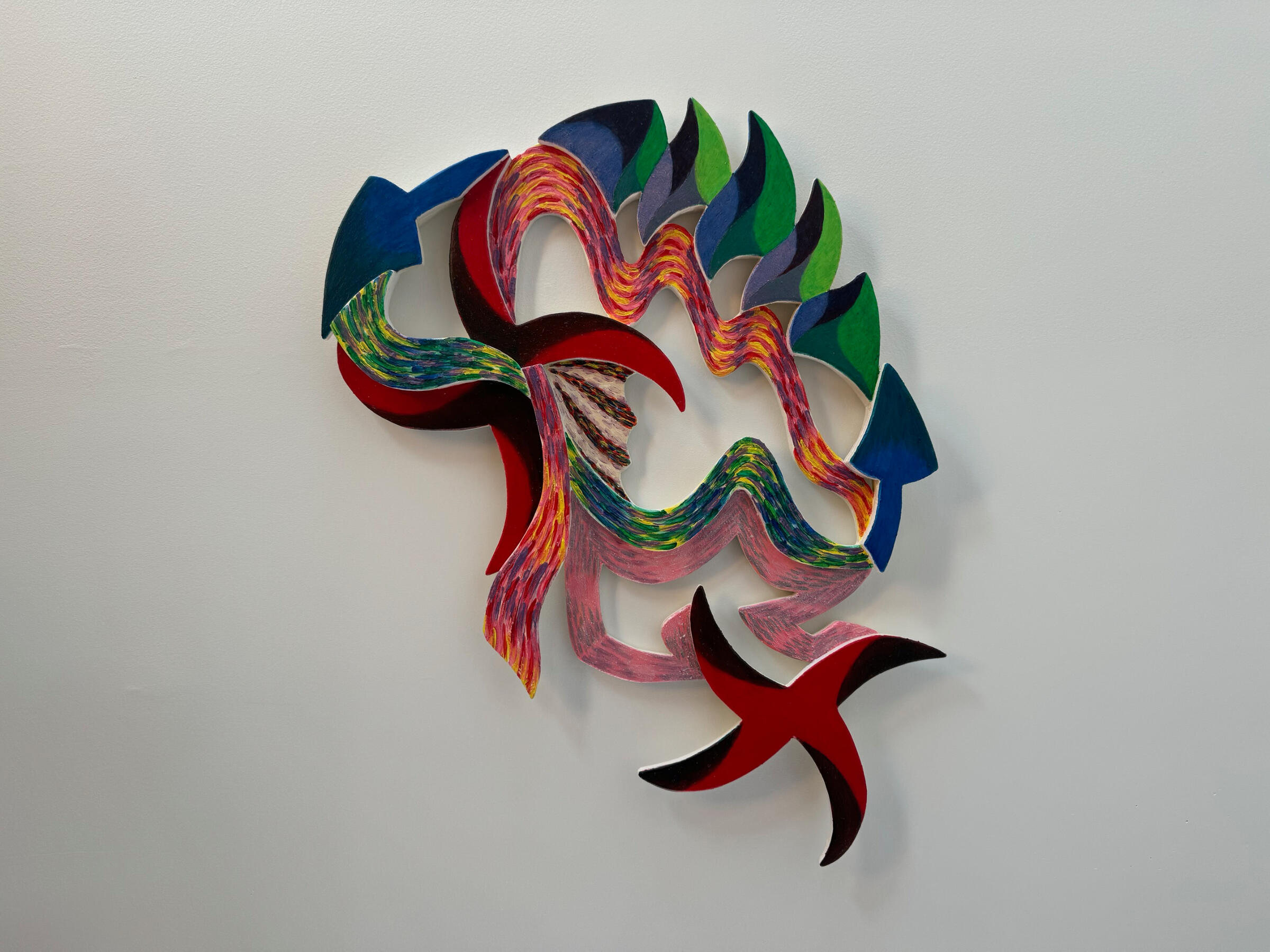
Gilberto Perez
George Porcari
Lucio Pozzi
Garden of Delight
Acrylic/canvas
56" x 57"
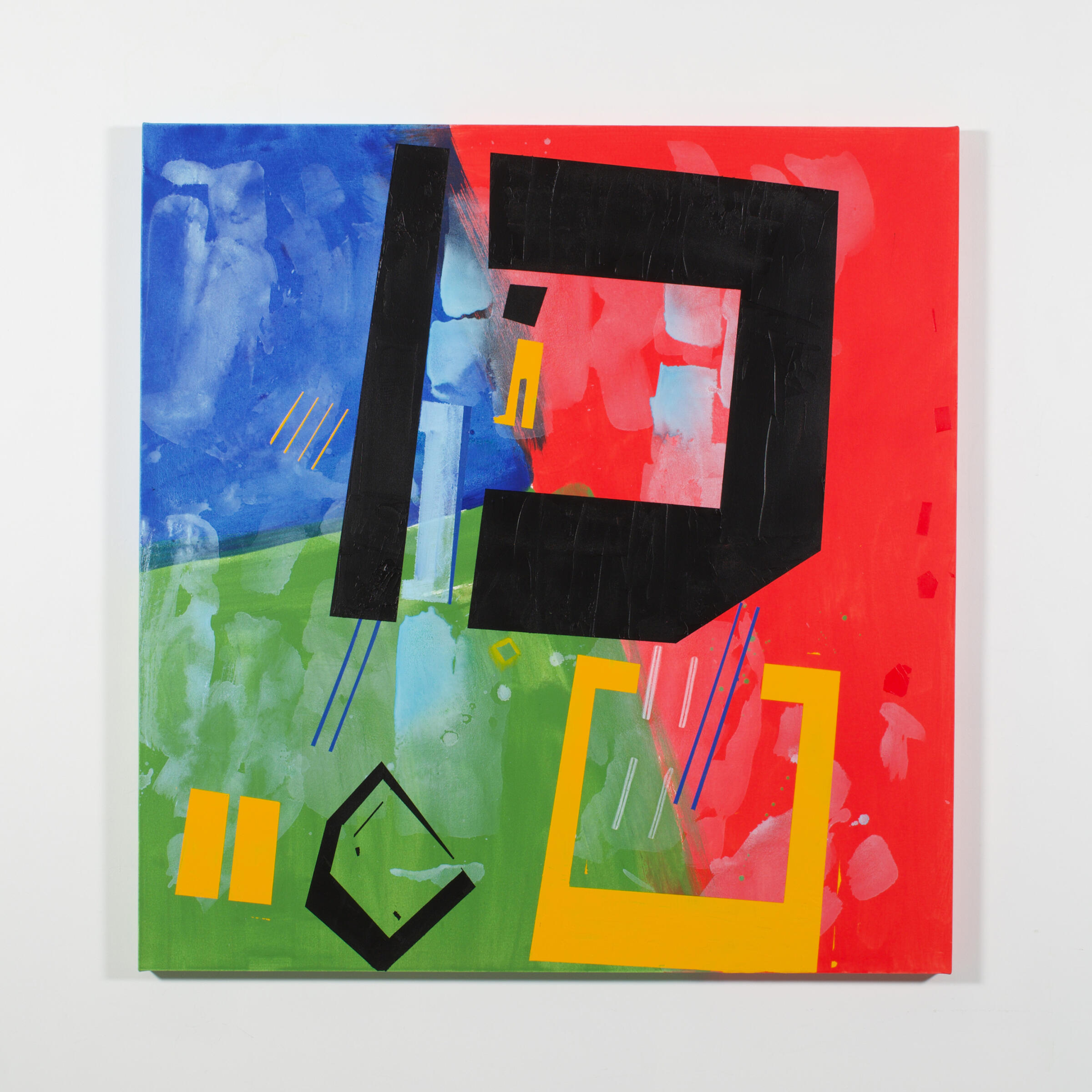
Ben Pritchard
Stephen Pusey
Cima Rahmankhah
Reclusion, 2020
Graphite on clay board
8x8 inches
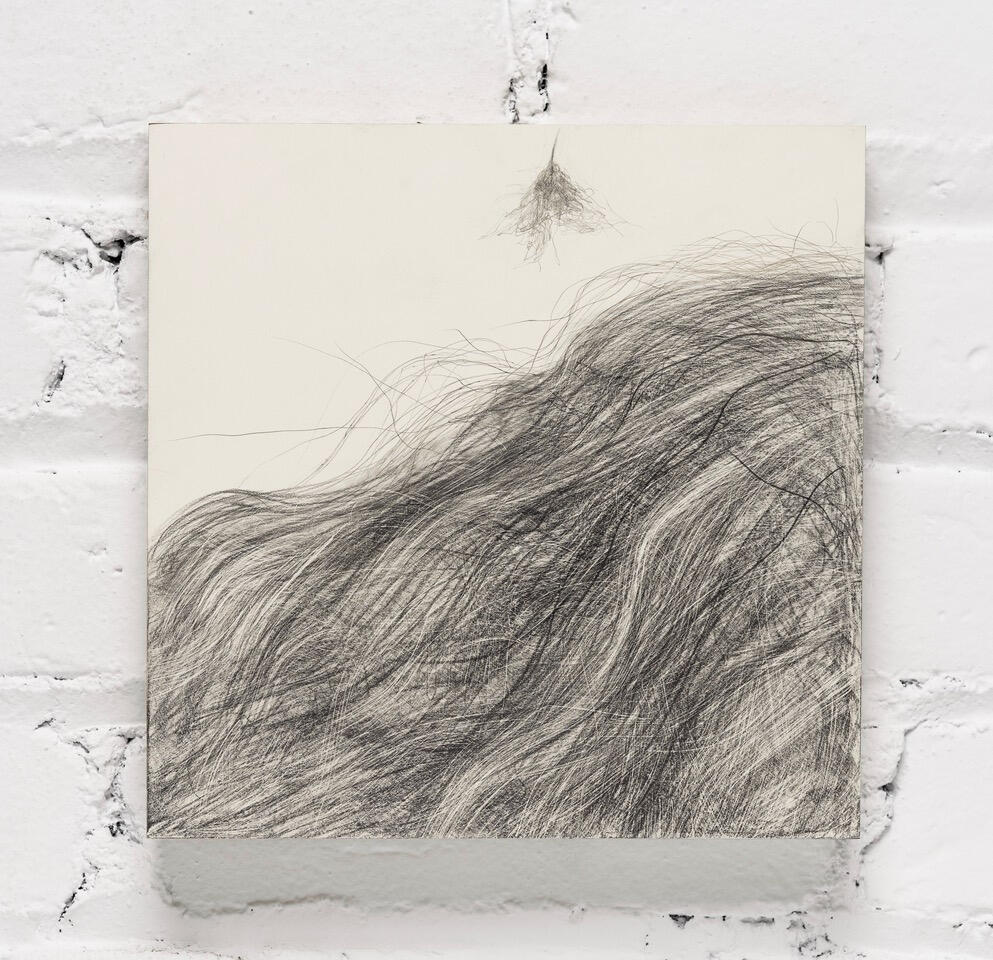
Priyanka Ram
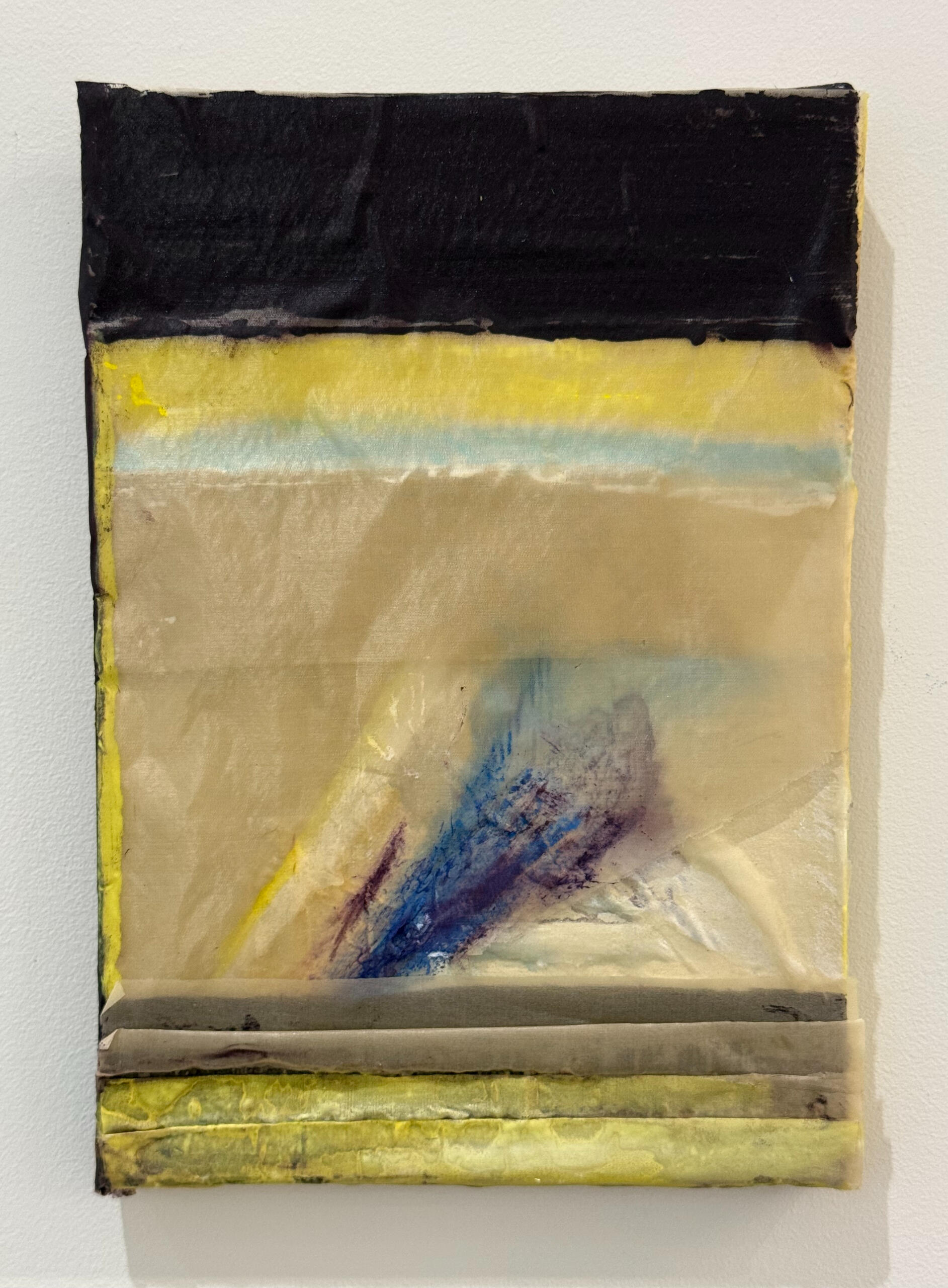
Robert Rauschenberg
Landmark
1968
44x36 inches
Collection of Timothy and Karin Greenfield-Sanders
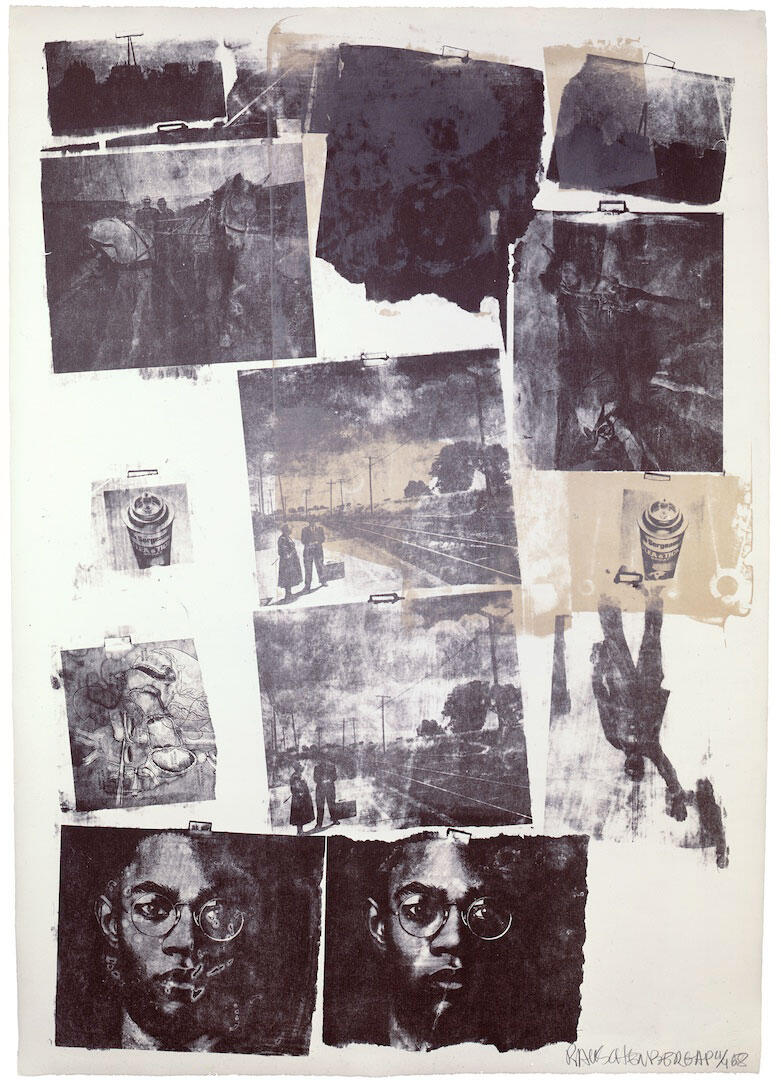
Charles Read
Salvatore Reda
Nevada and the Moon 1964
Oil on Canvas, 3D Prints, Maps
24 x 24"
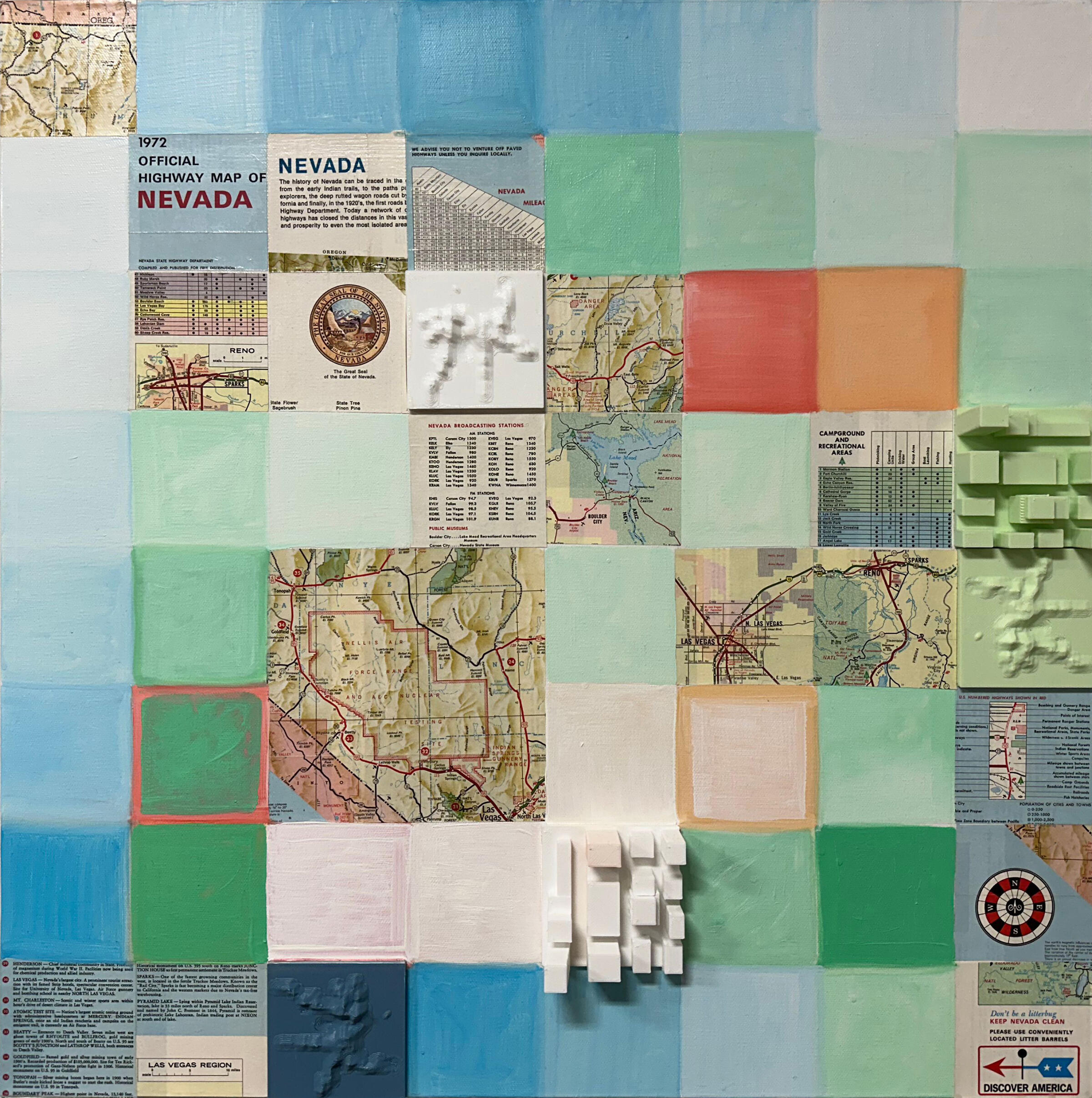
David Reed
Michael Rey
2012
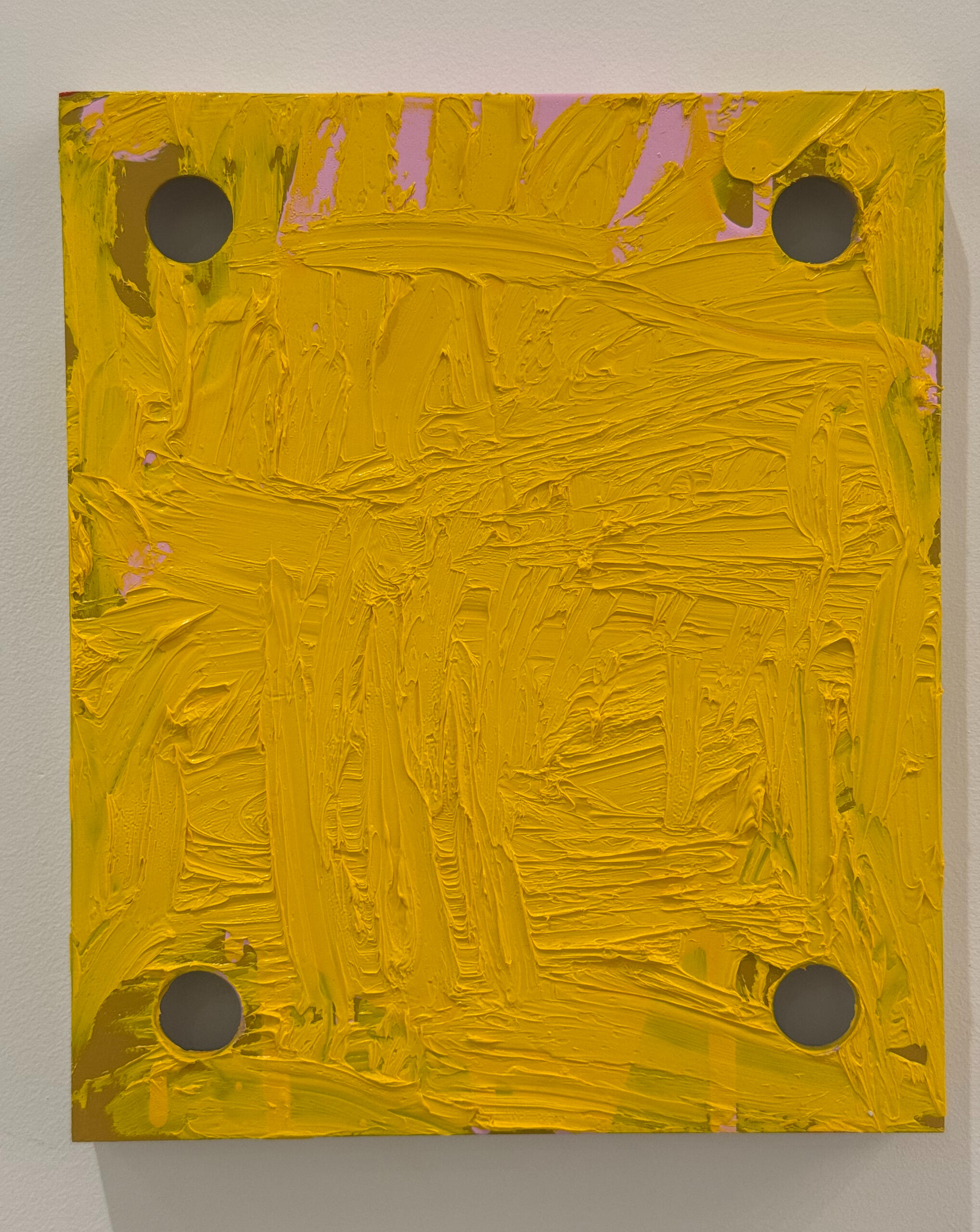
David Rhodes
Jean-Luc Richard
Takako Richard
James Richards
2023
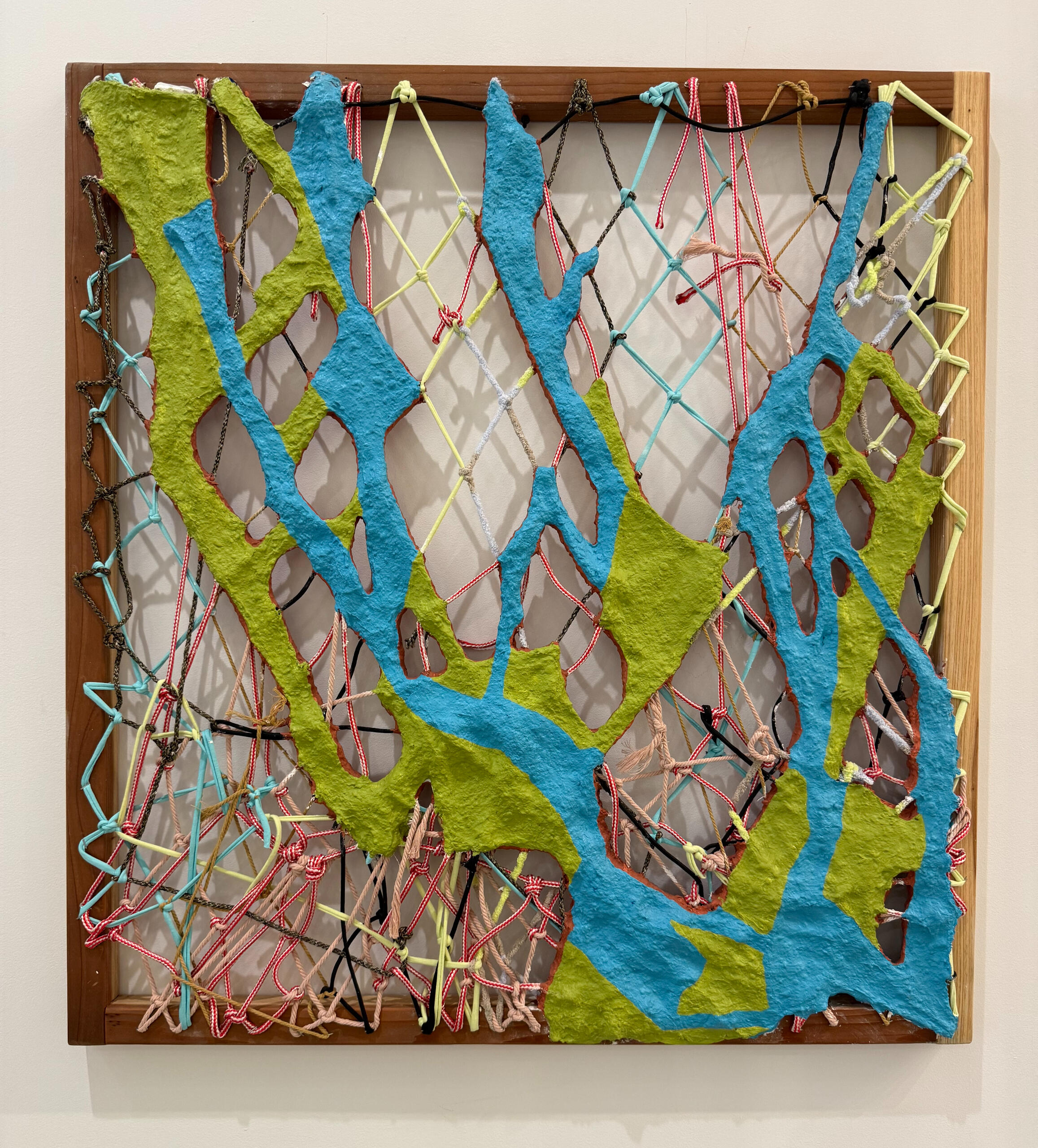
Larry Rivers
1993
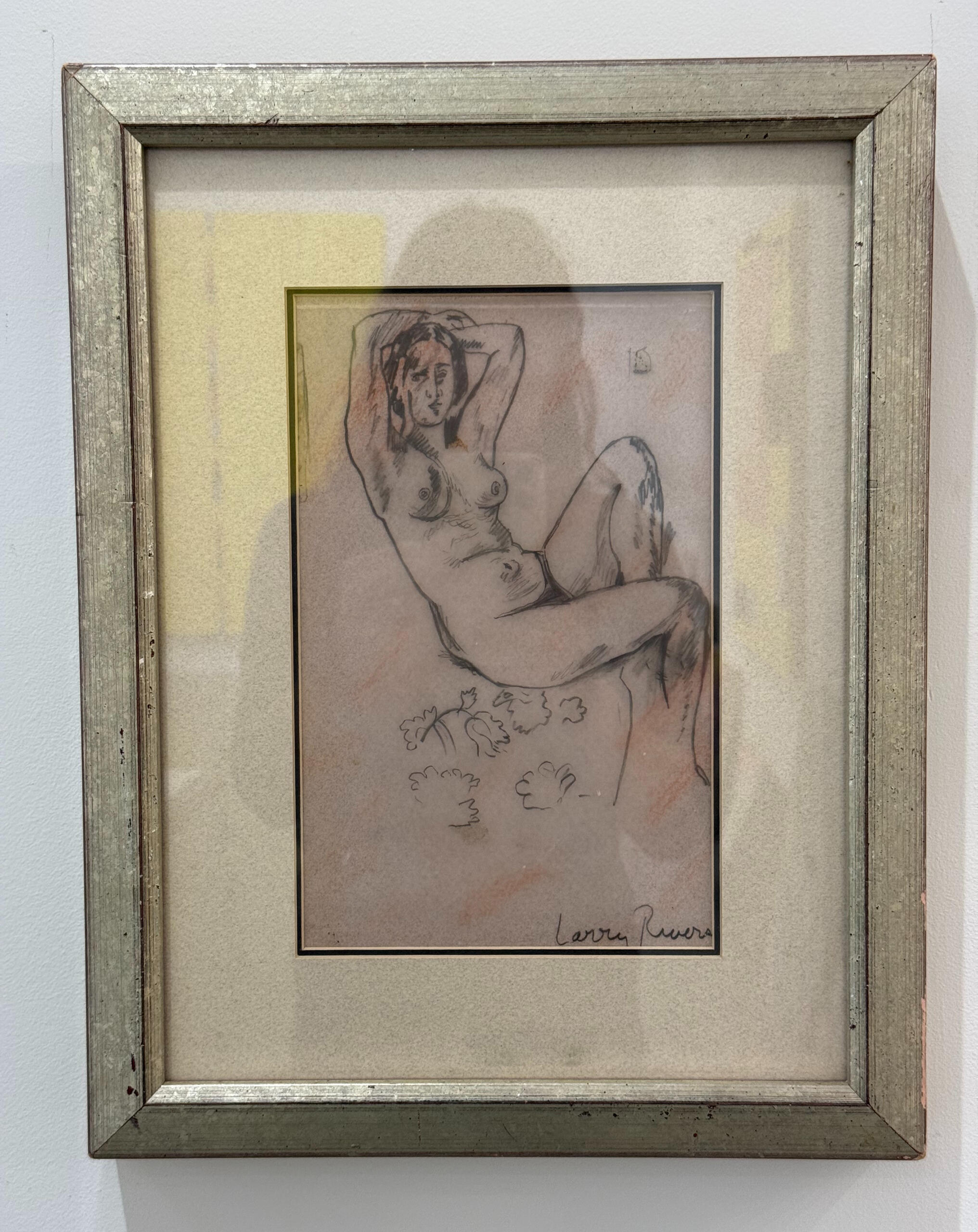
Claudia Roberts
Walter Robinson
Headache Remedy
1983
Oil on canvas
24 x 24 inches
Collection of Timothy and Karin Greenfield-Sanders
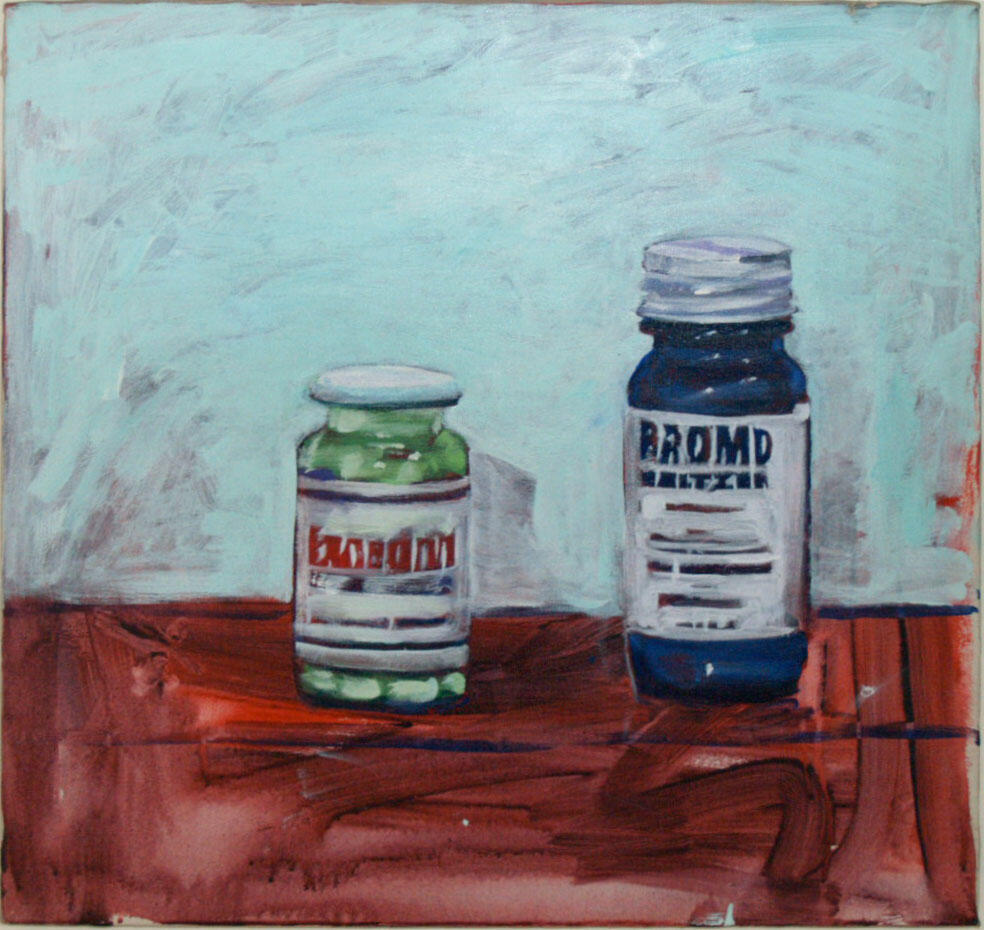
Dorothea Rockburne
James Rosenquist
Stephen Rosenthal
Untitled
2024
oil on canvas
22”x 22"
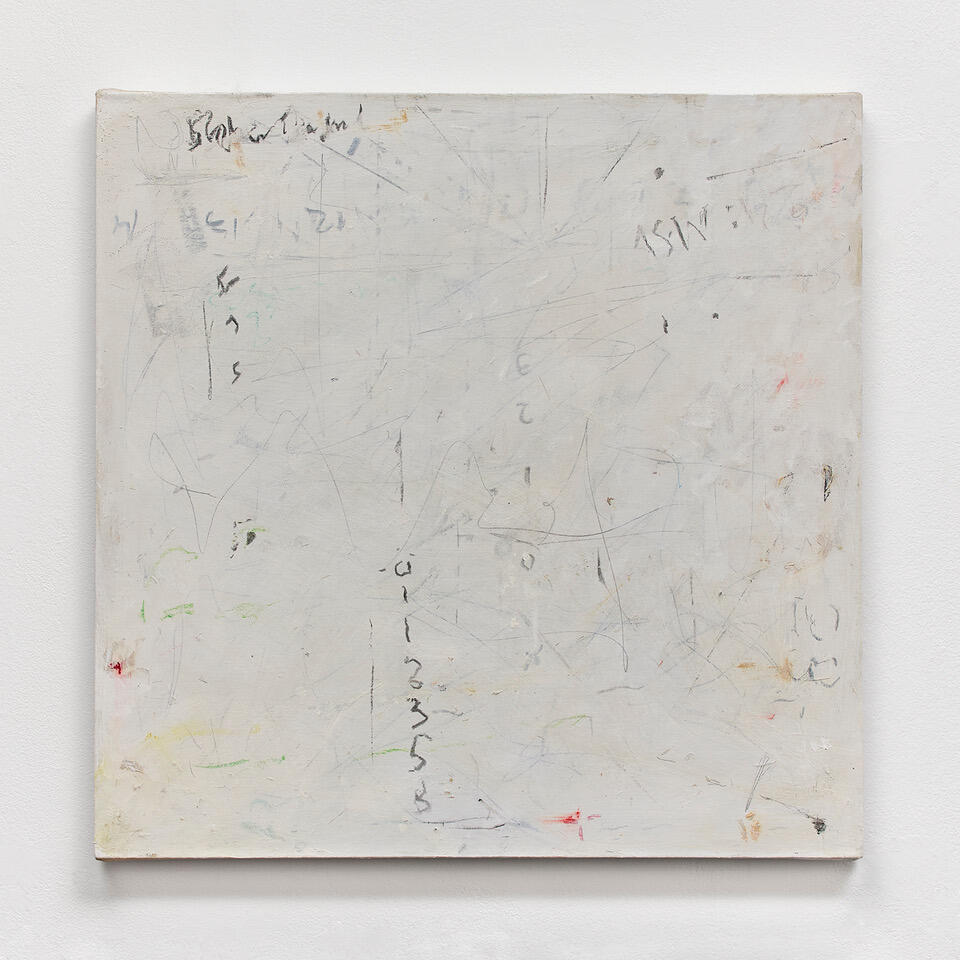
Michael Rouillard
David Row
Gregory Rukavina
Malcolm Ryder

Cordy Ryman
Ethan Ryman
Robert Ryman
Joop Sanders
Black Icon
1968
Acrylic on canvas
Collection of Timothy and Karin Greenfield-Sanders

Barbara Savedoff

Rudolph Serra
Mary Schiliro
Double Dip
2025
Acrylic paint on Mylar, 60 x 5 inches
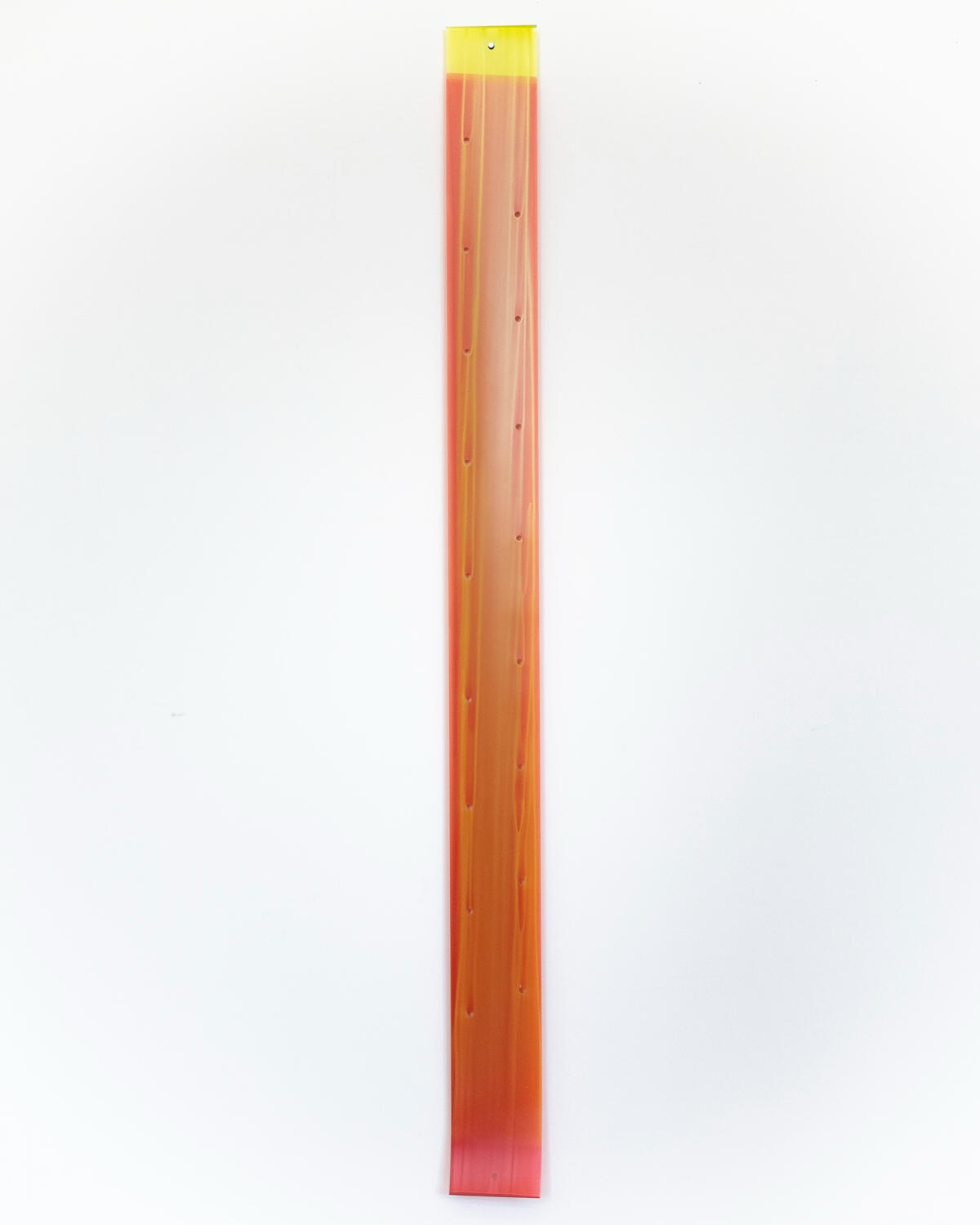
David Shapiro
Kate Shepherd
2025
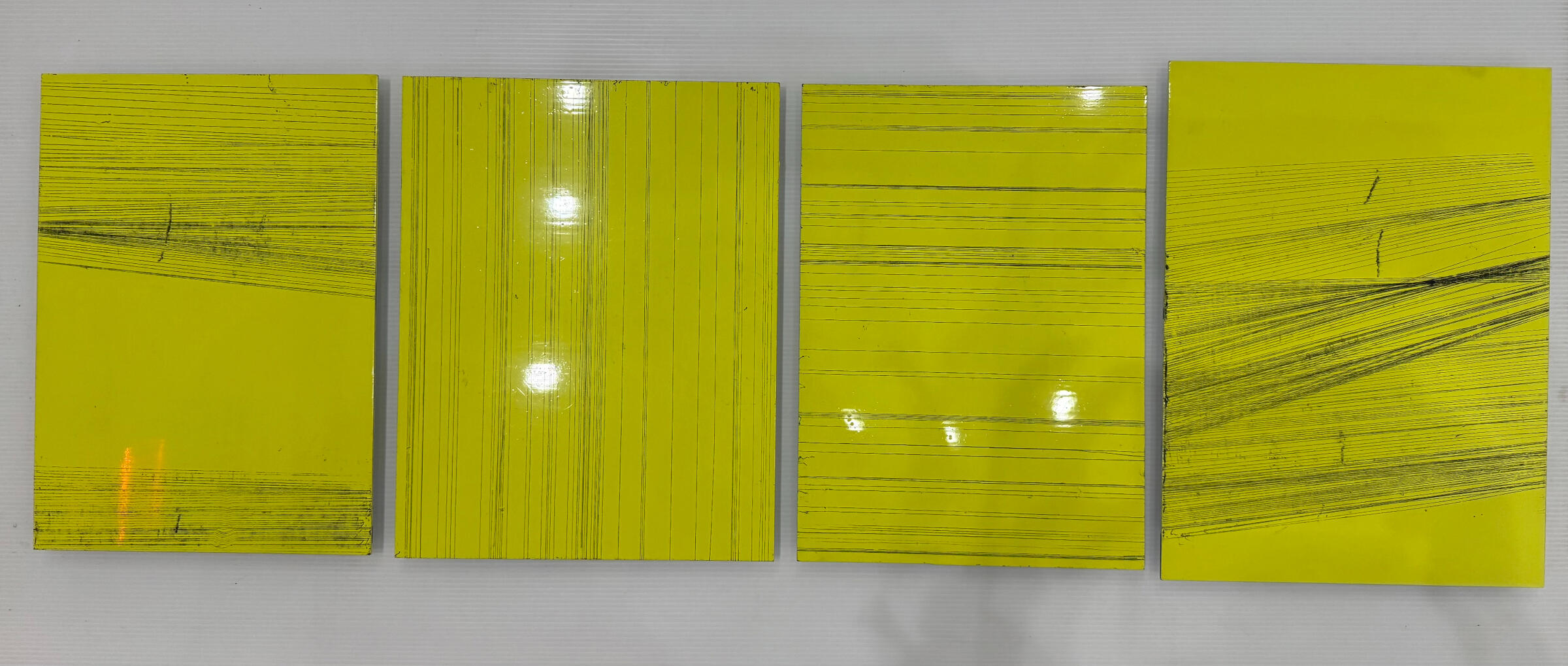
Richard Shiff
Rena Small
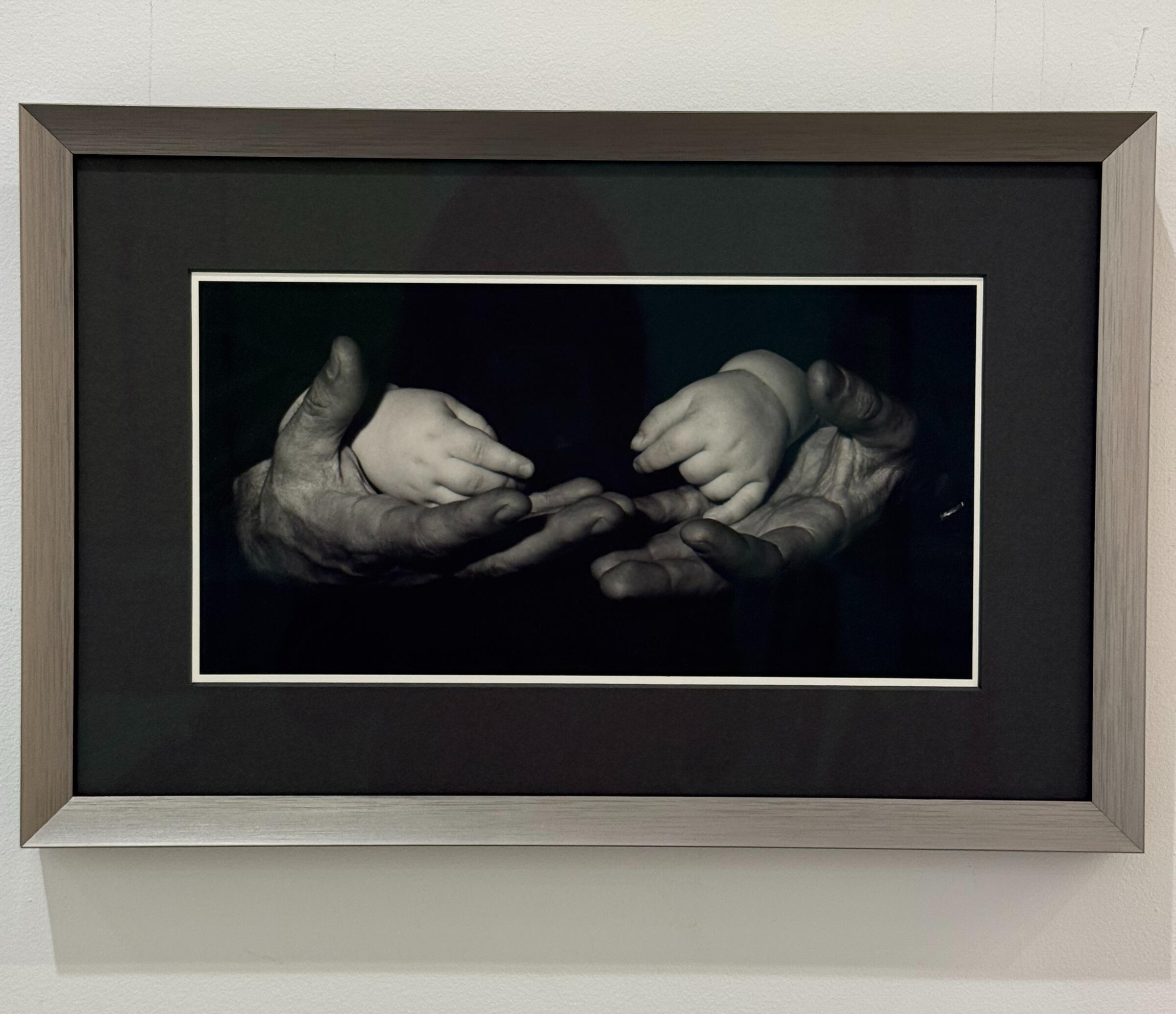
David Smith
Rebecca Smith
Spencer Smith
2025
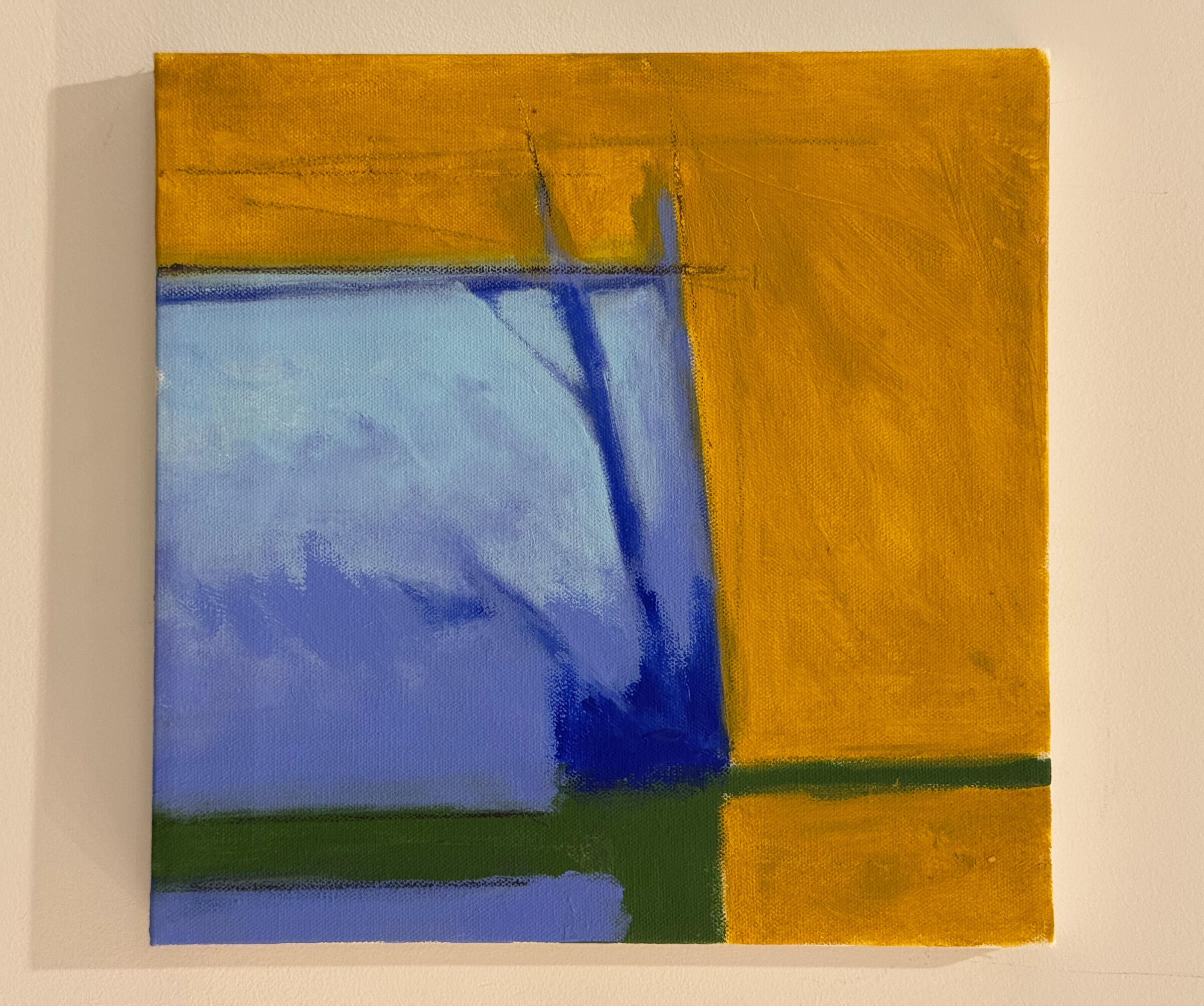
Susan Smith
Viewfinder#3
2024
Found wood with acrylic on wood
12” X12"
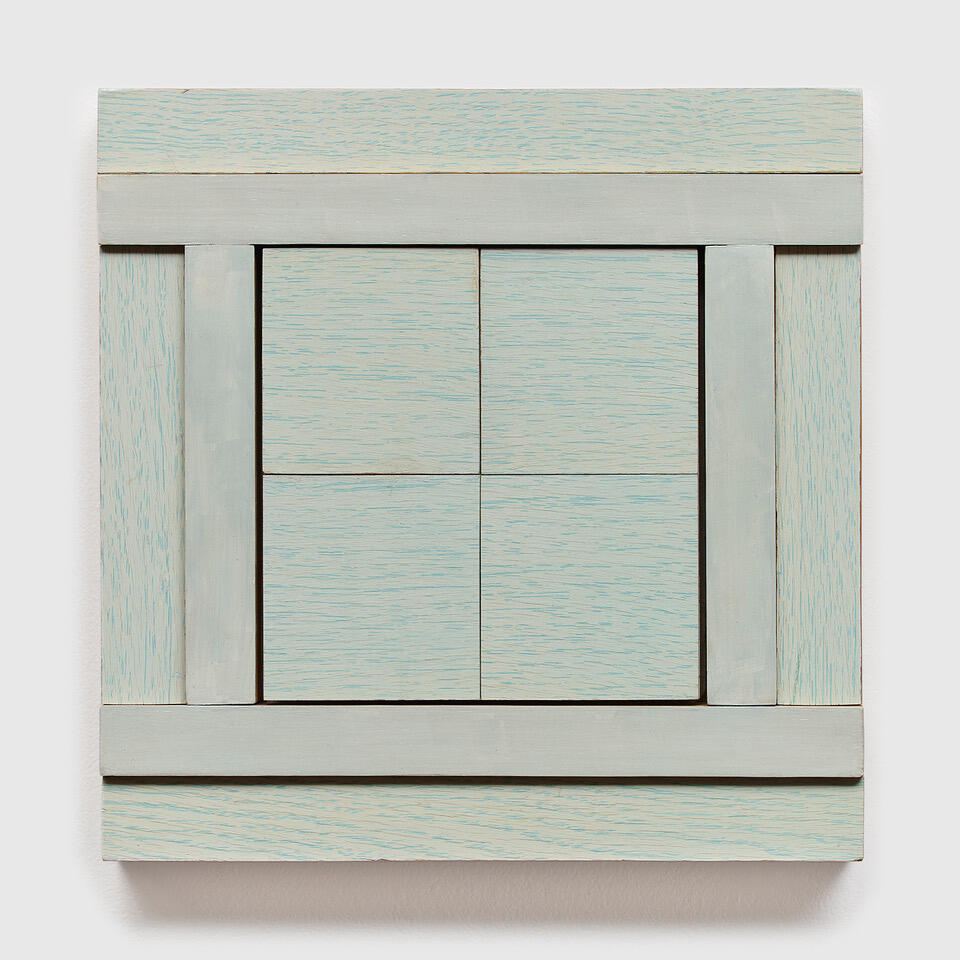
Eve Sonneman
Kelly Spalding
Nicola Staeglich
zuma
2022/26
Oil on Mylar
340 x 155 cm
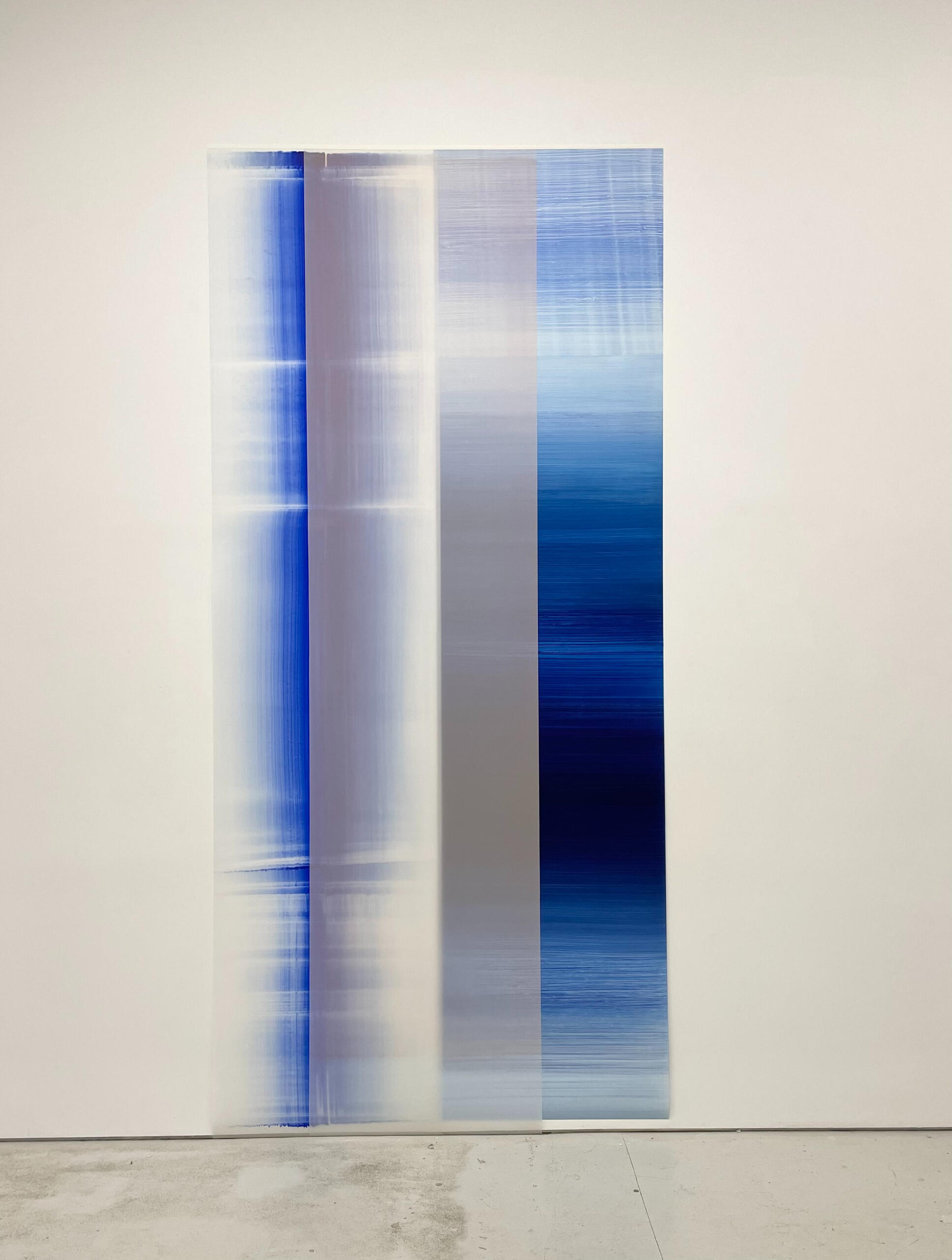
Ted Stamm
1978
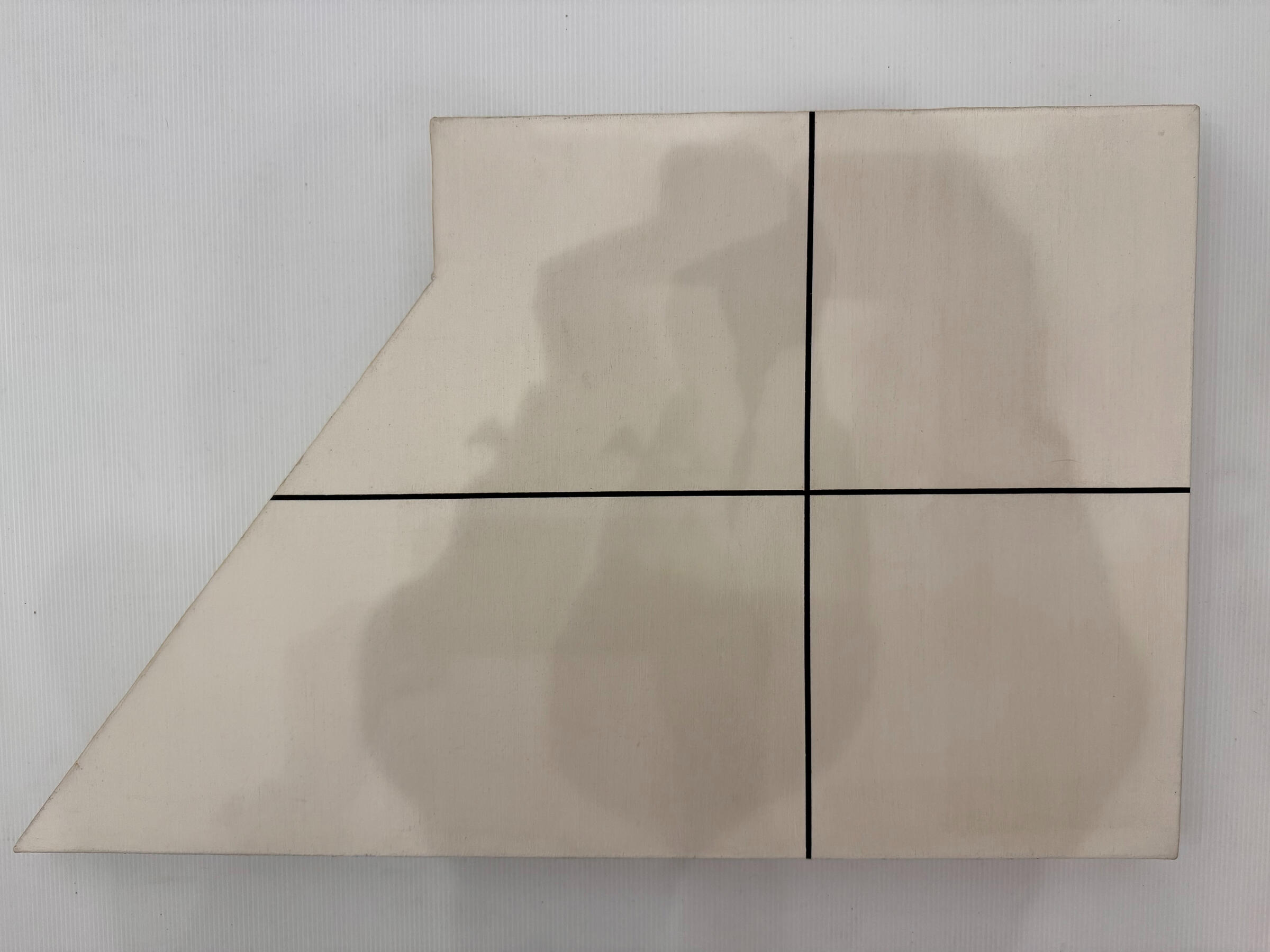
Chip Sullivan
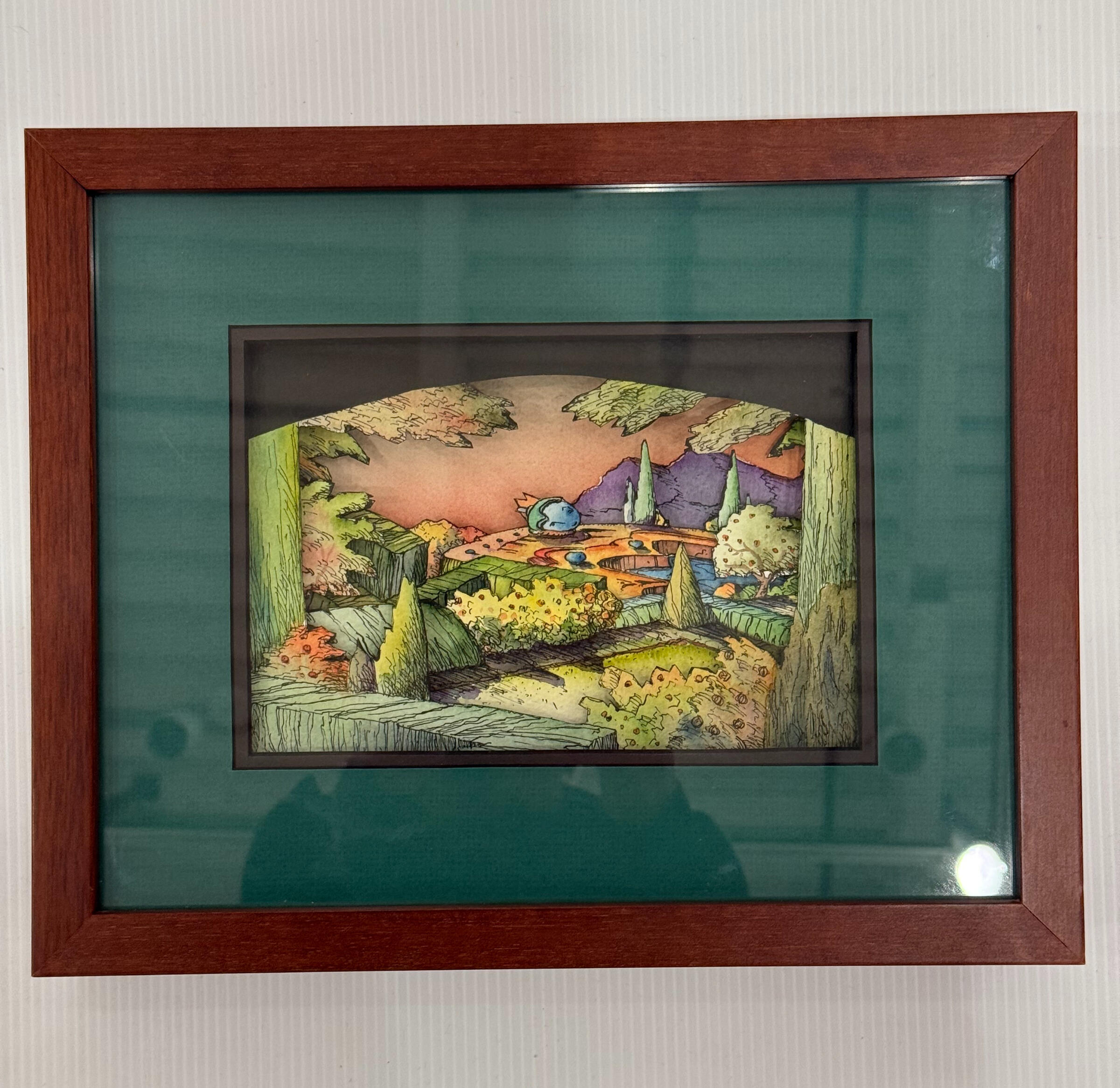
David Sullivan
Christian de Suremain
Susanna Tanger
2024
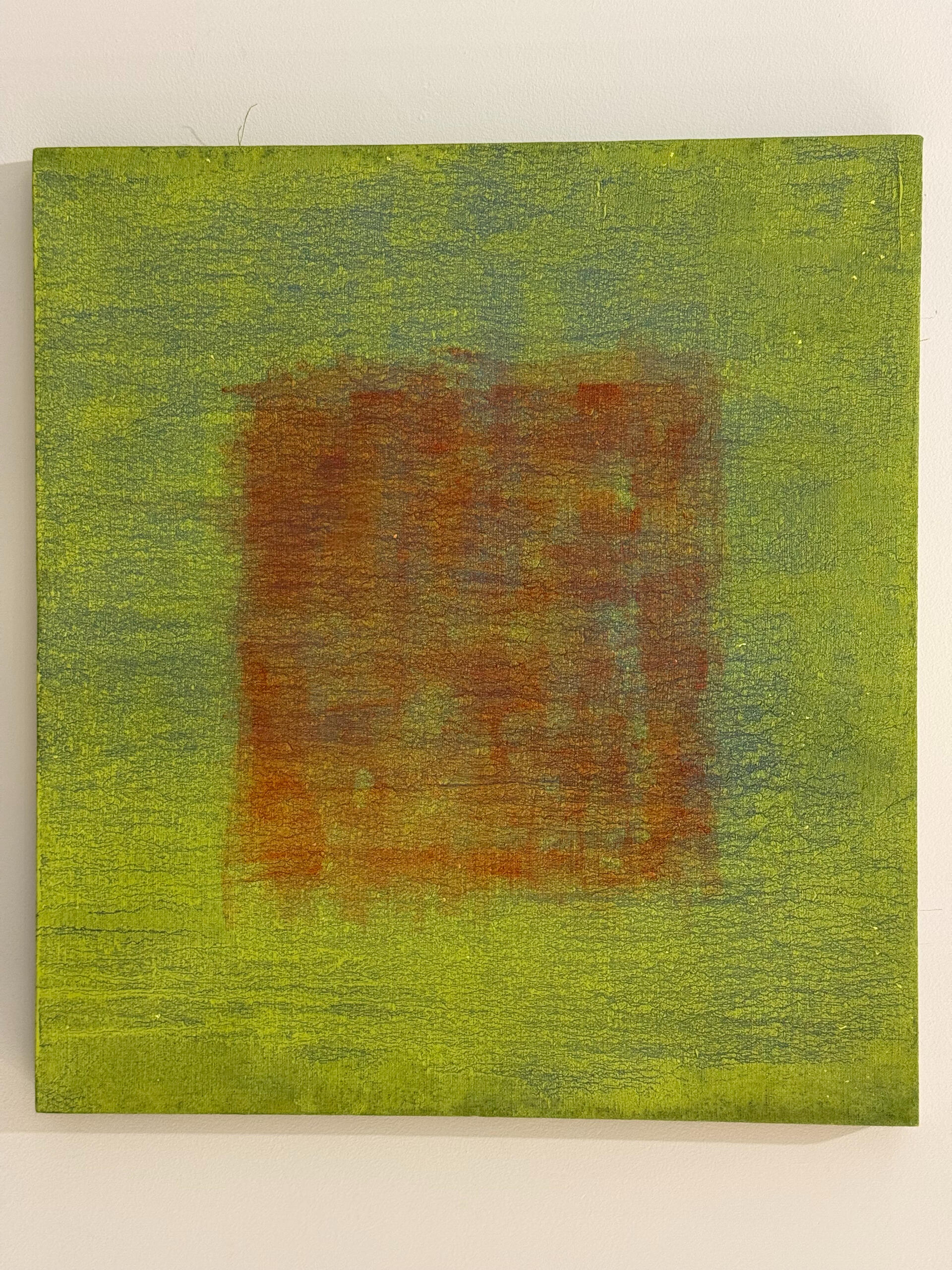
Kevin Teare
2018
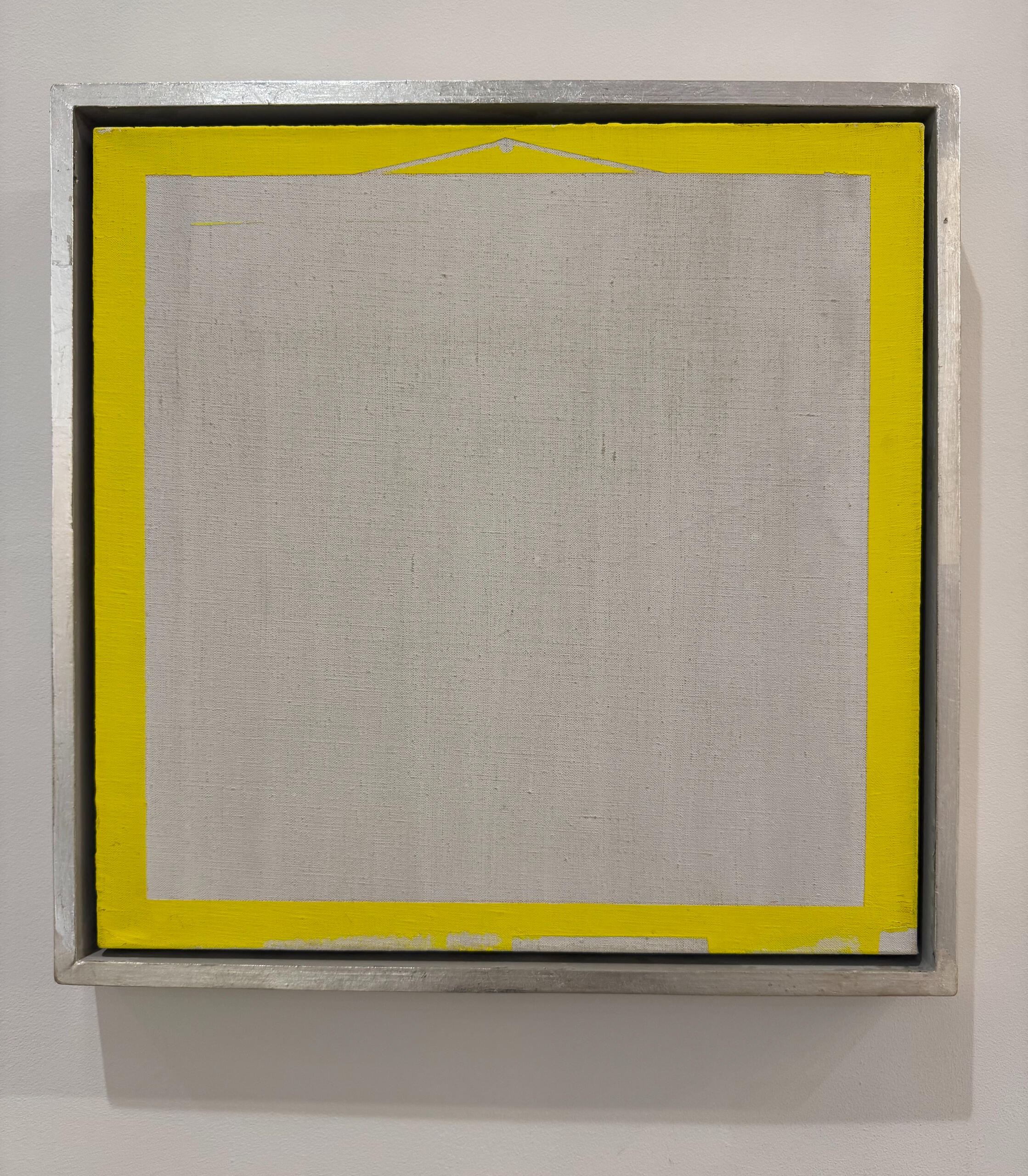
Alexis Teplin
2020
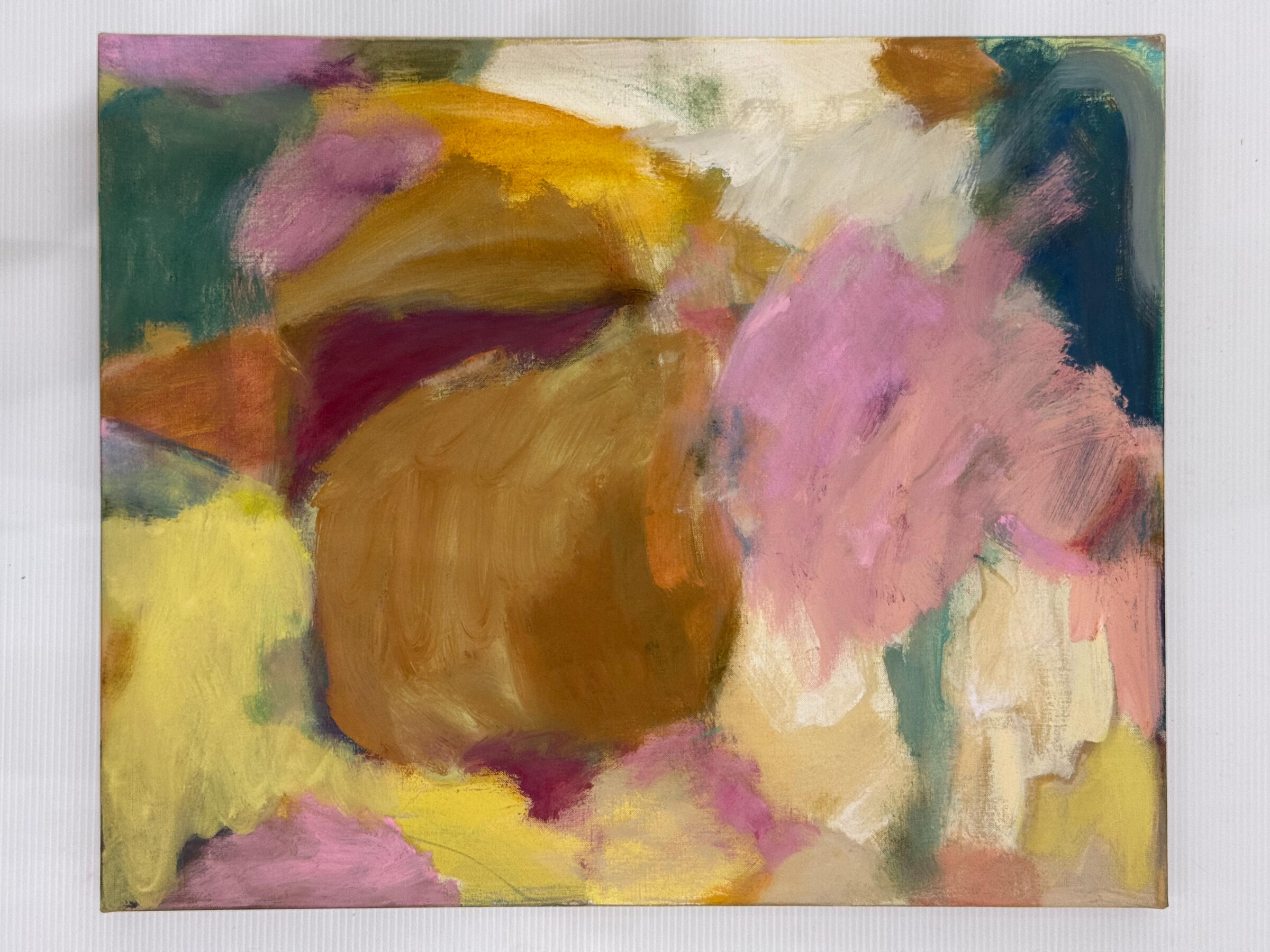
Gwenn Thomas
Julius Tobias
Richard Tobias

Ryan Tomcho
2024

Shirley Tse
Mixed media collageStakeholder Double Erasure, 20239" x 11"
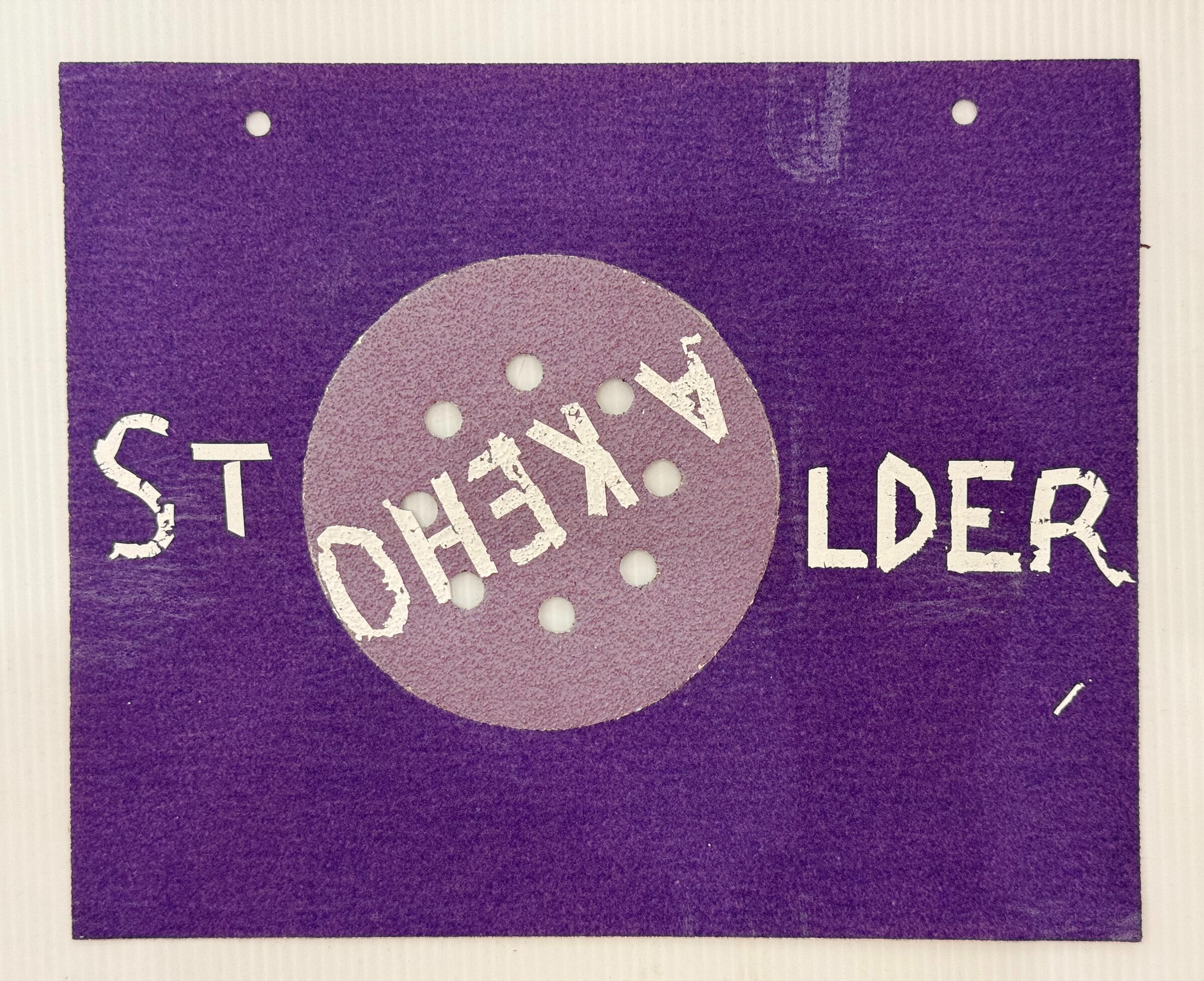
Kim Uchiyama
Alan Uglow
Lynn Umlauf
Alexander Viscio
Susan Kaiser Vogel
Jean Vong
Merrill Wagner
Dog Ear
Rust-preventive paint on steel
26 1/2" x 27"
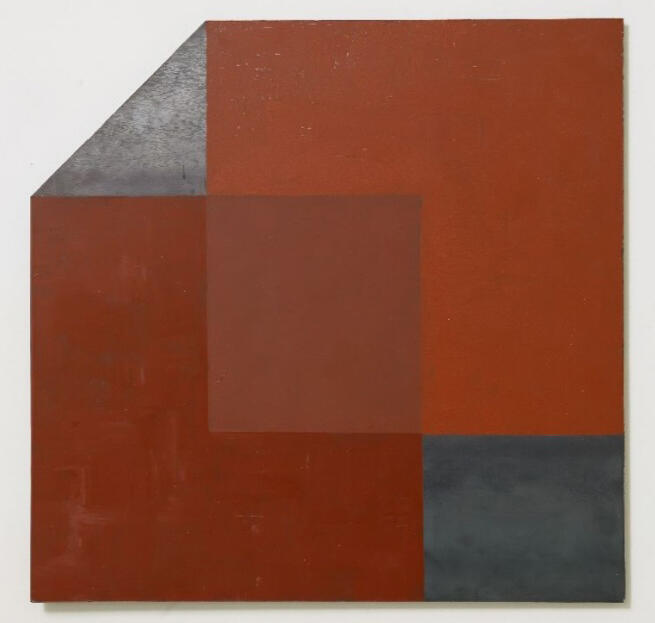
Joan Waltemath
Tom Weaver
Dawson Weber
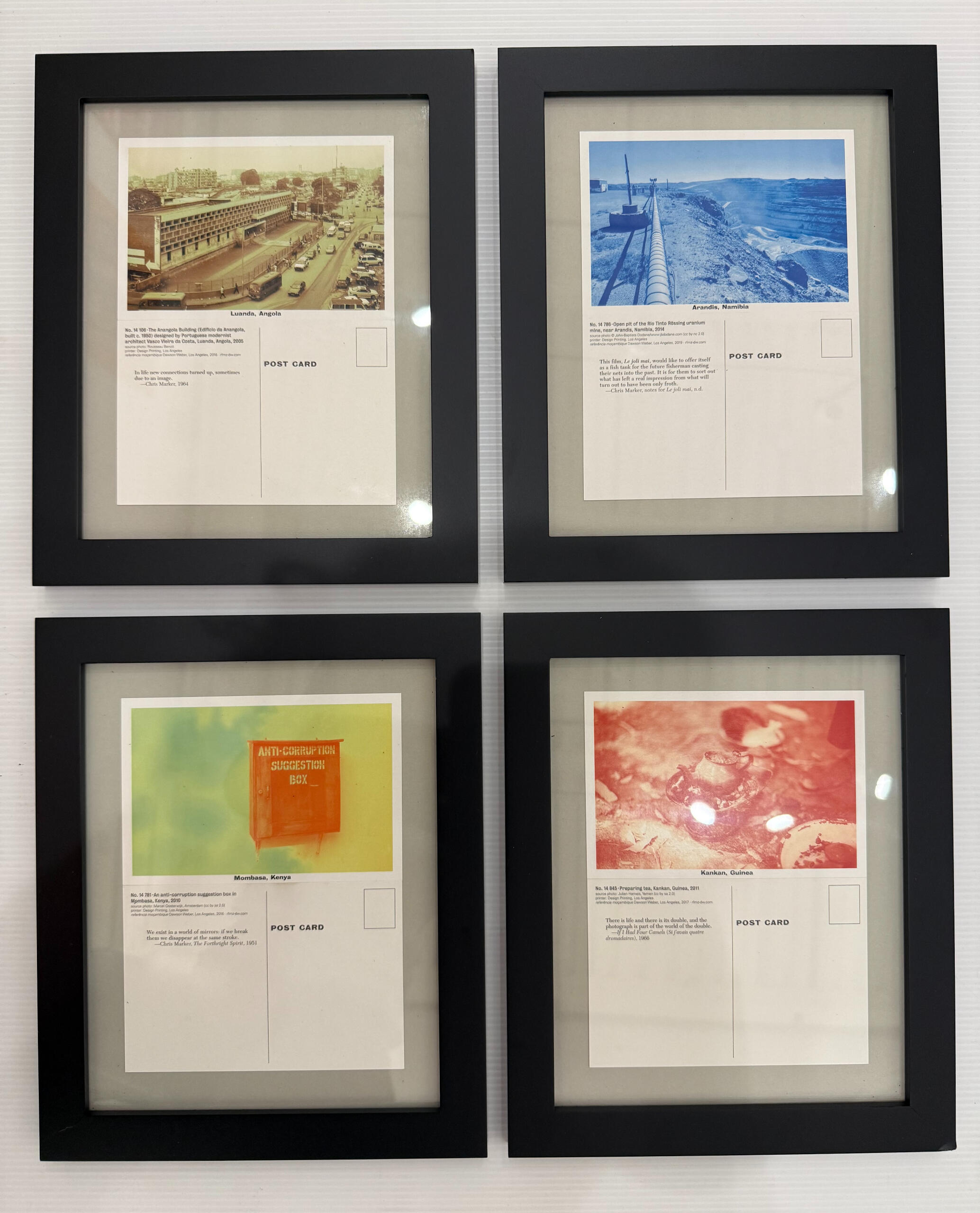
Lilly Wei
Jerry Wellman
Intimate spaces opening into the vastness
16.5x22.5"
monoprint/watercolor.
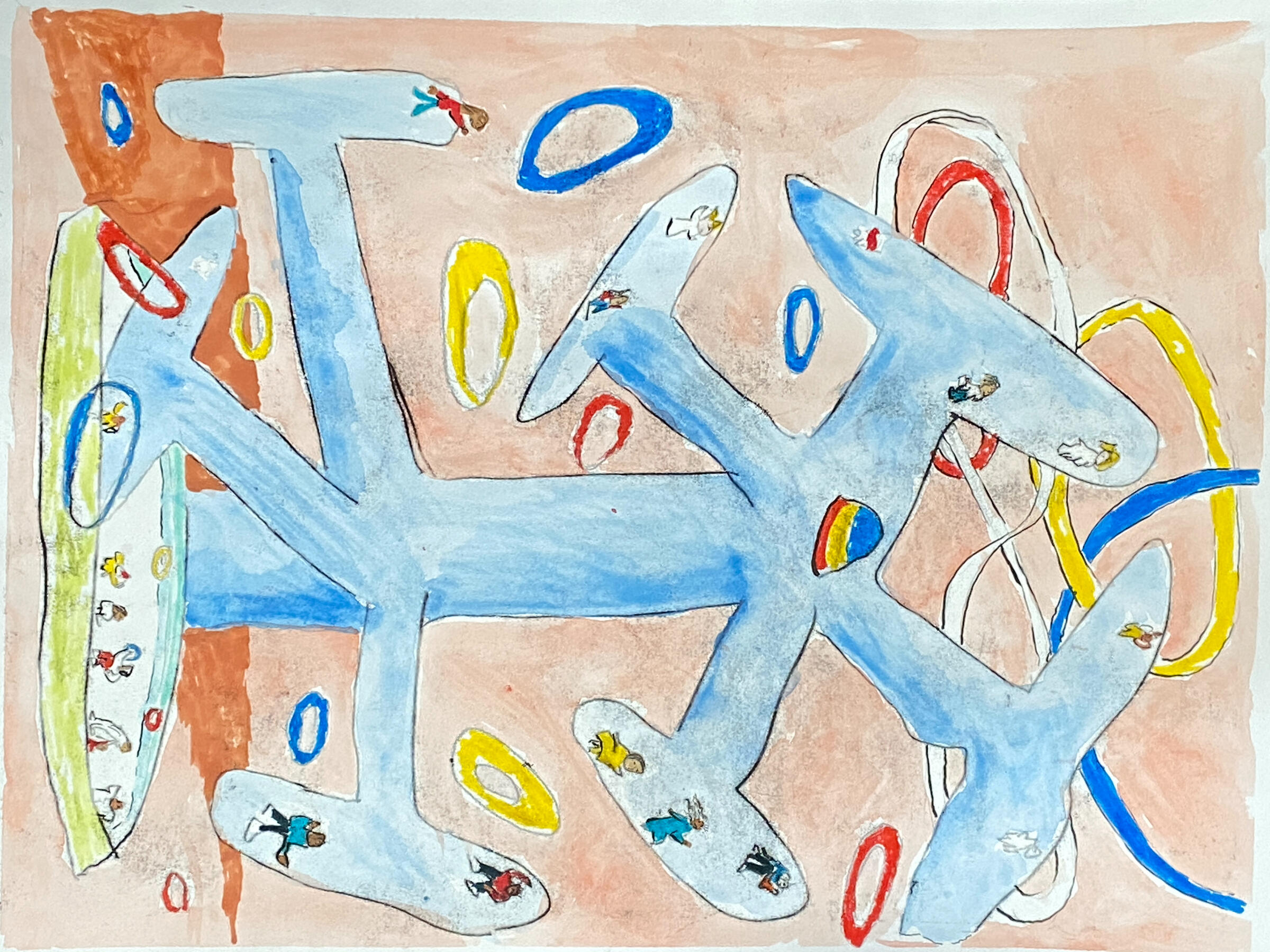
Thomas West
Mia Westerlund
Stephen Westfall
Hannah Wilke
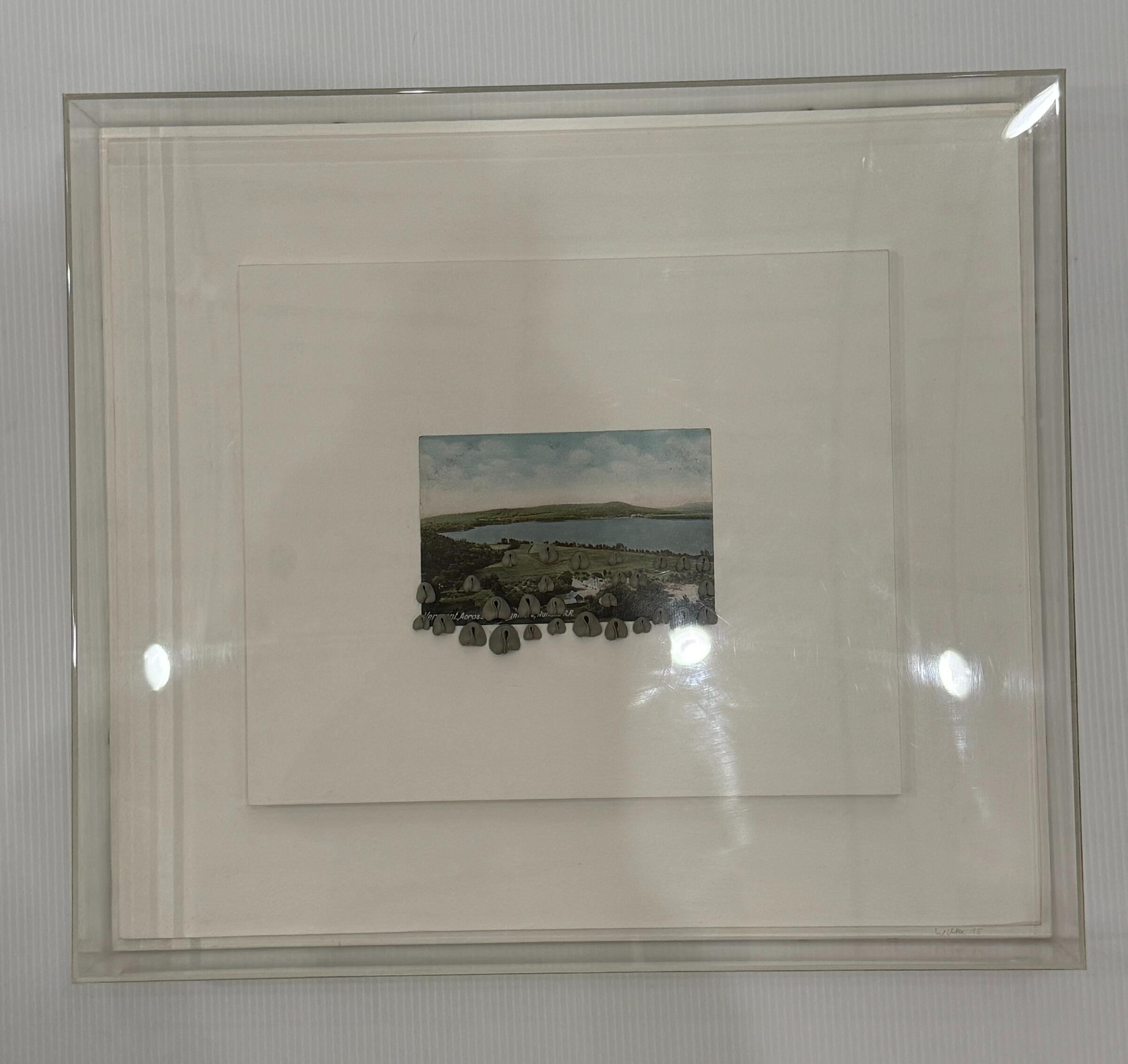
Mark Williams
Robert Yasuda
